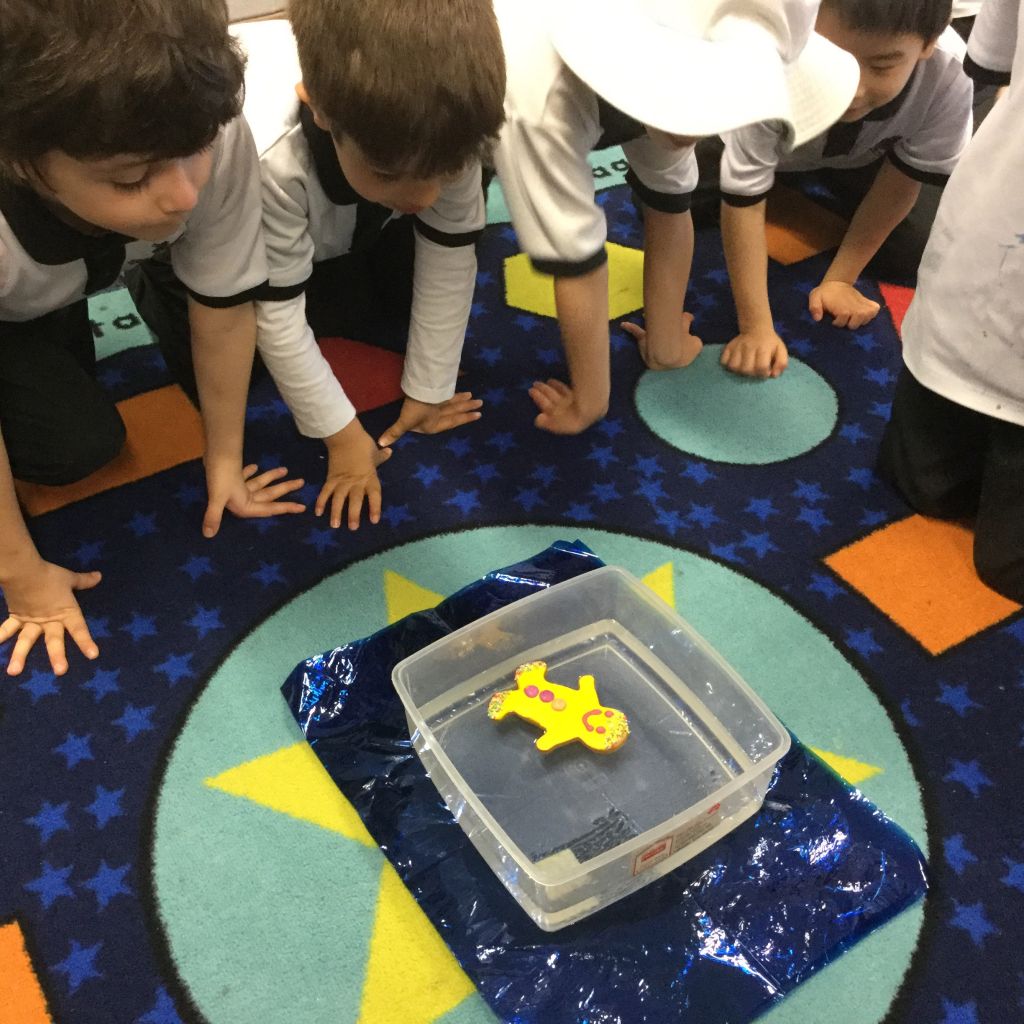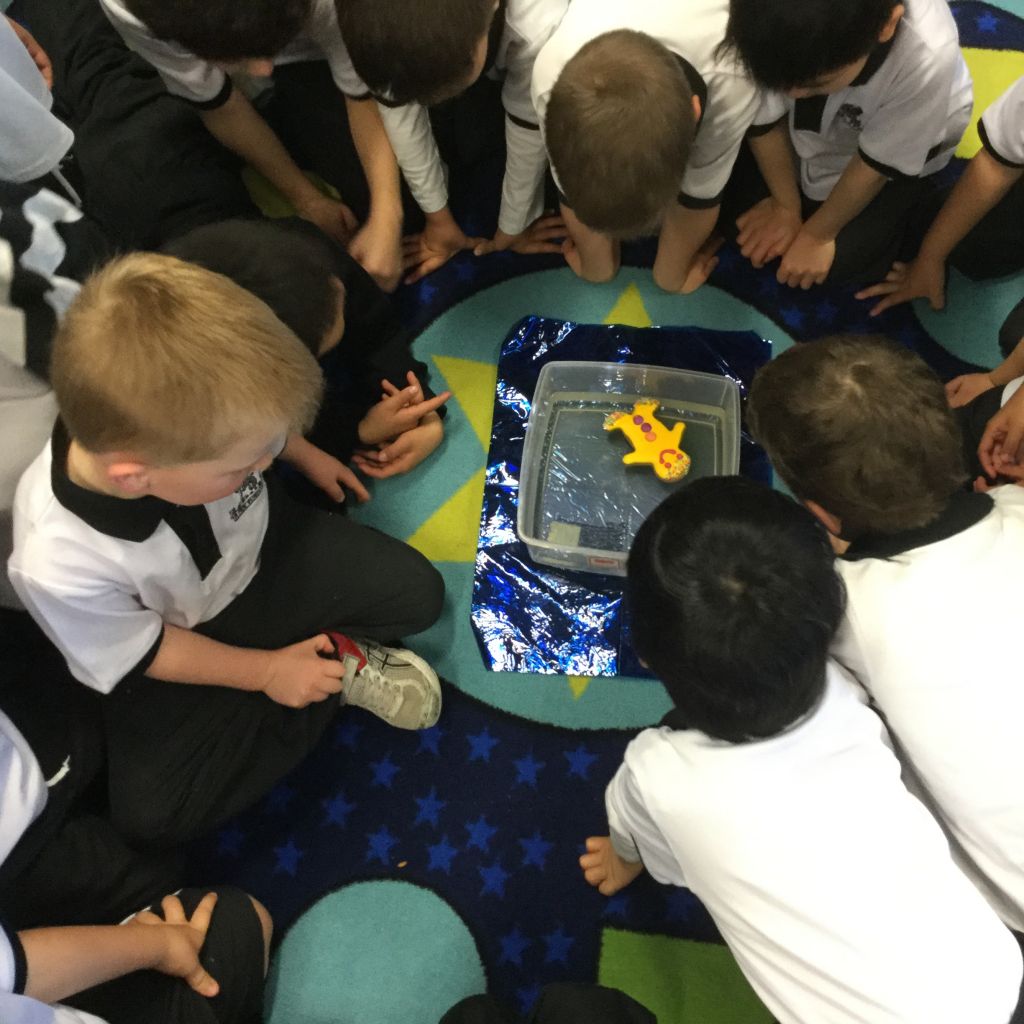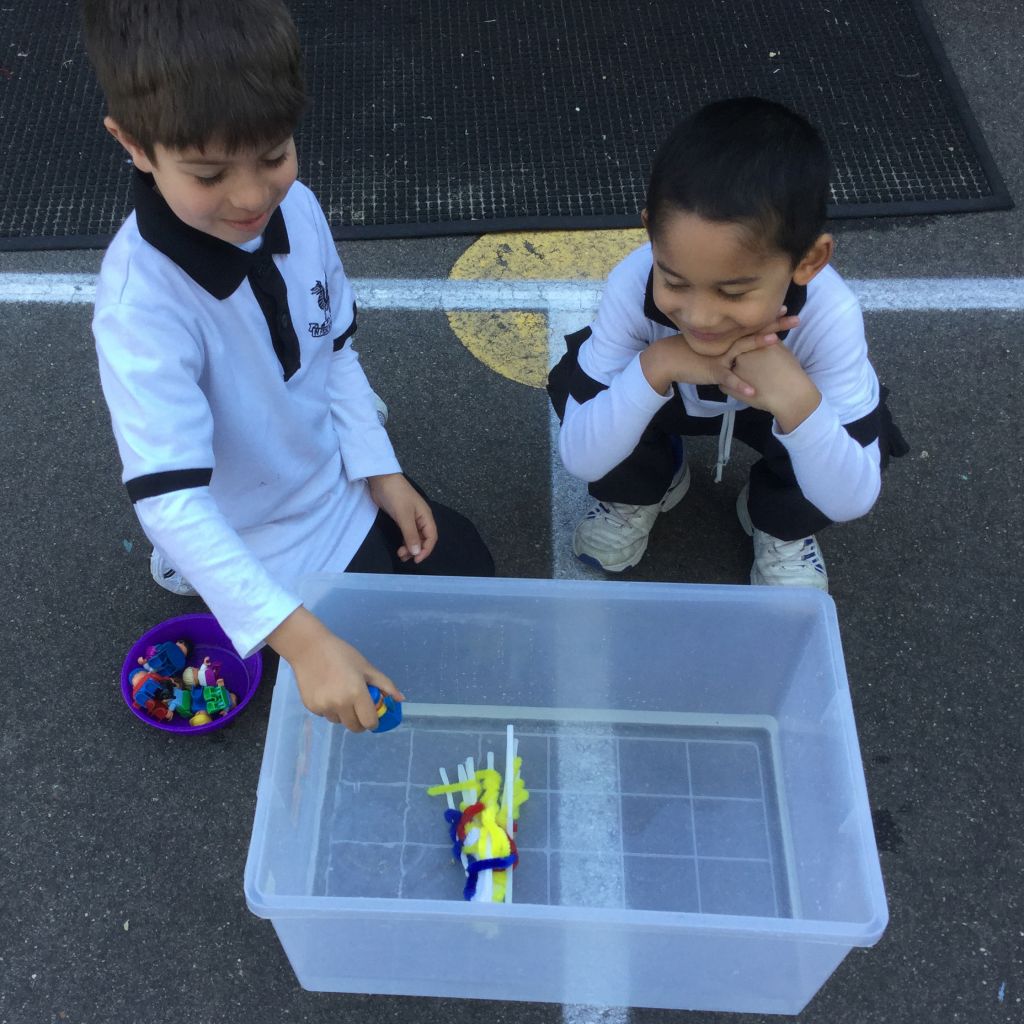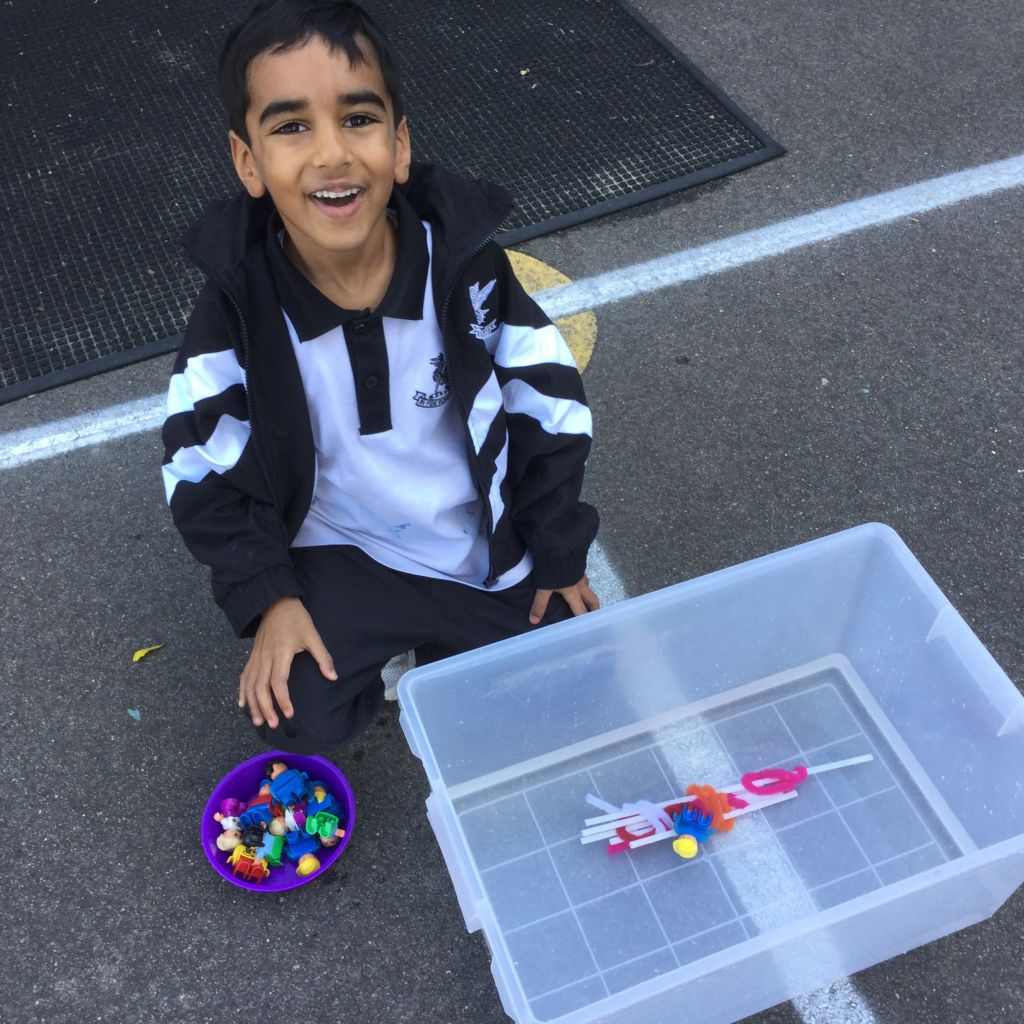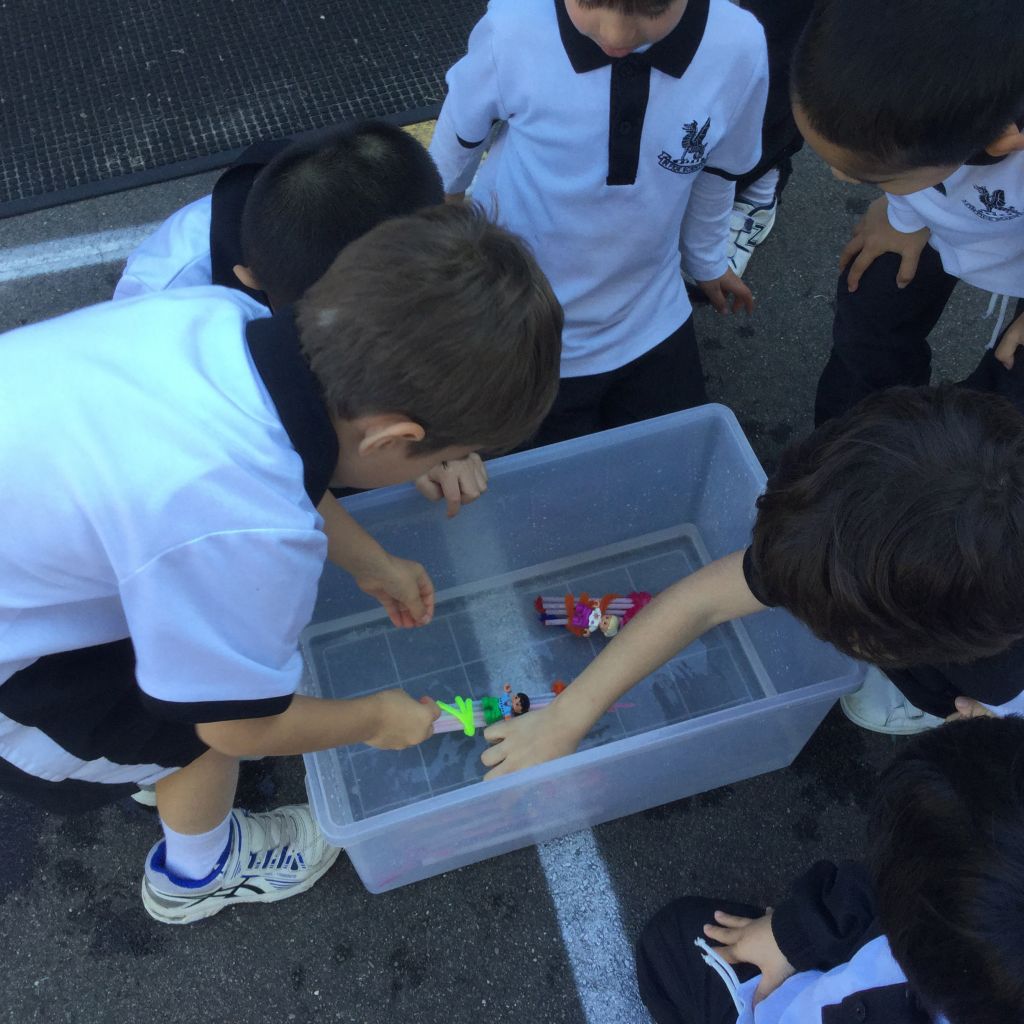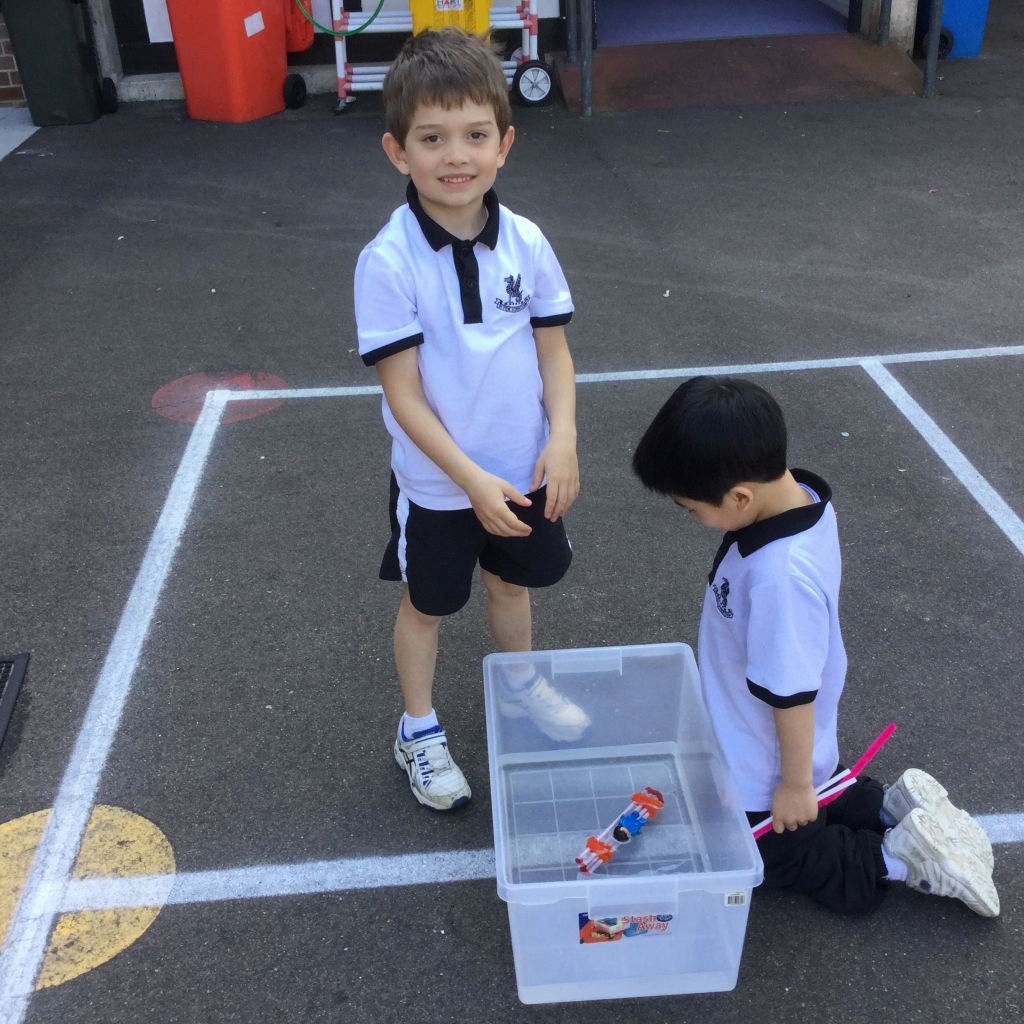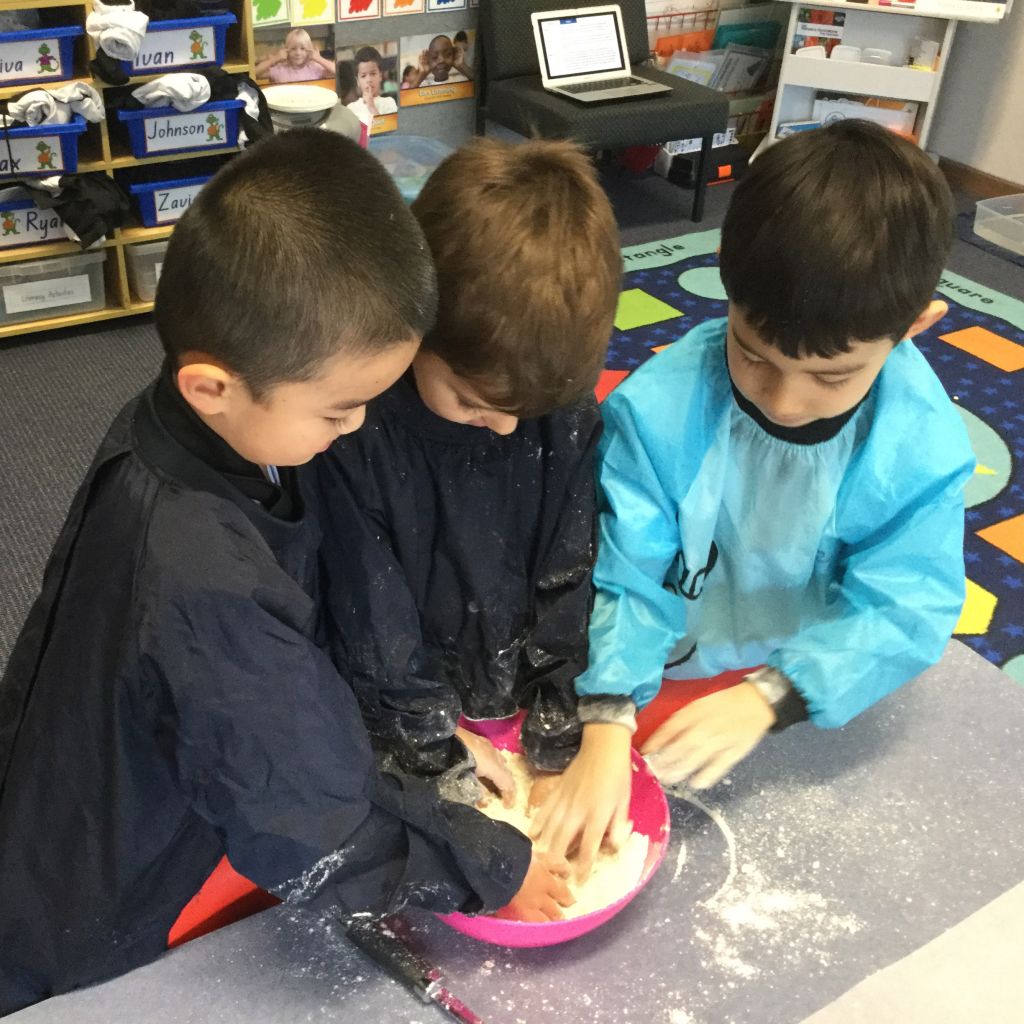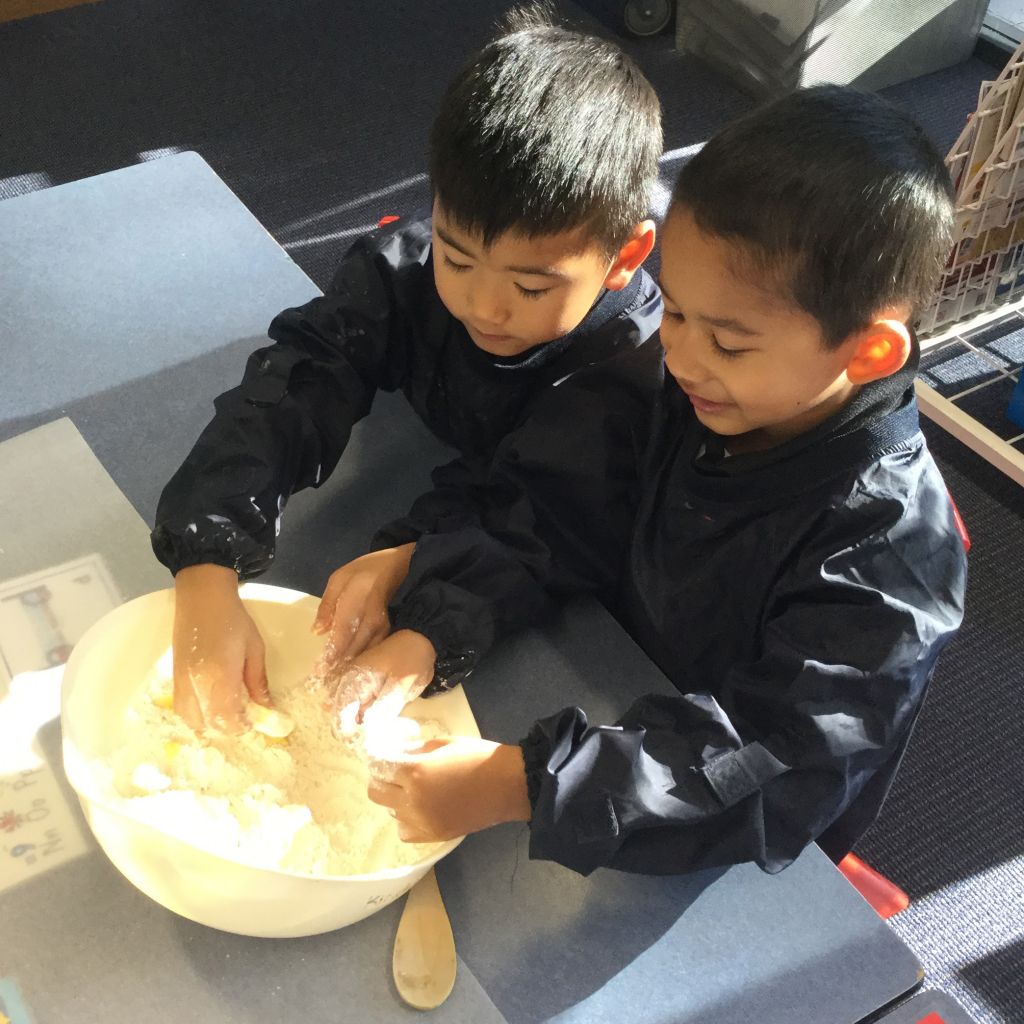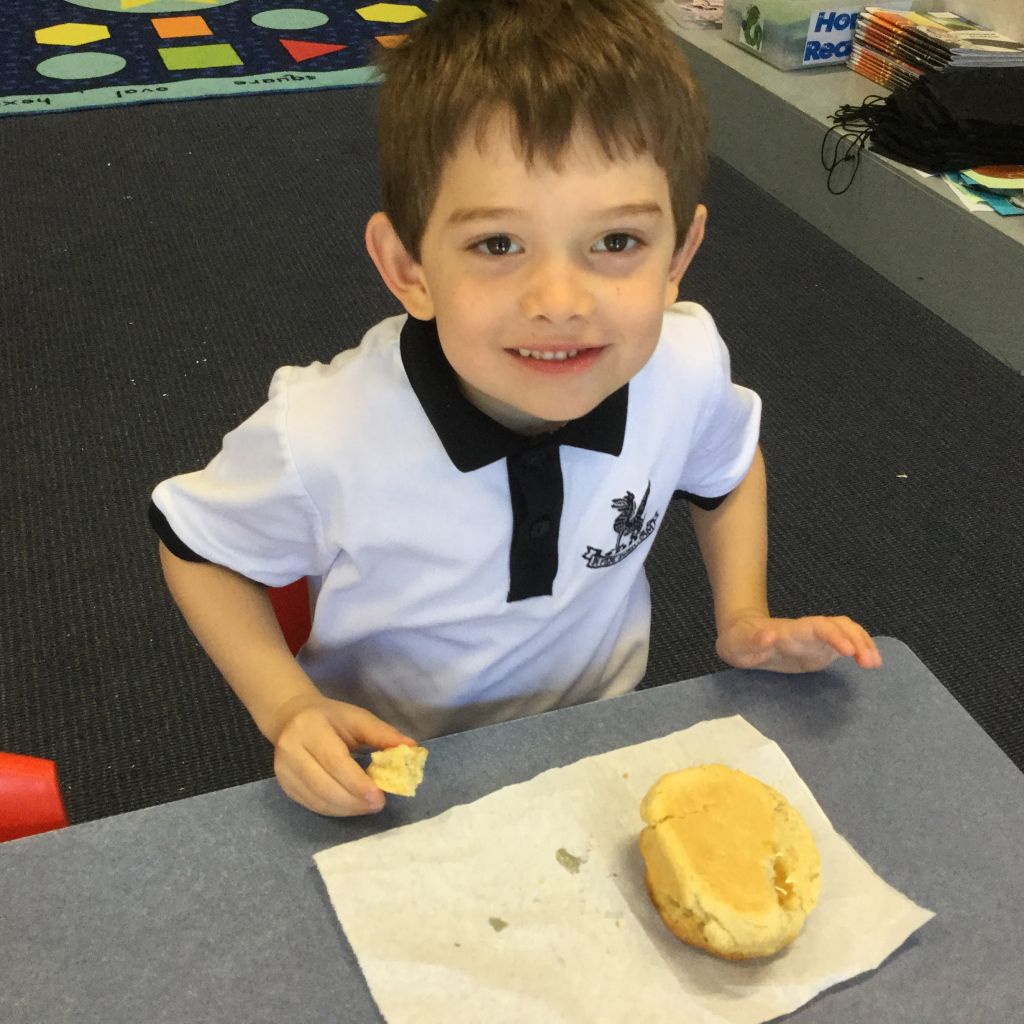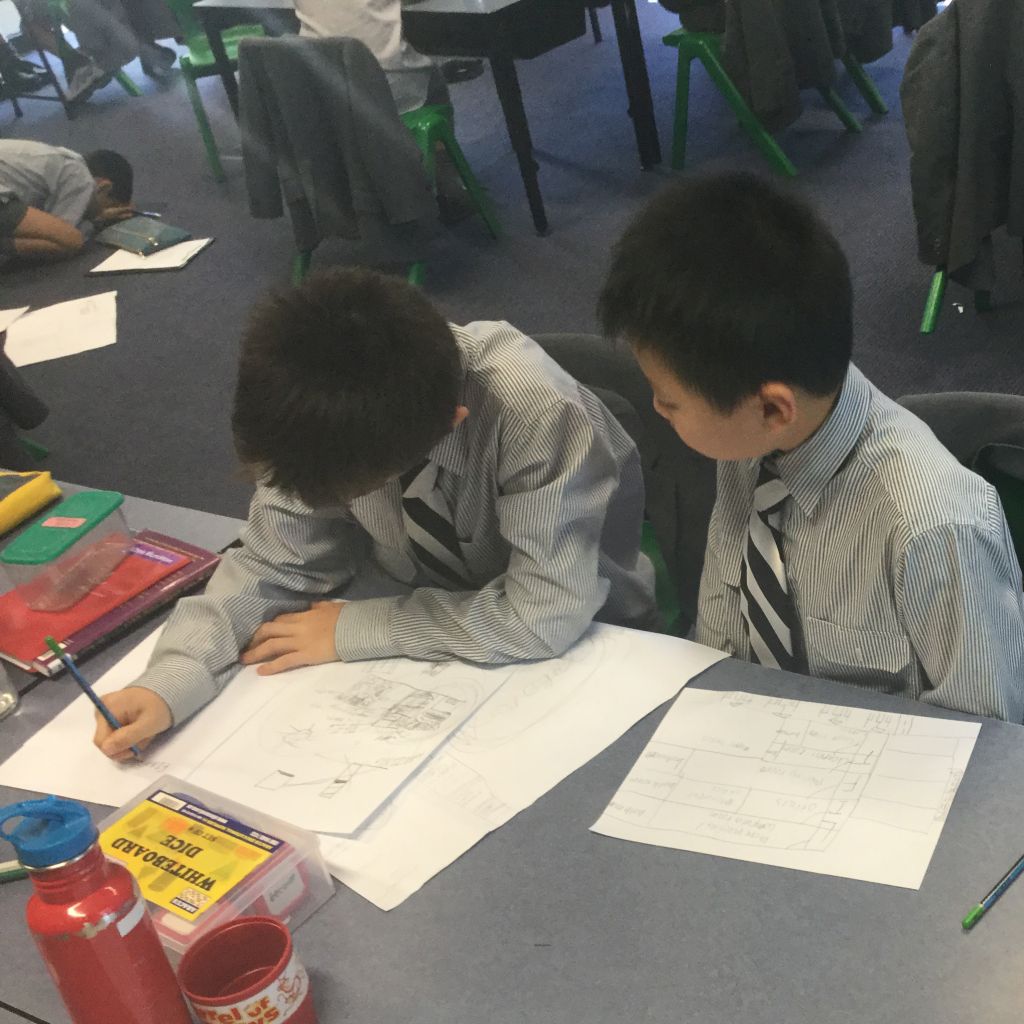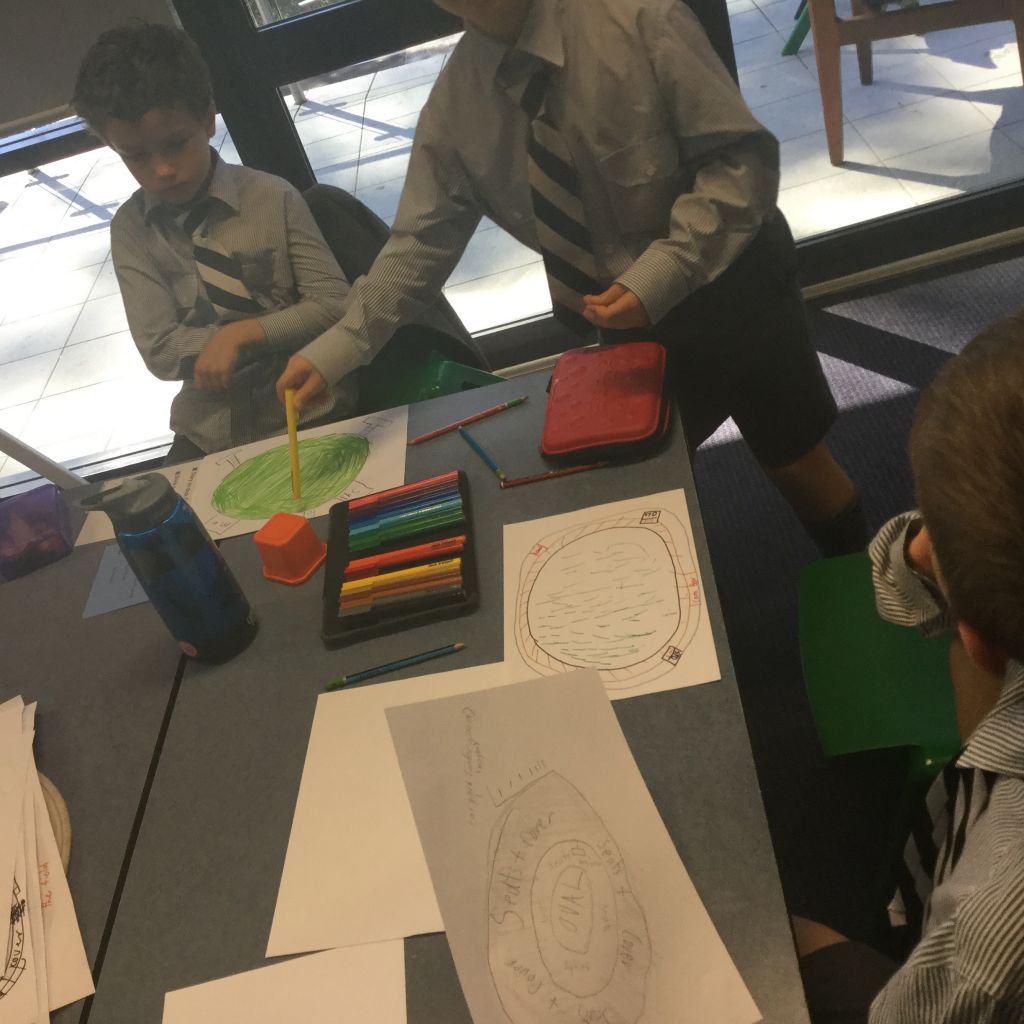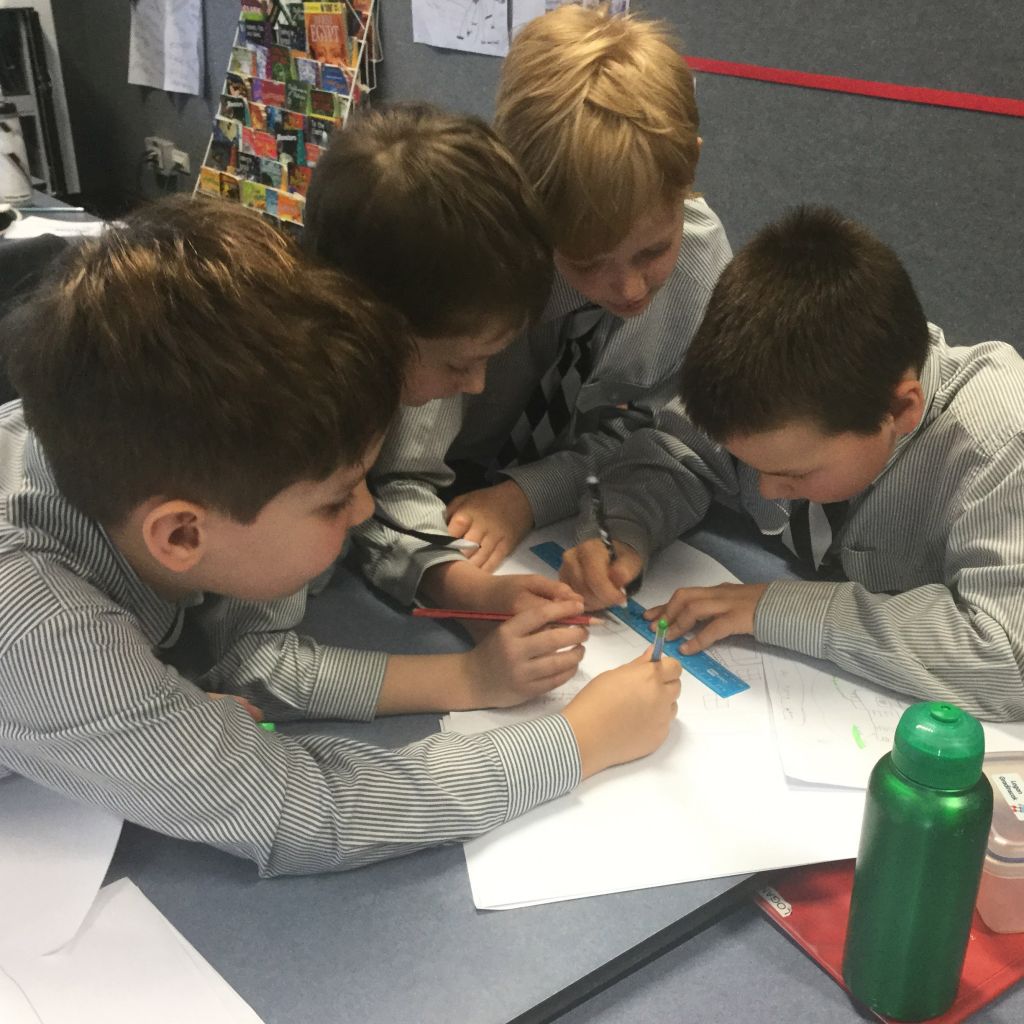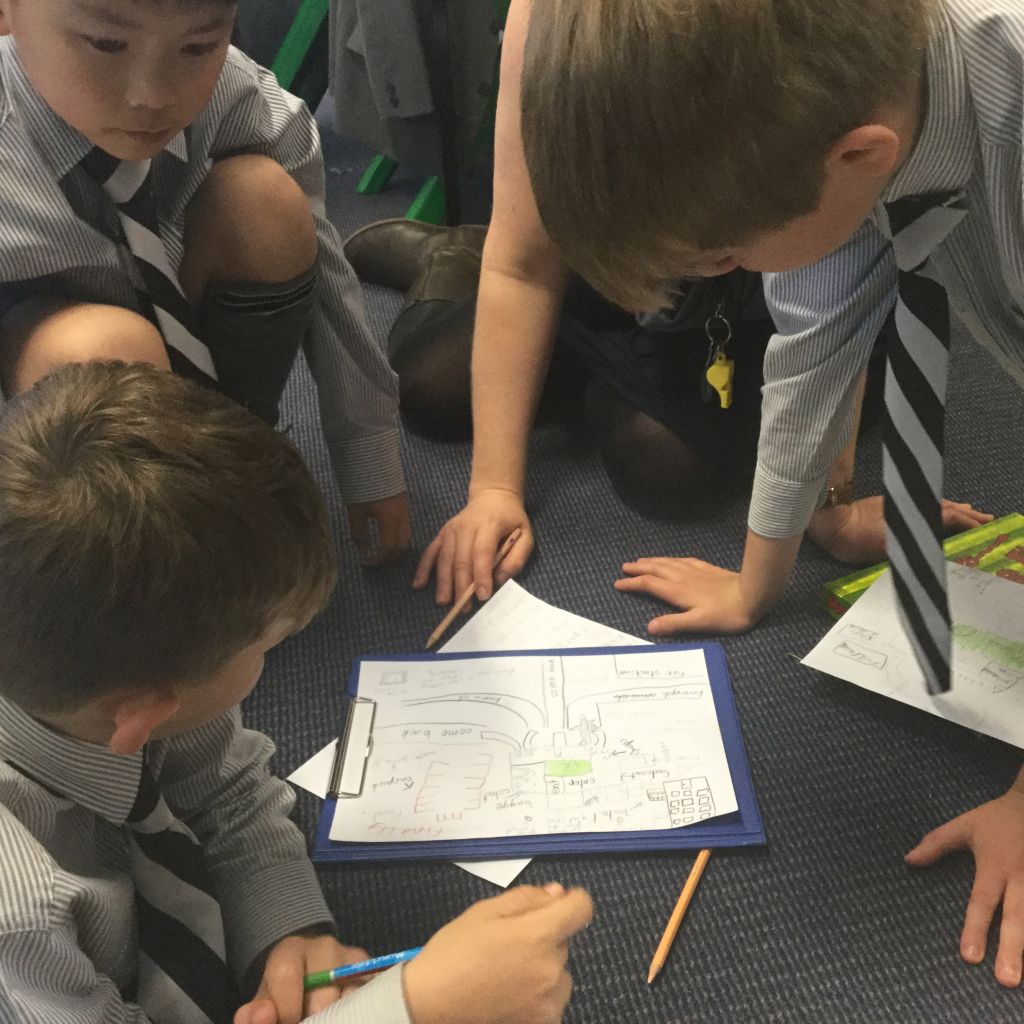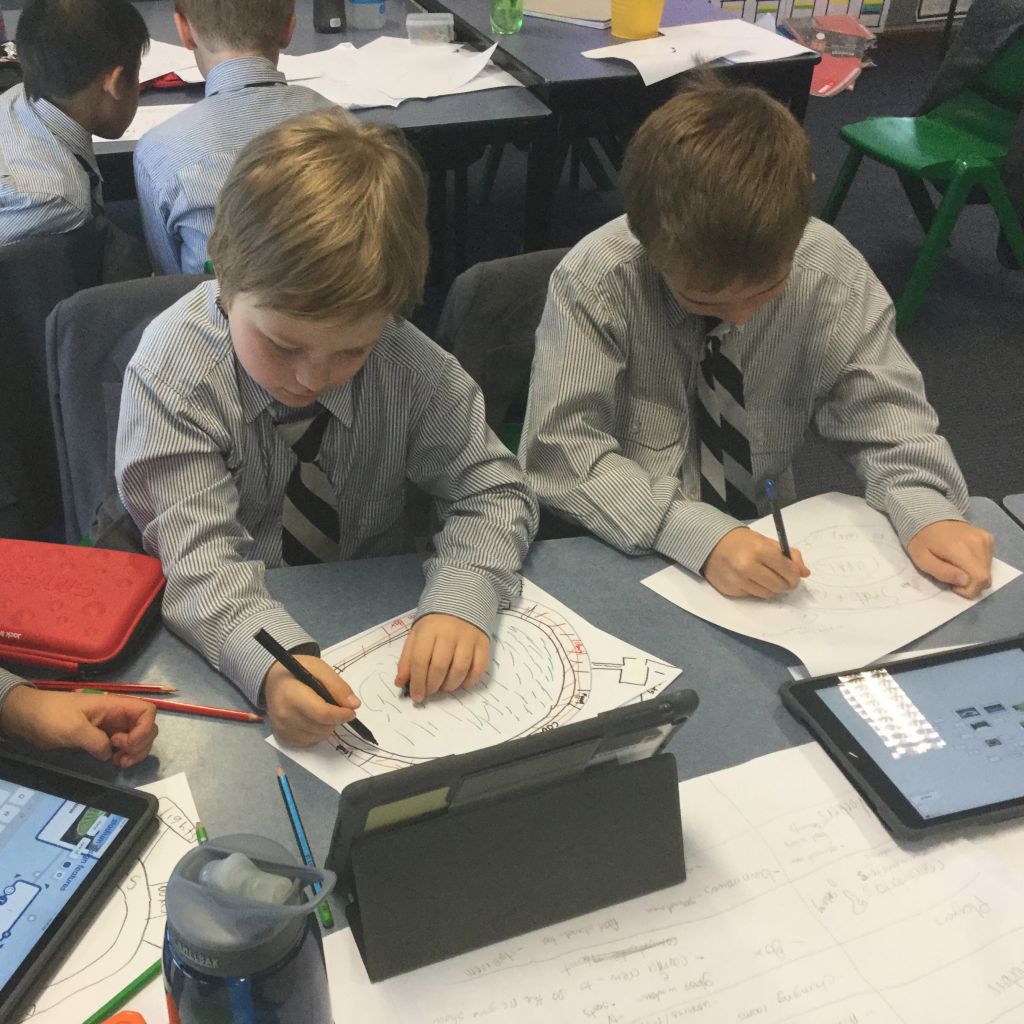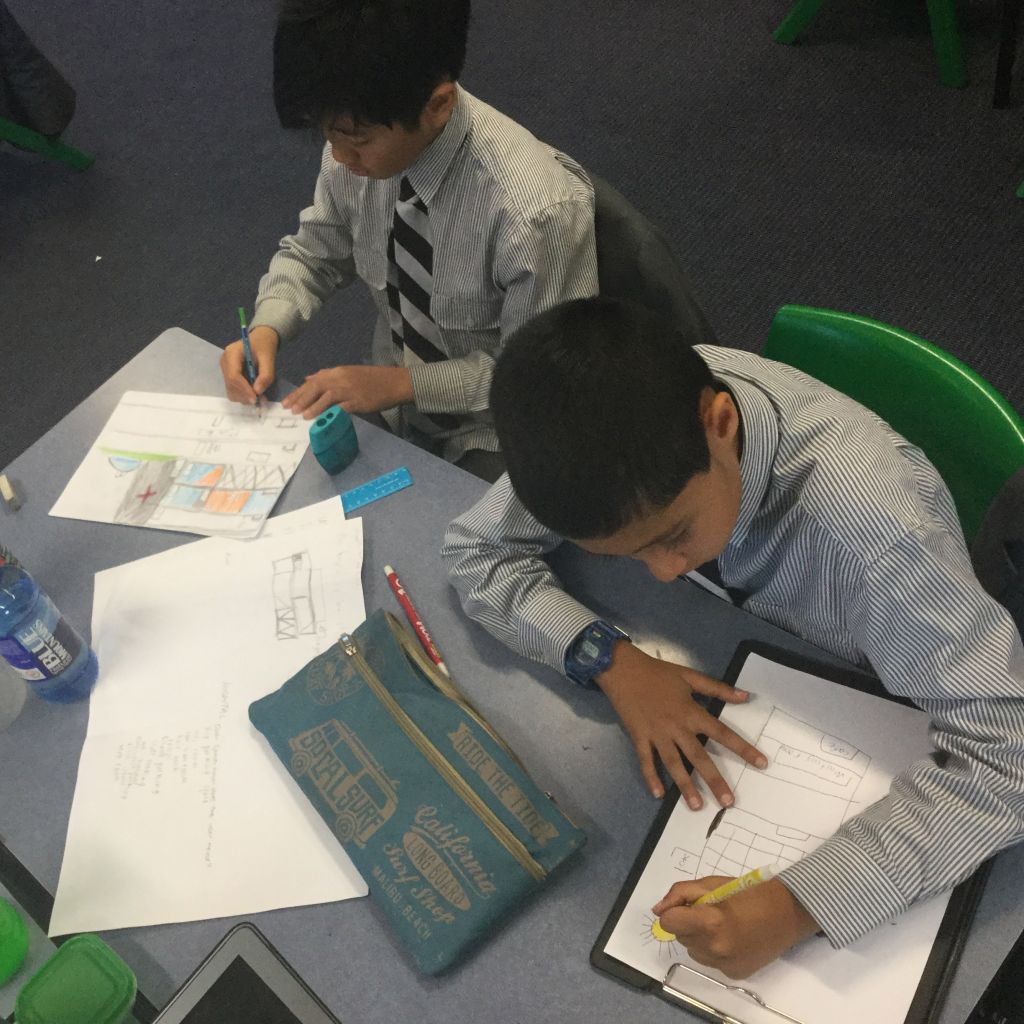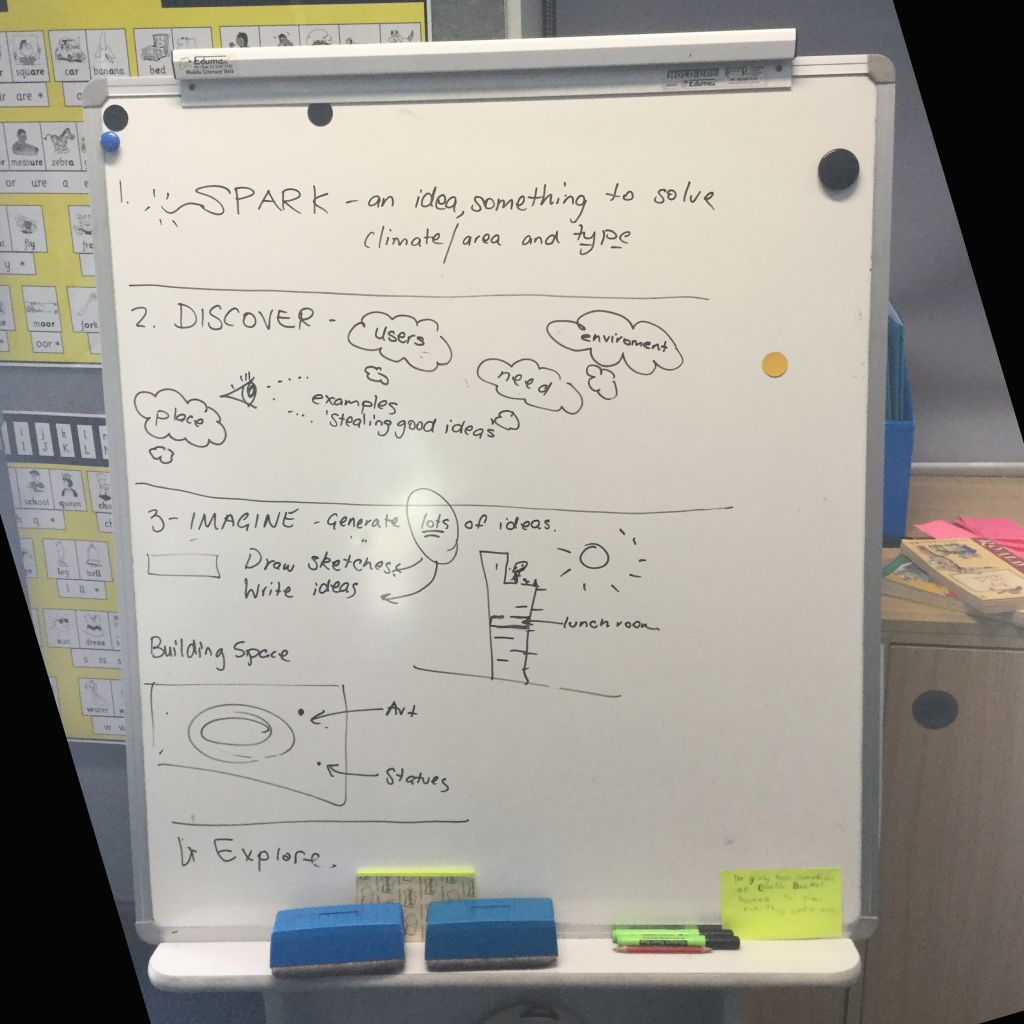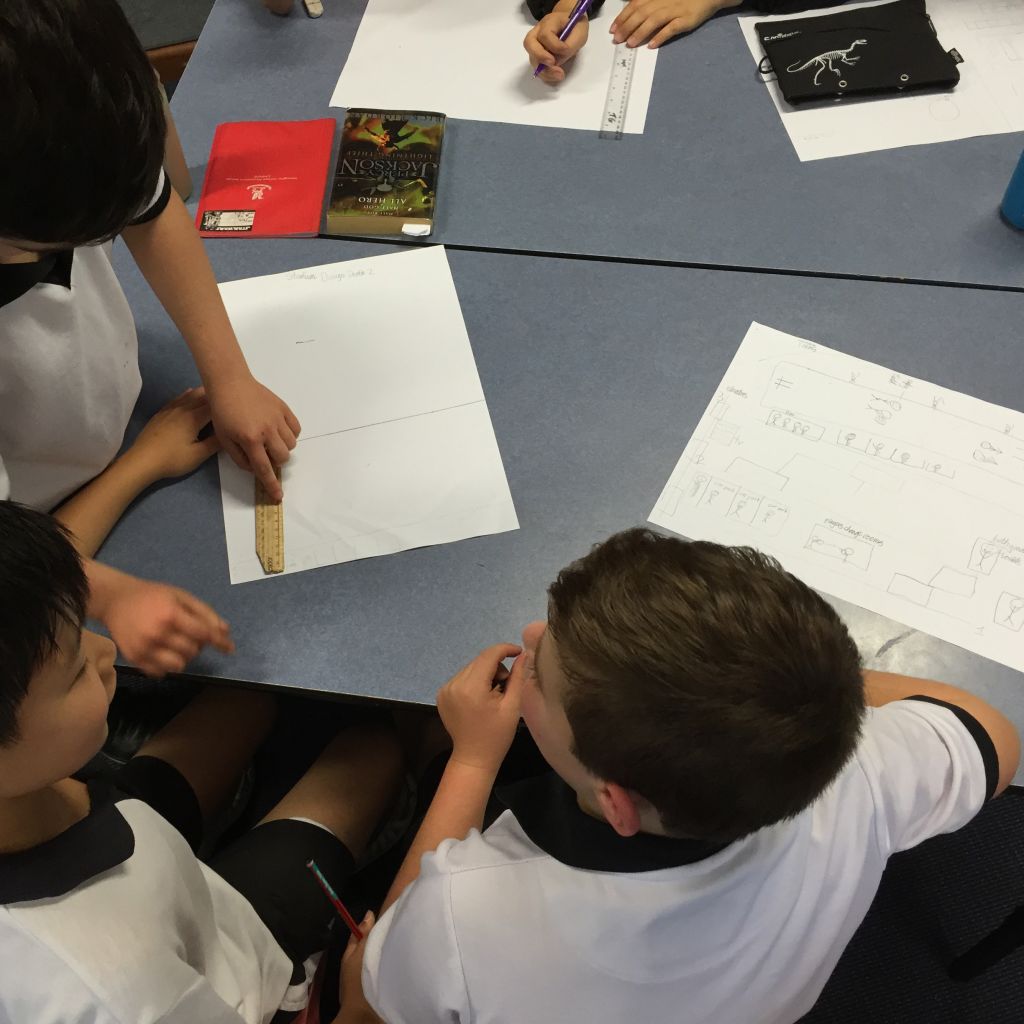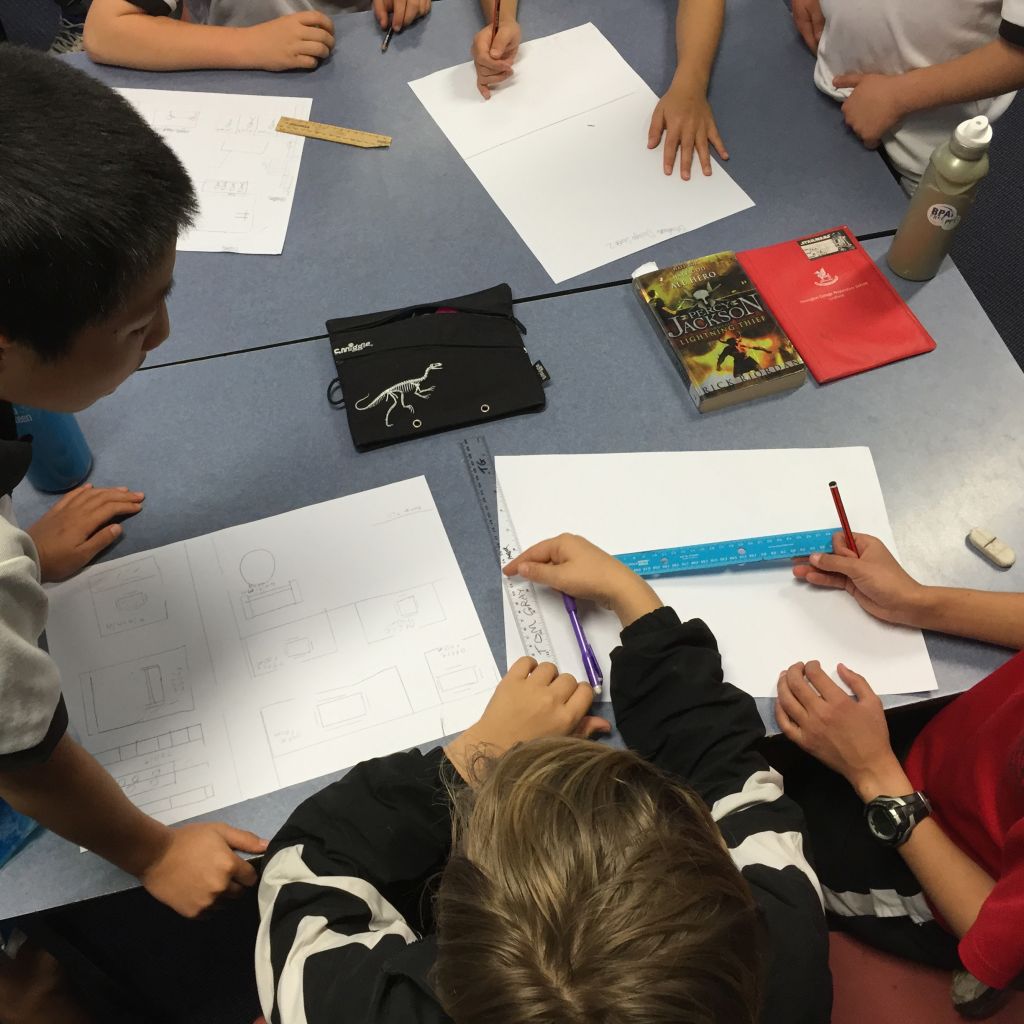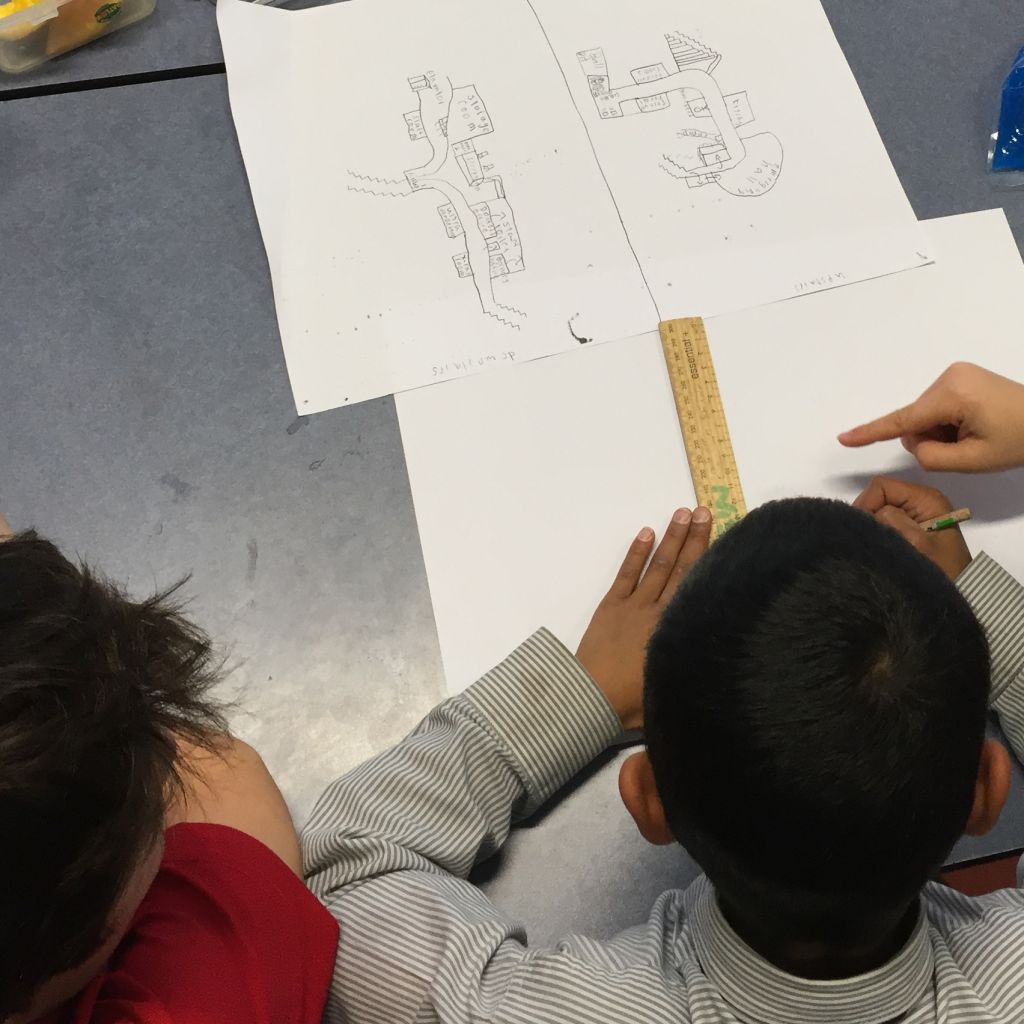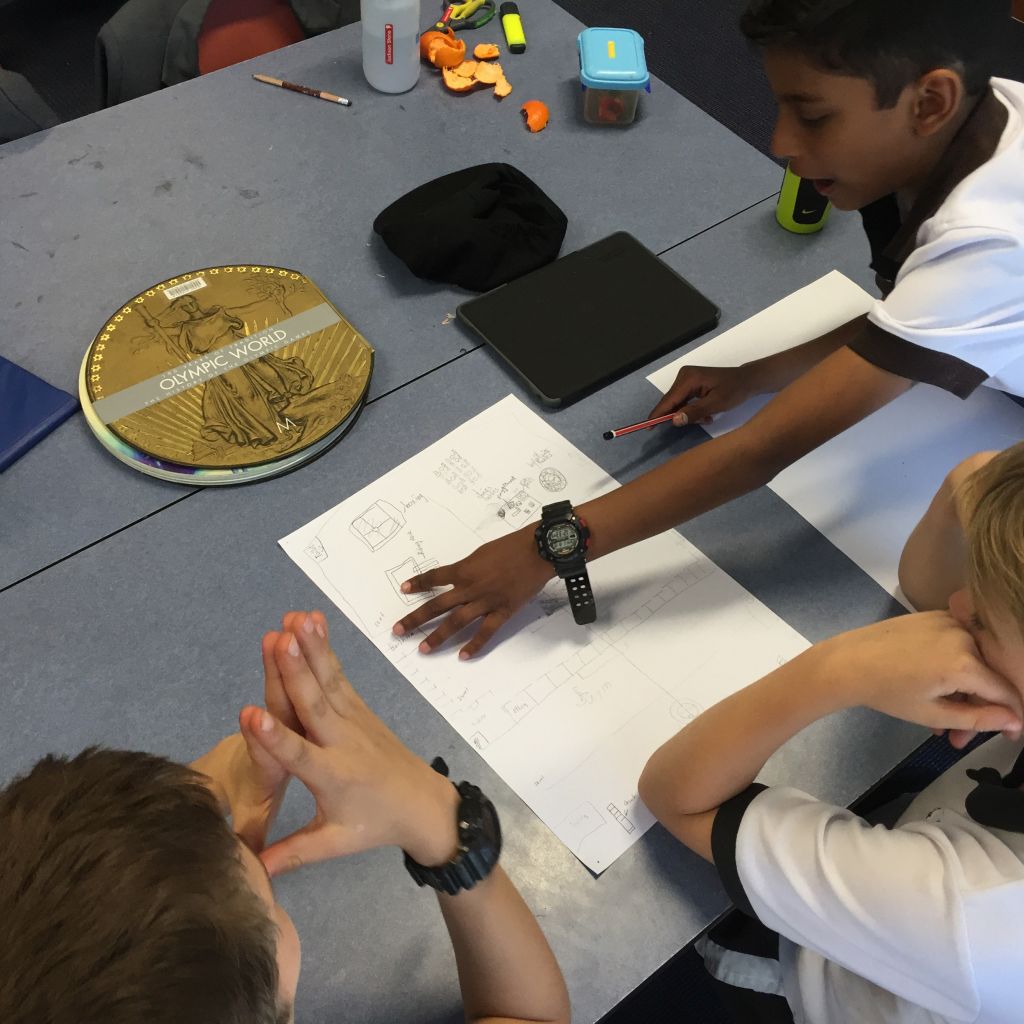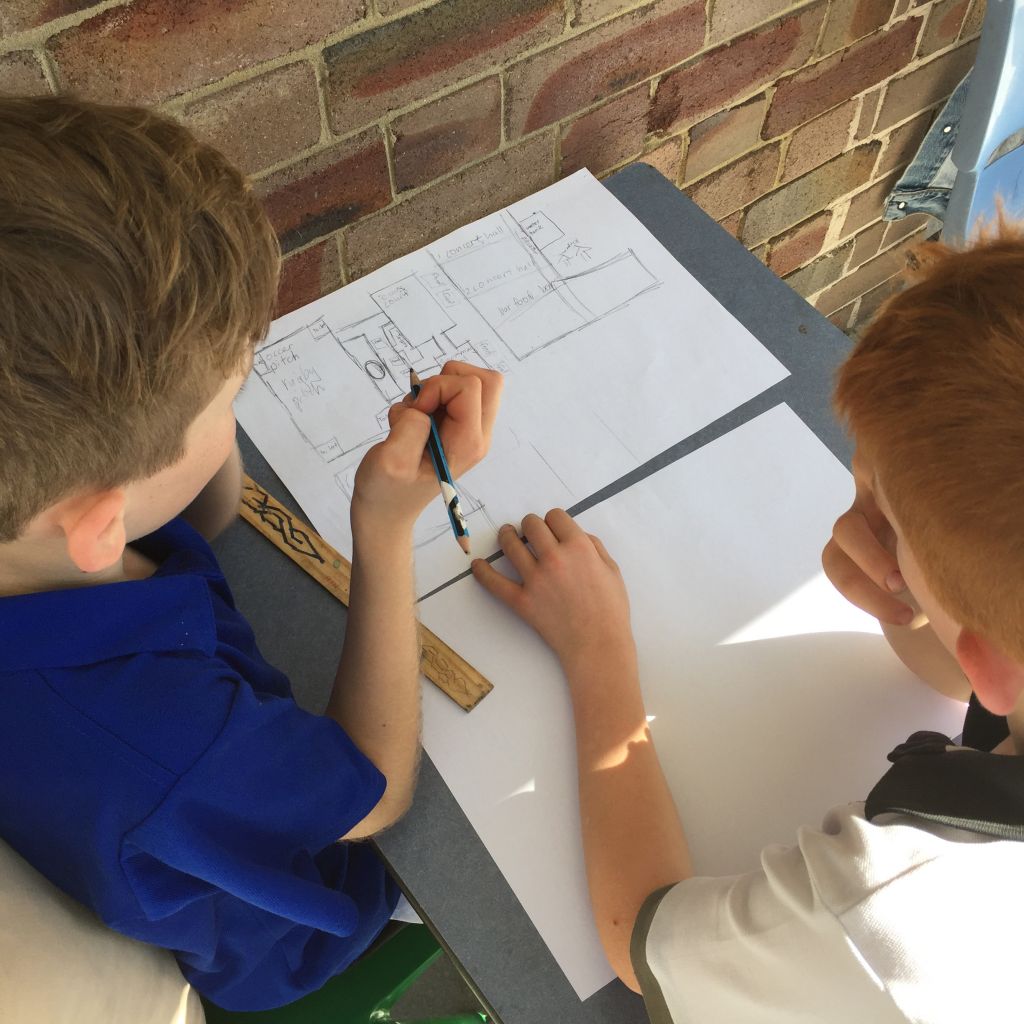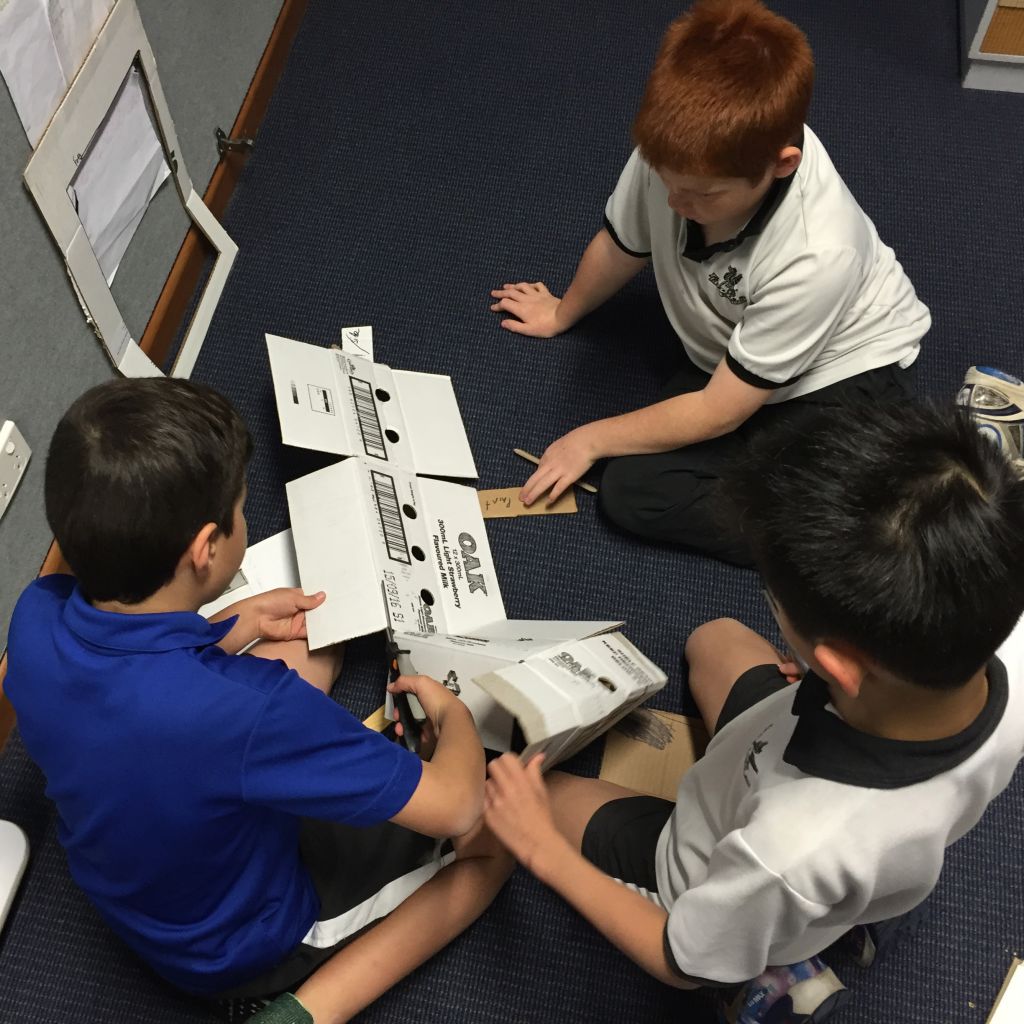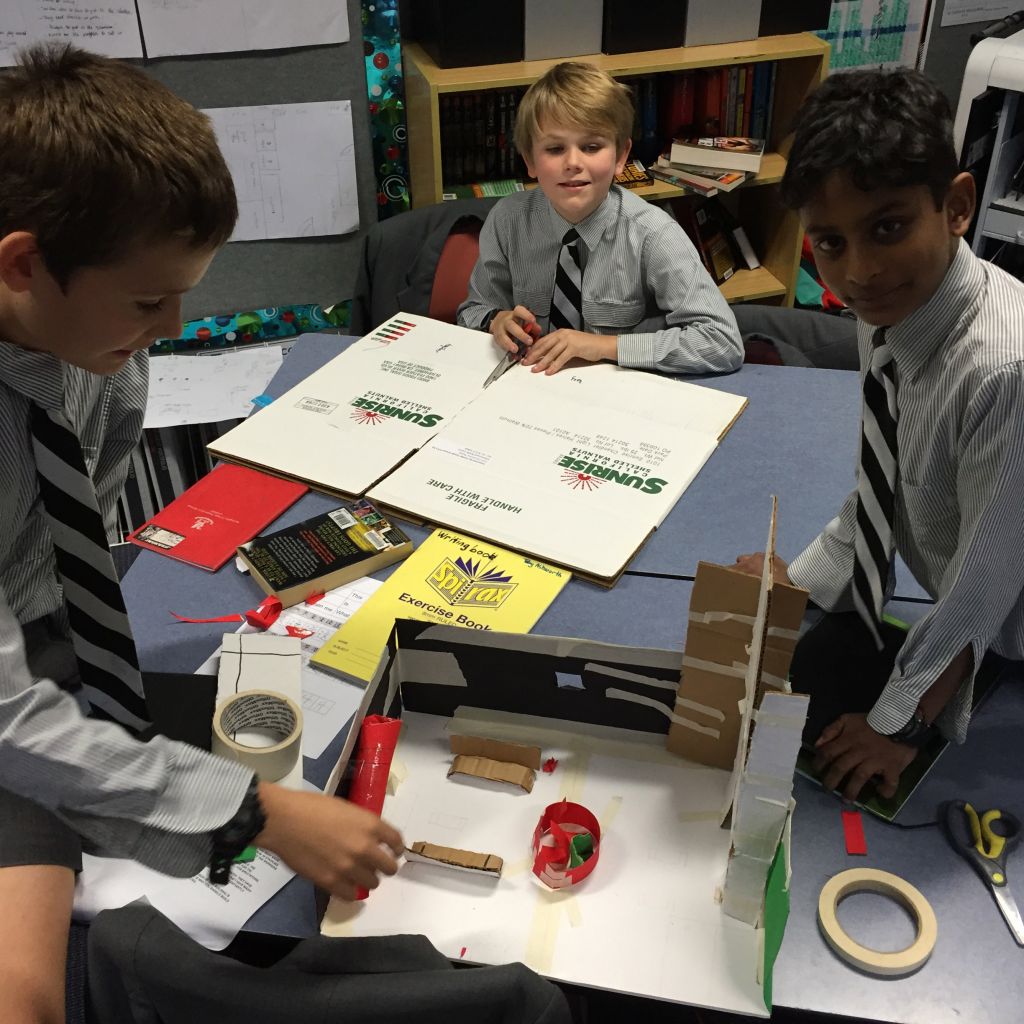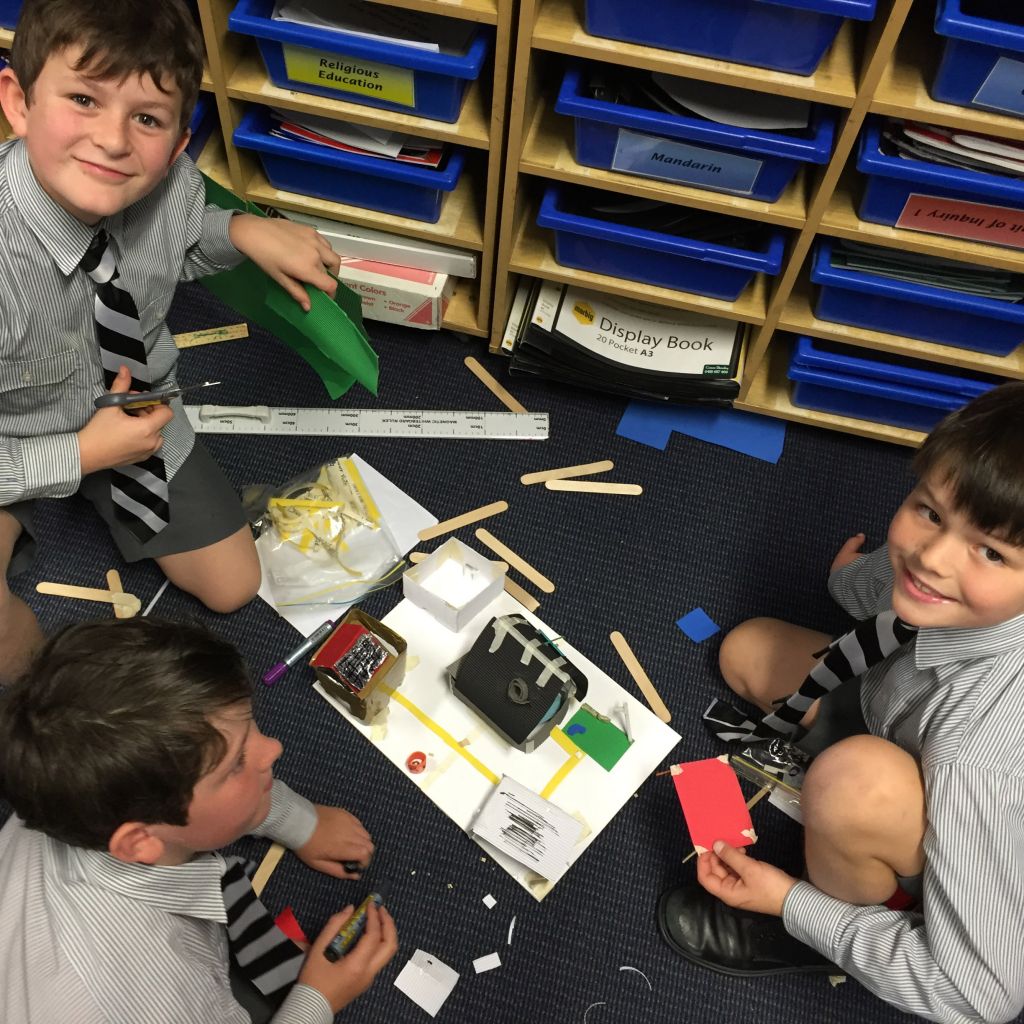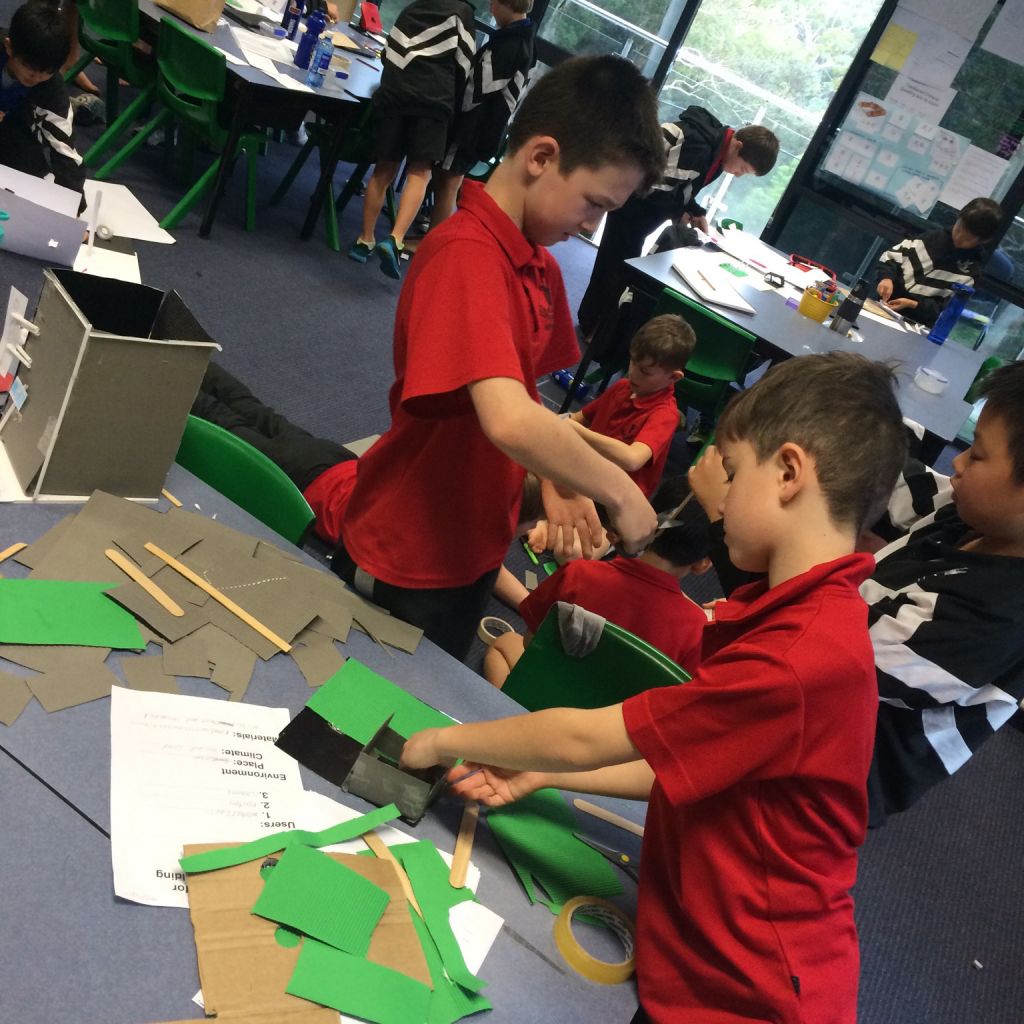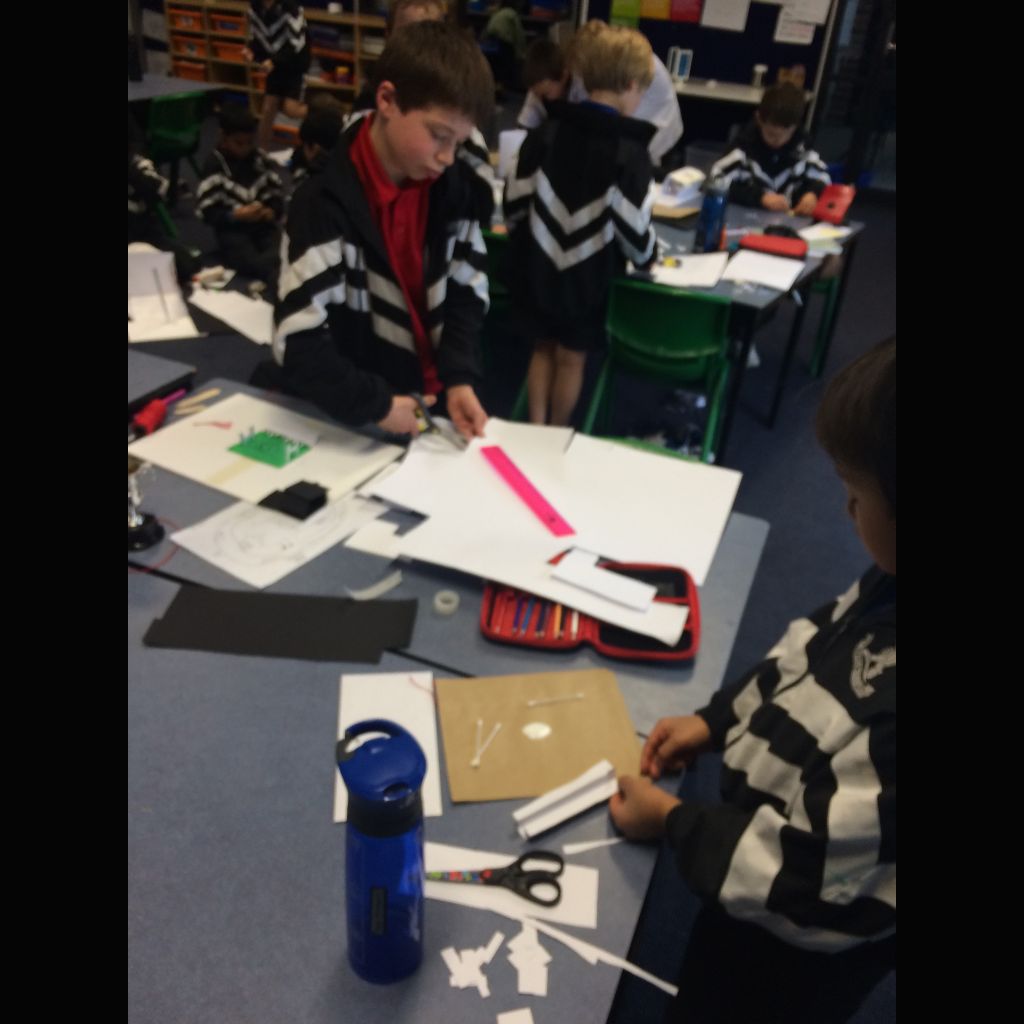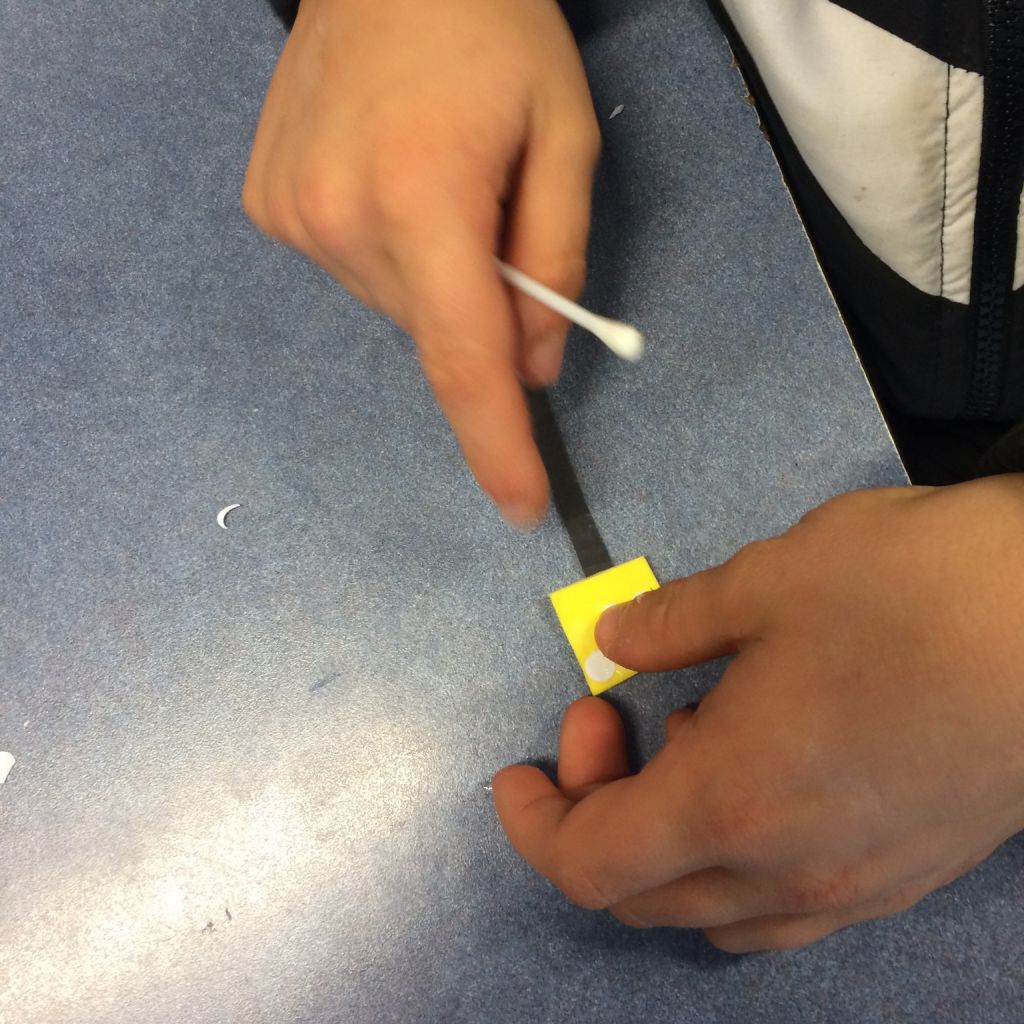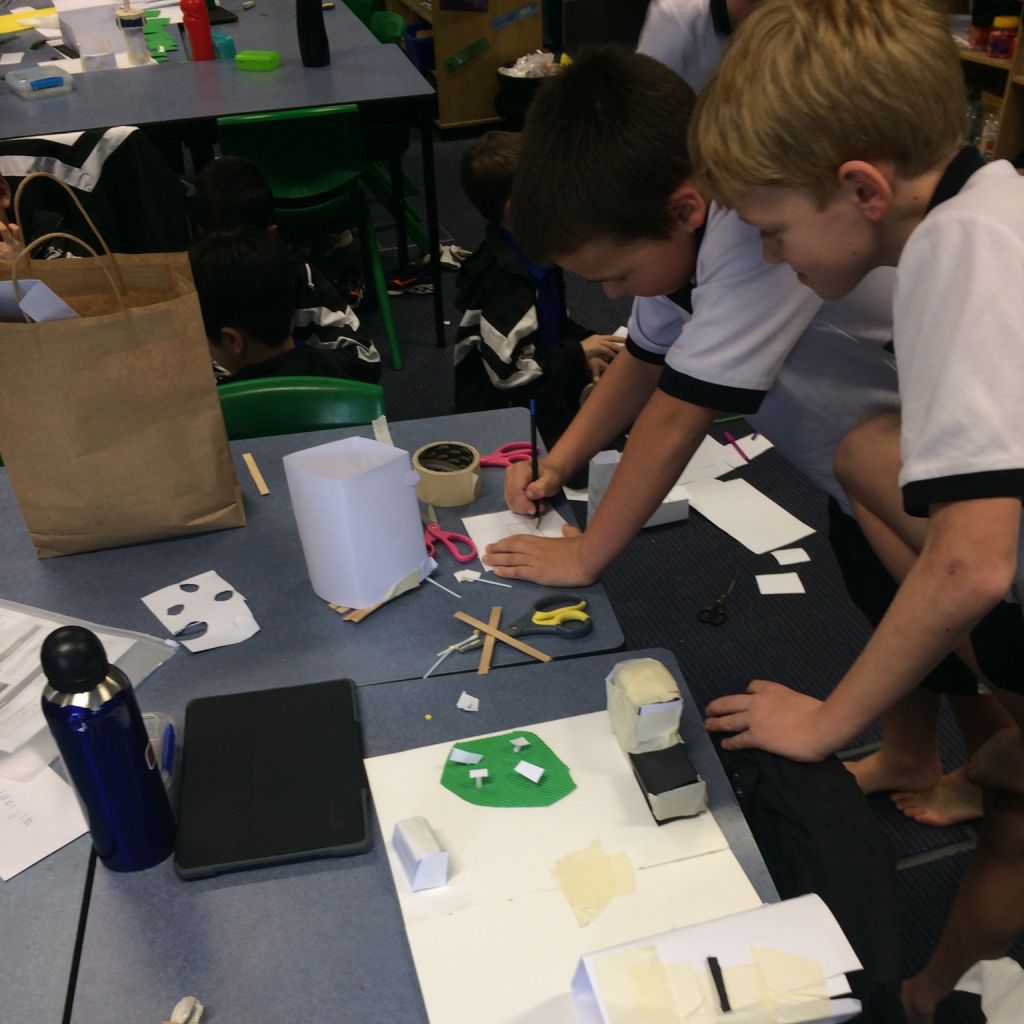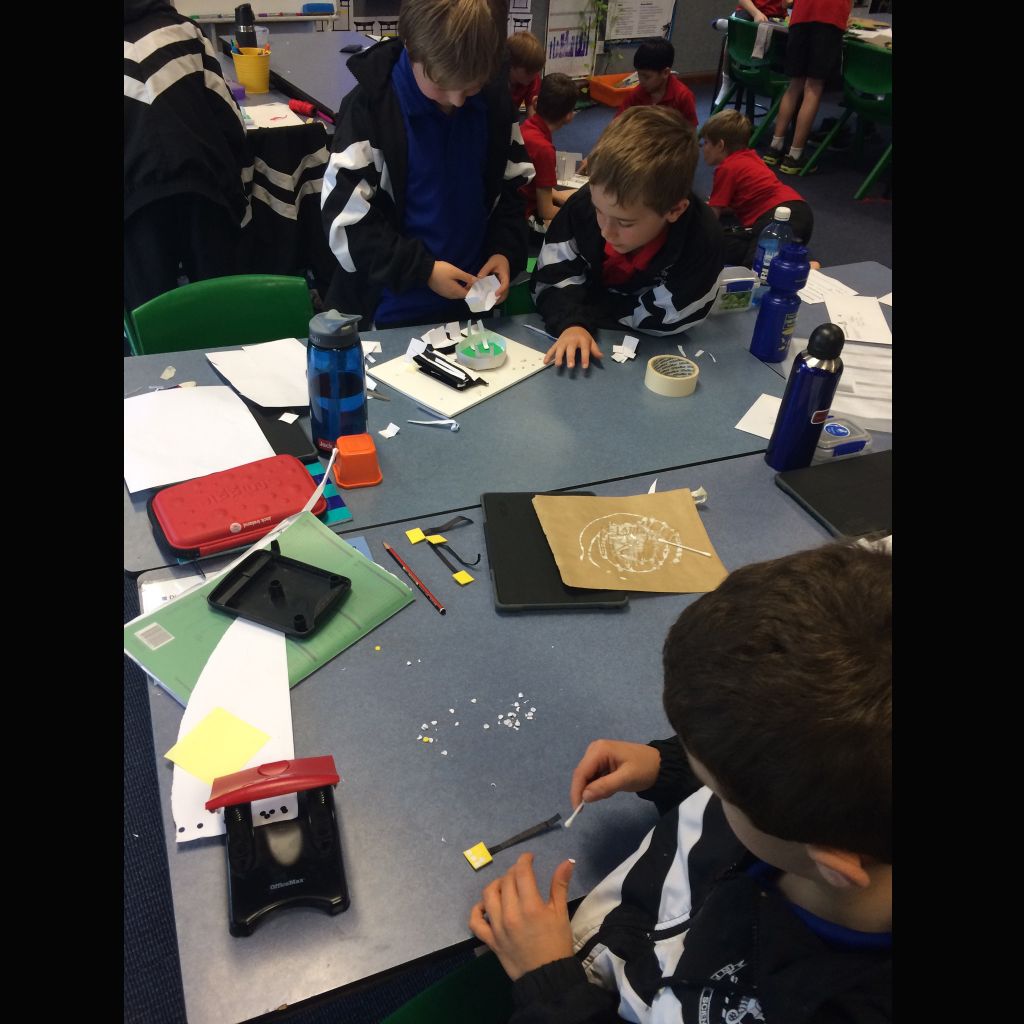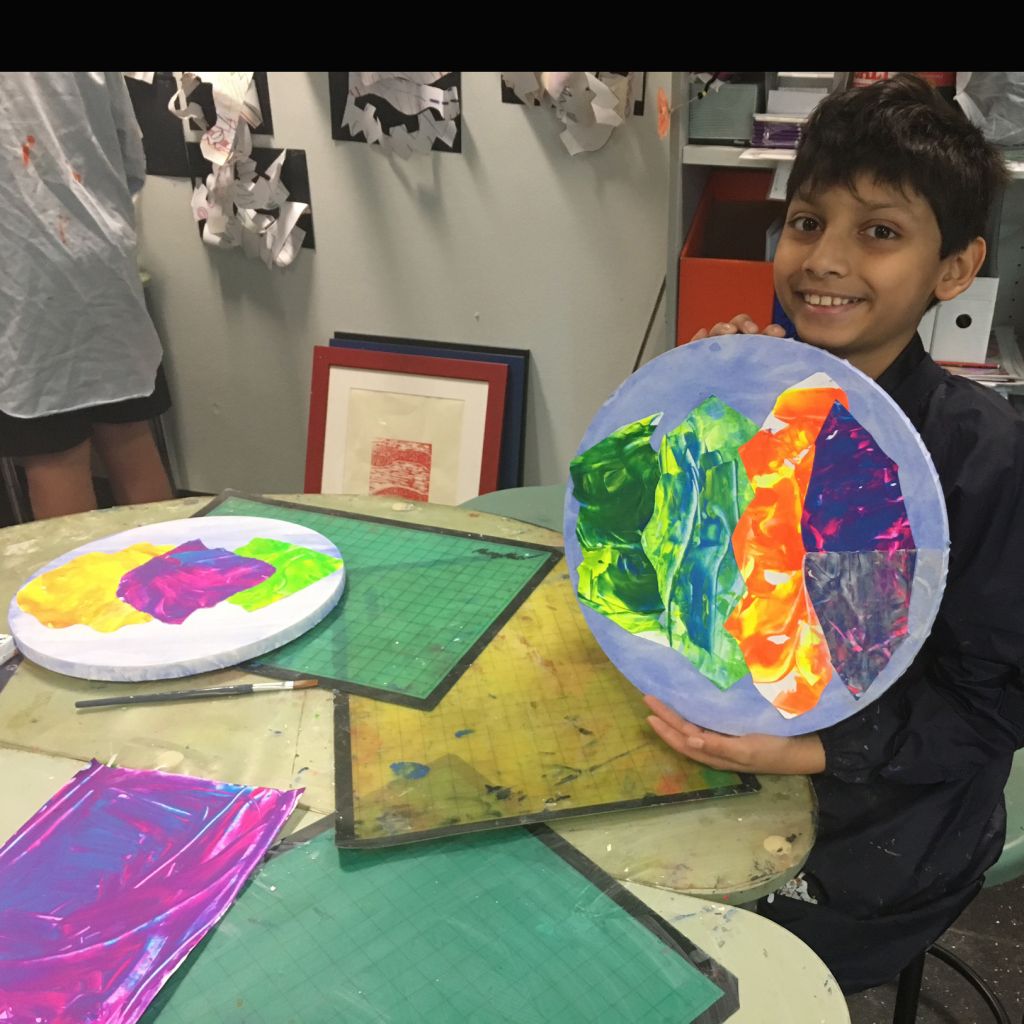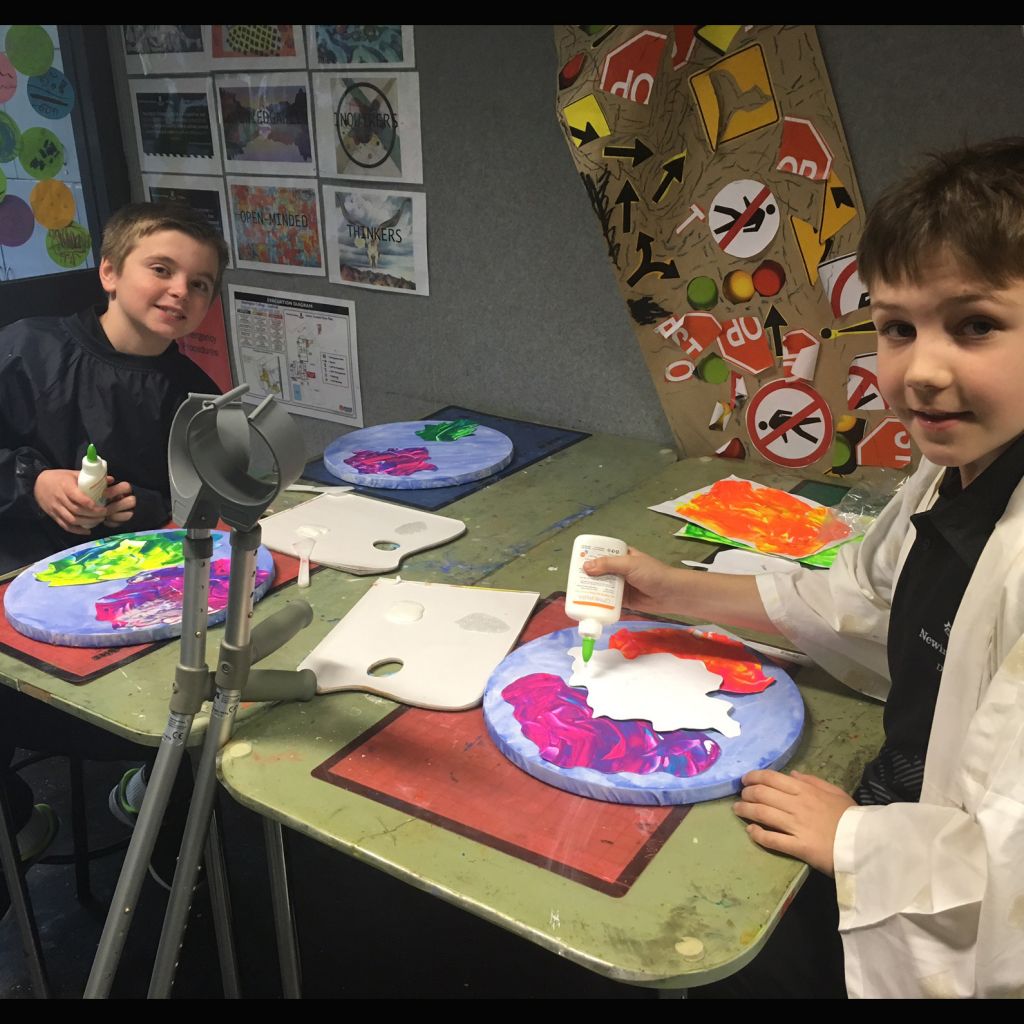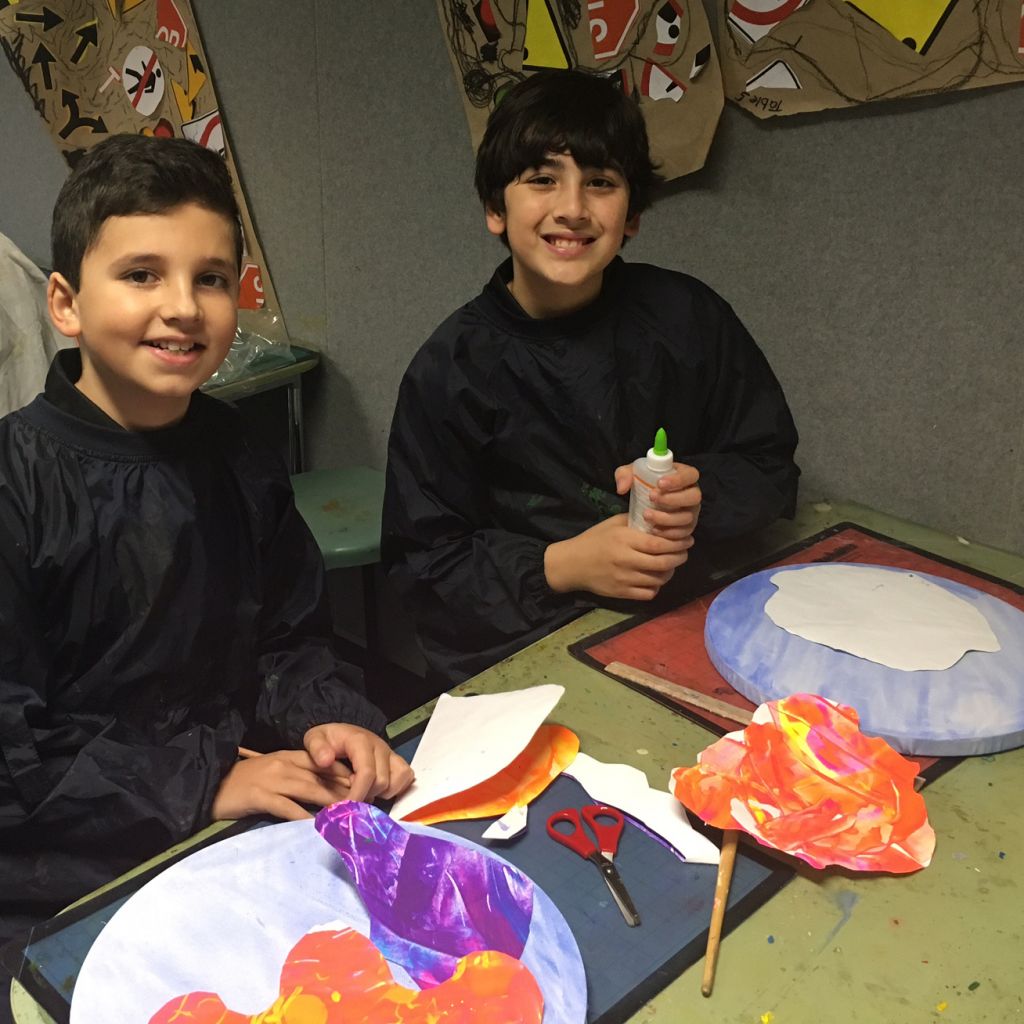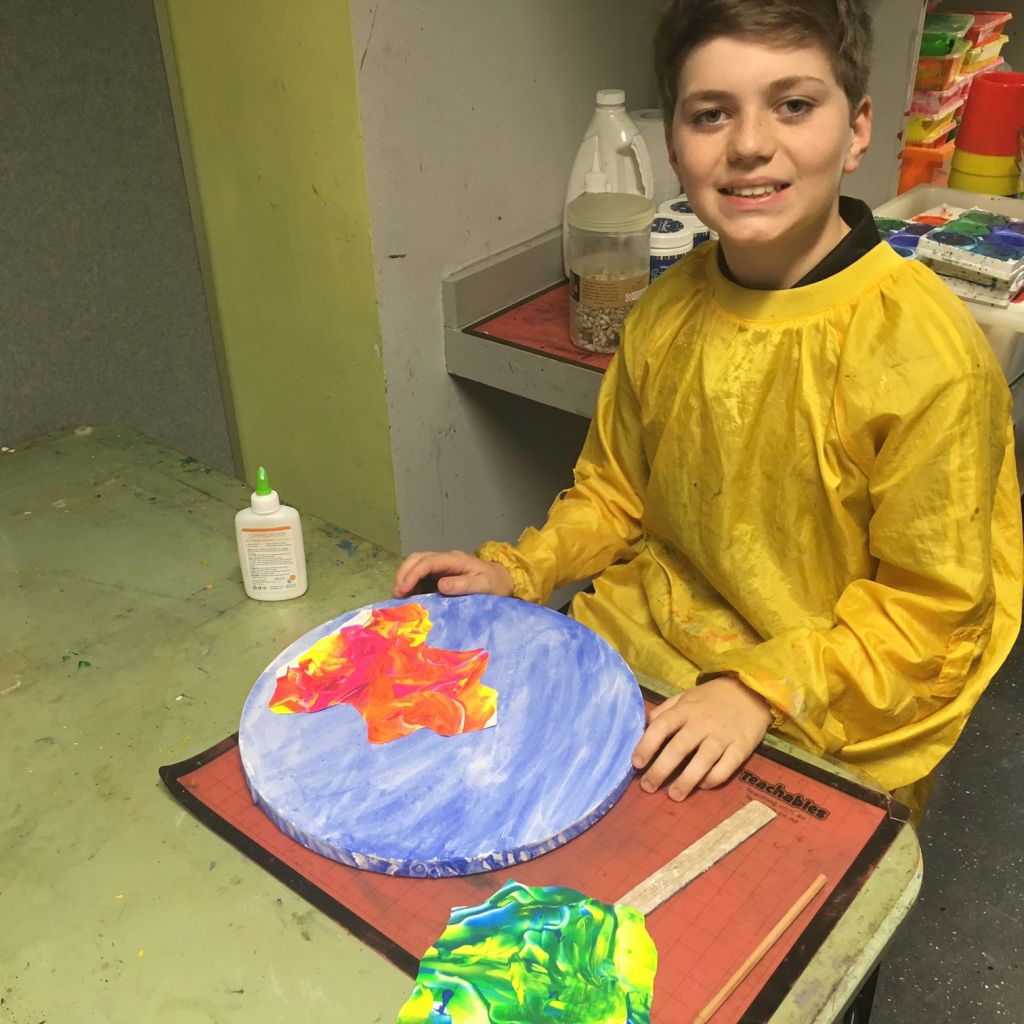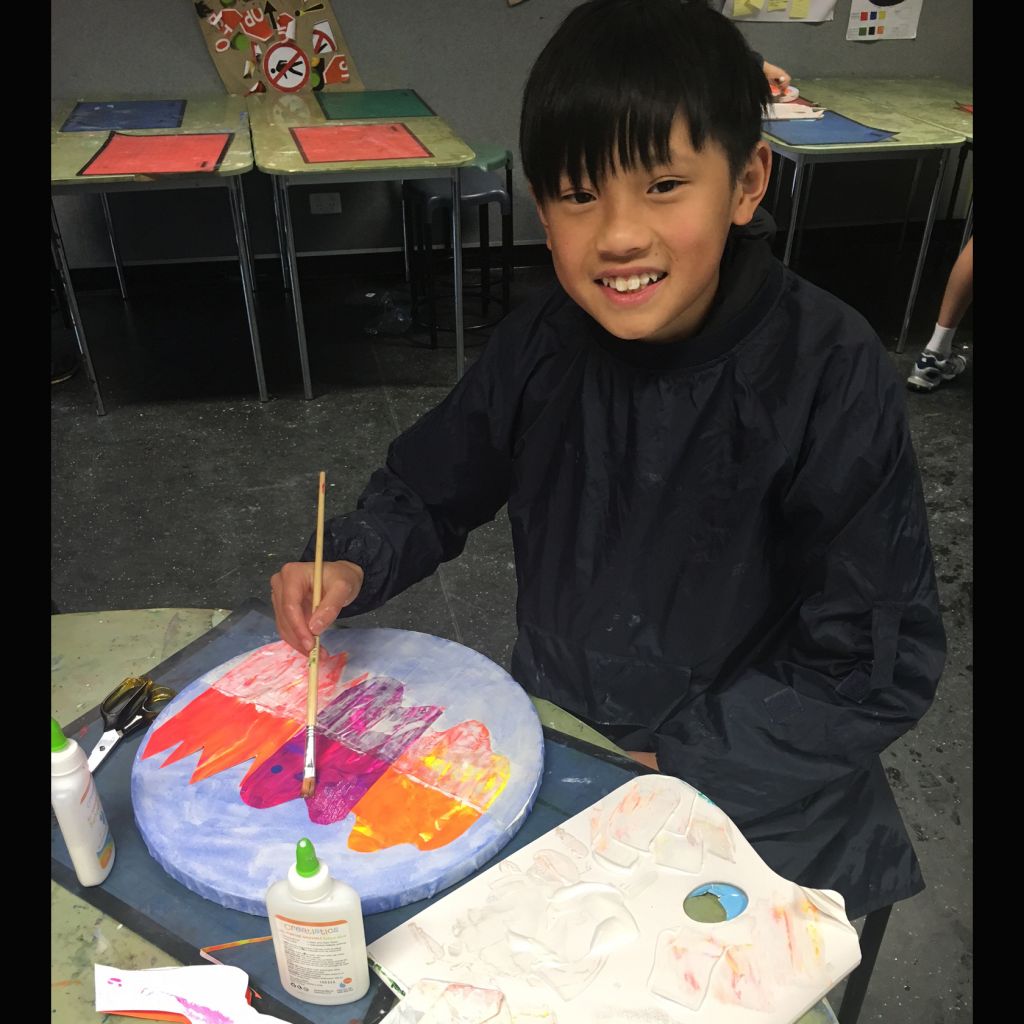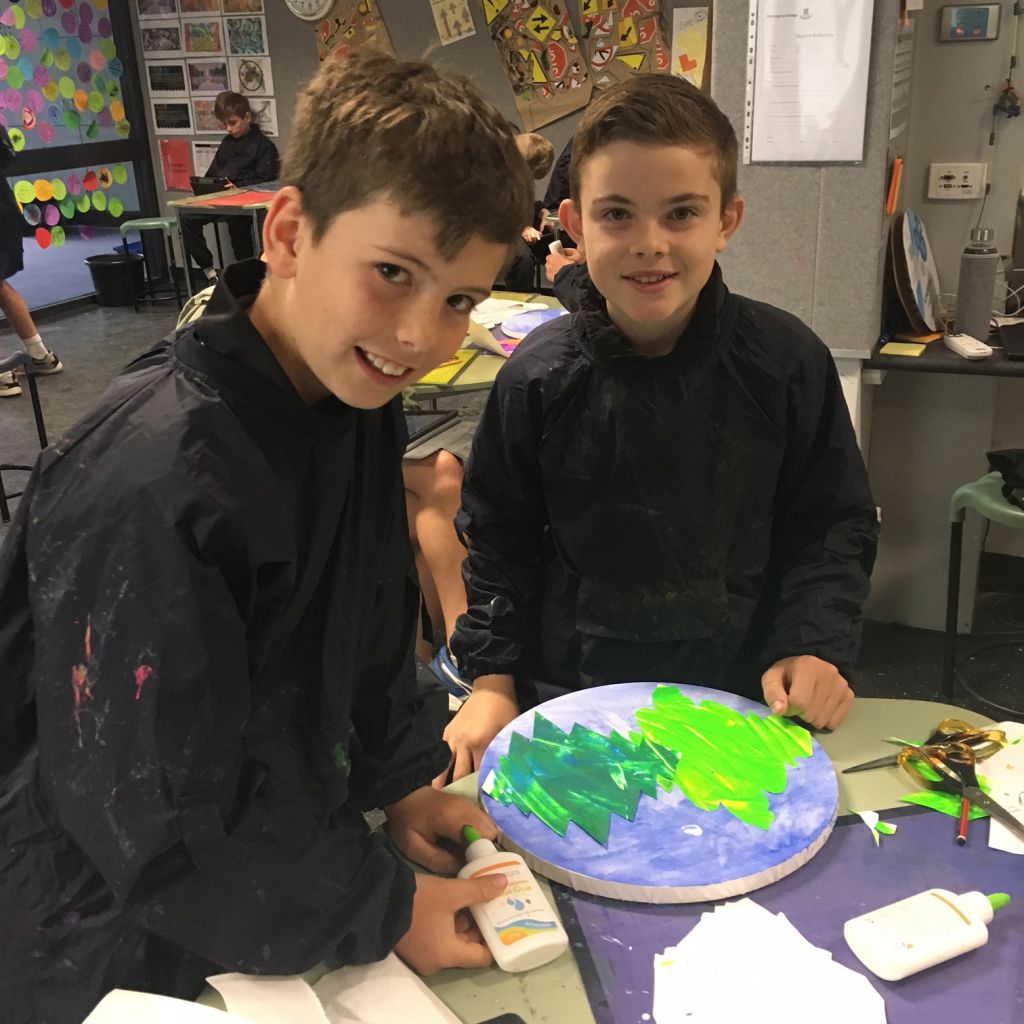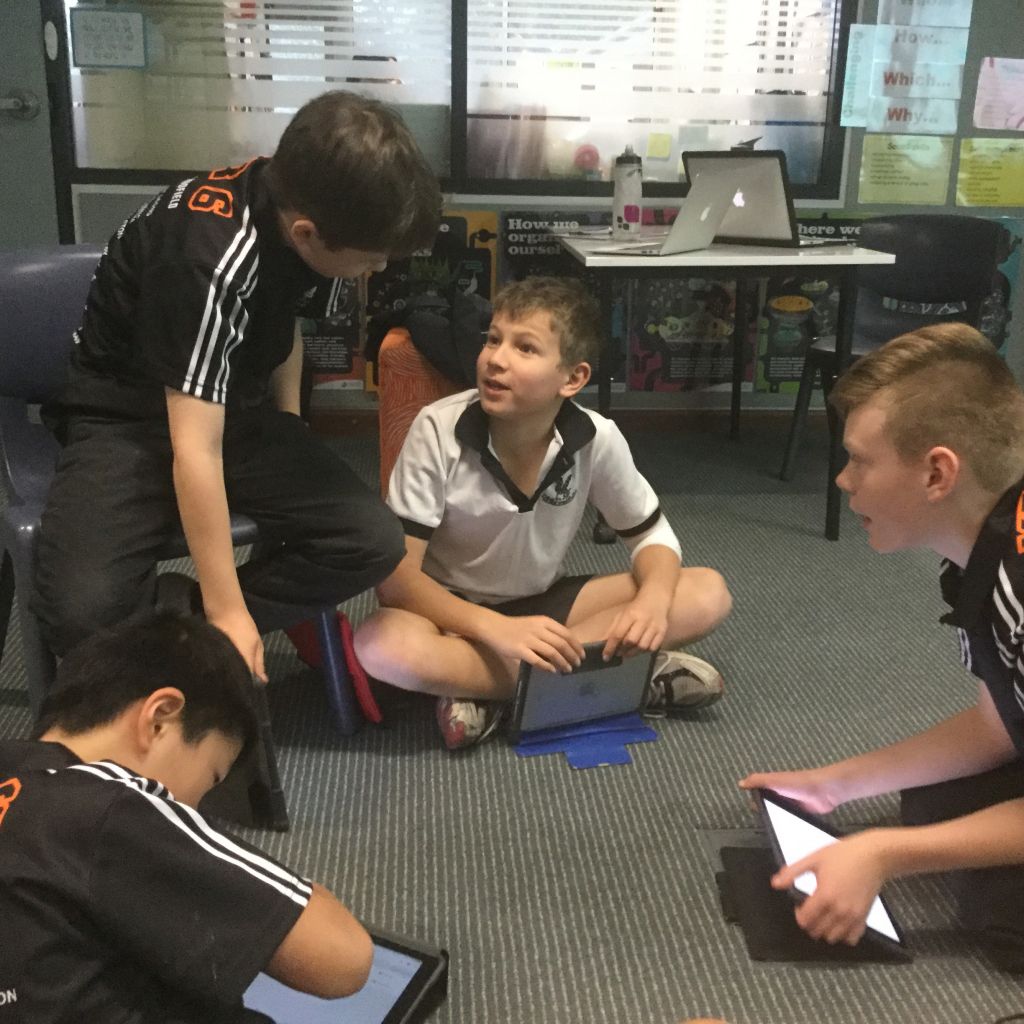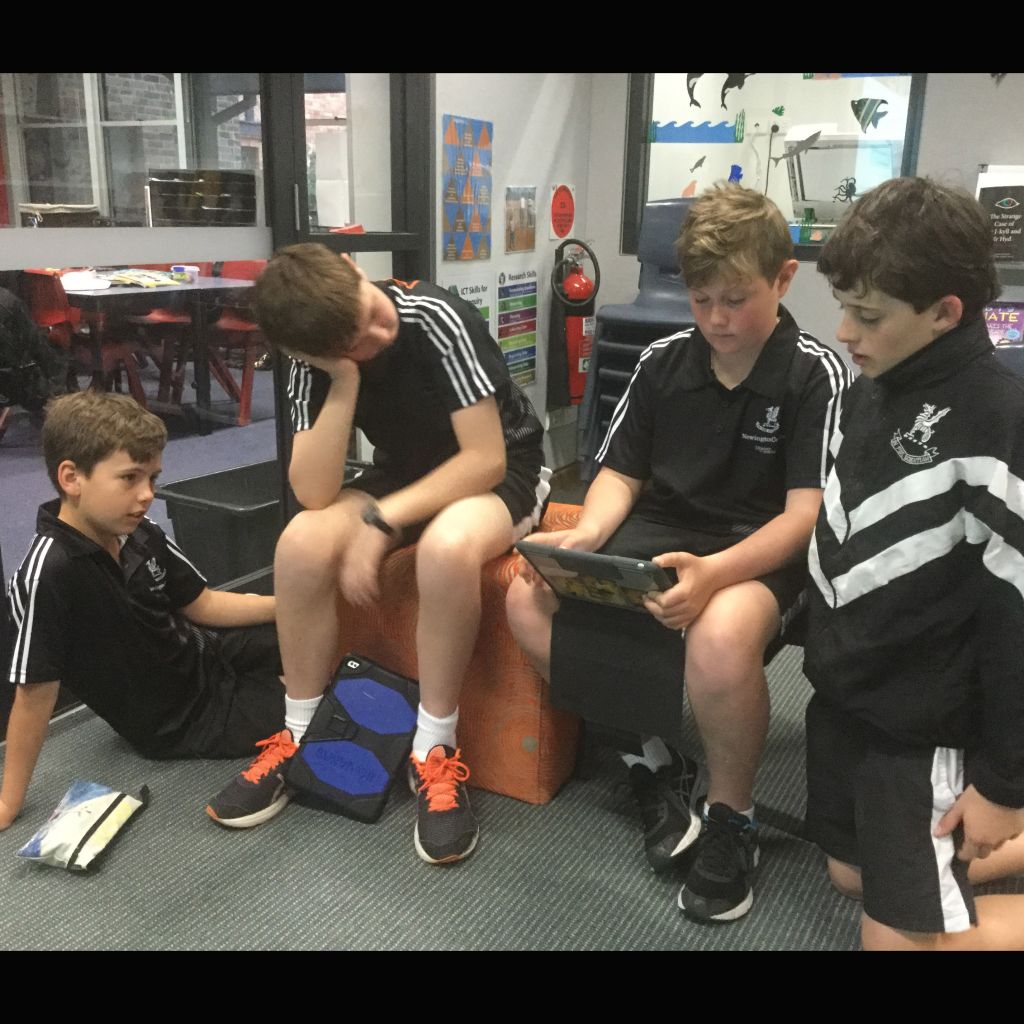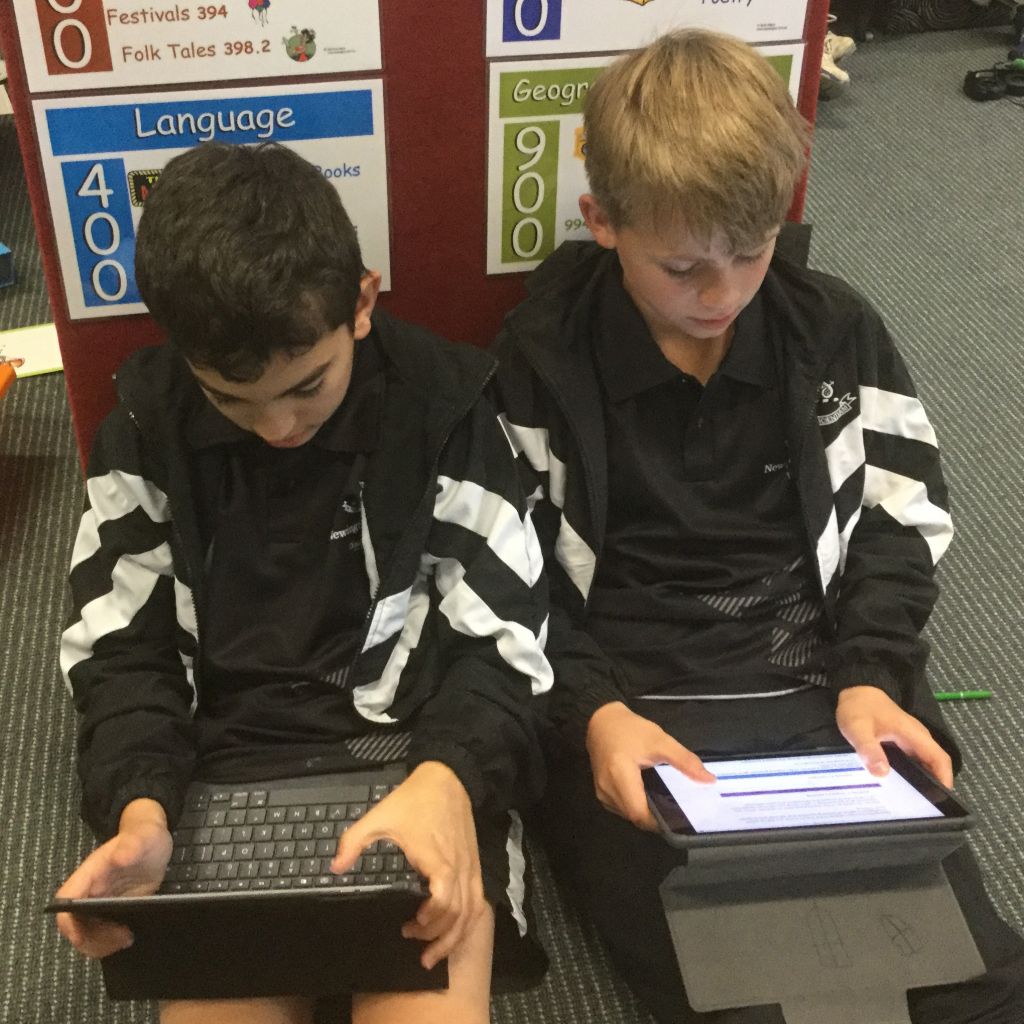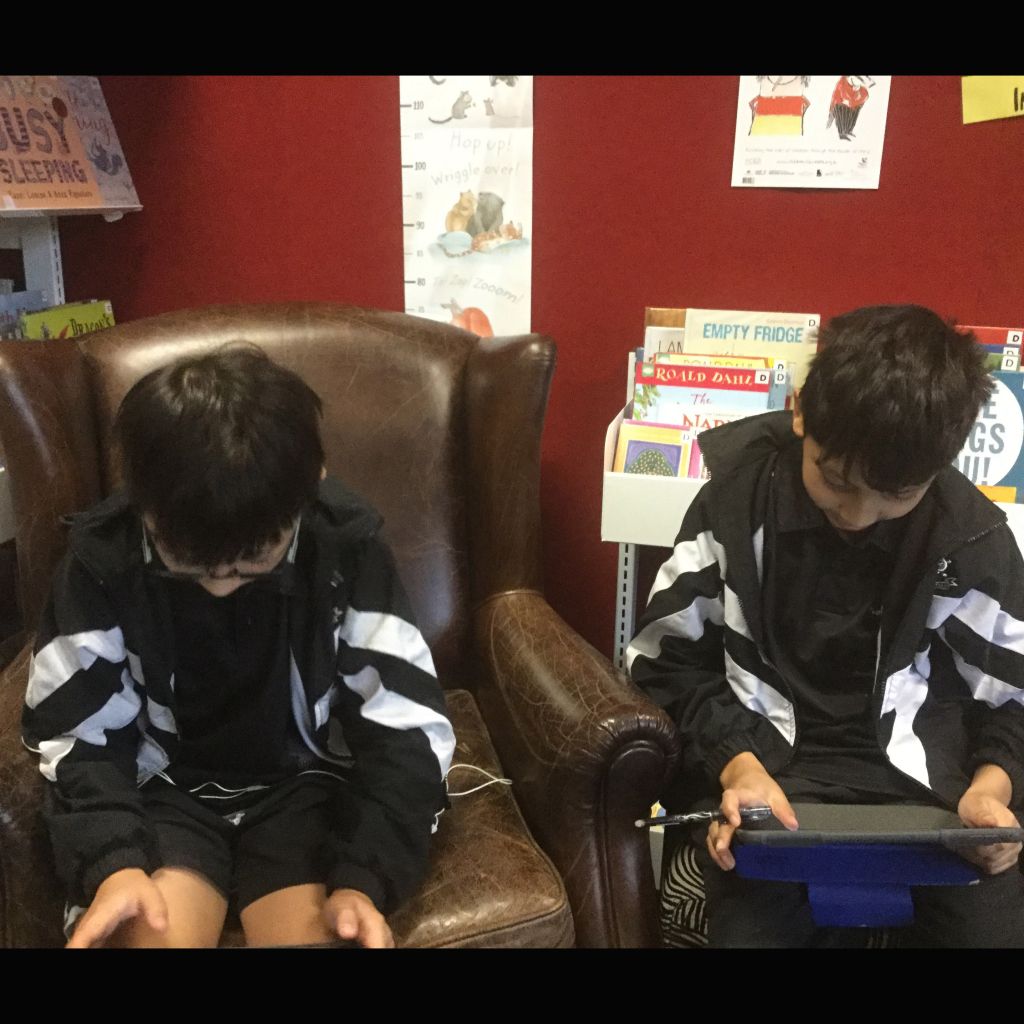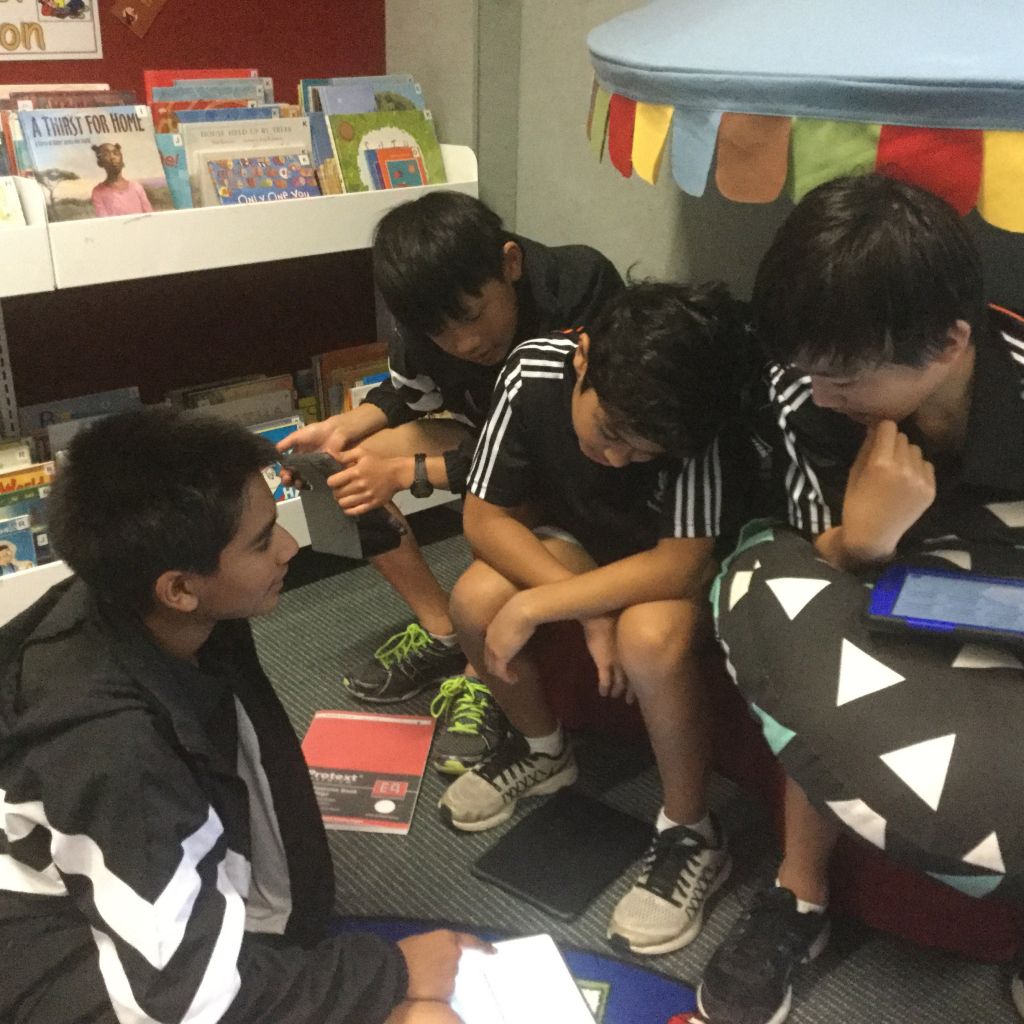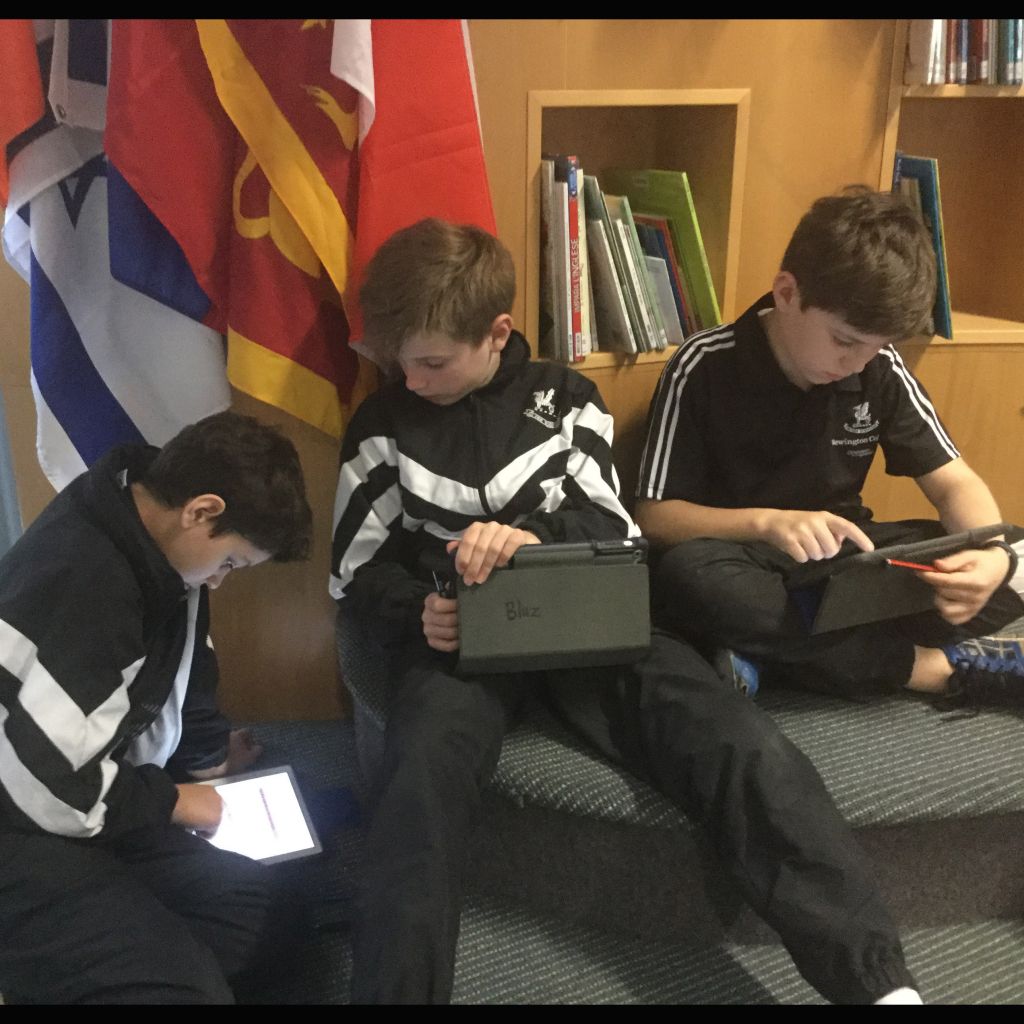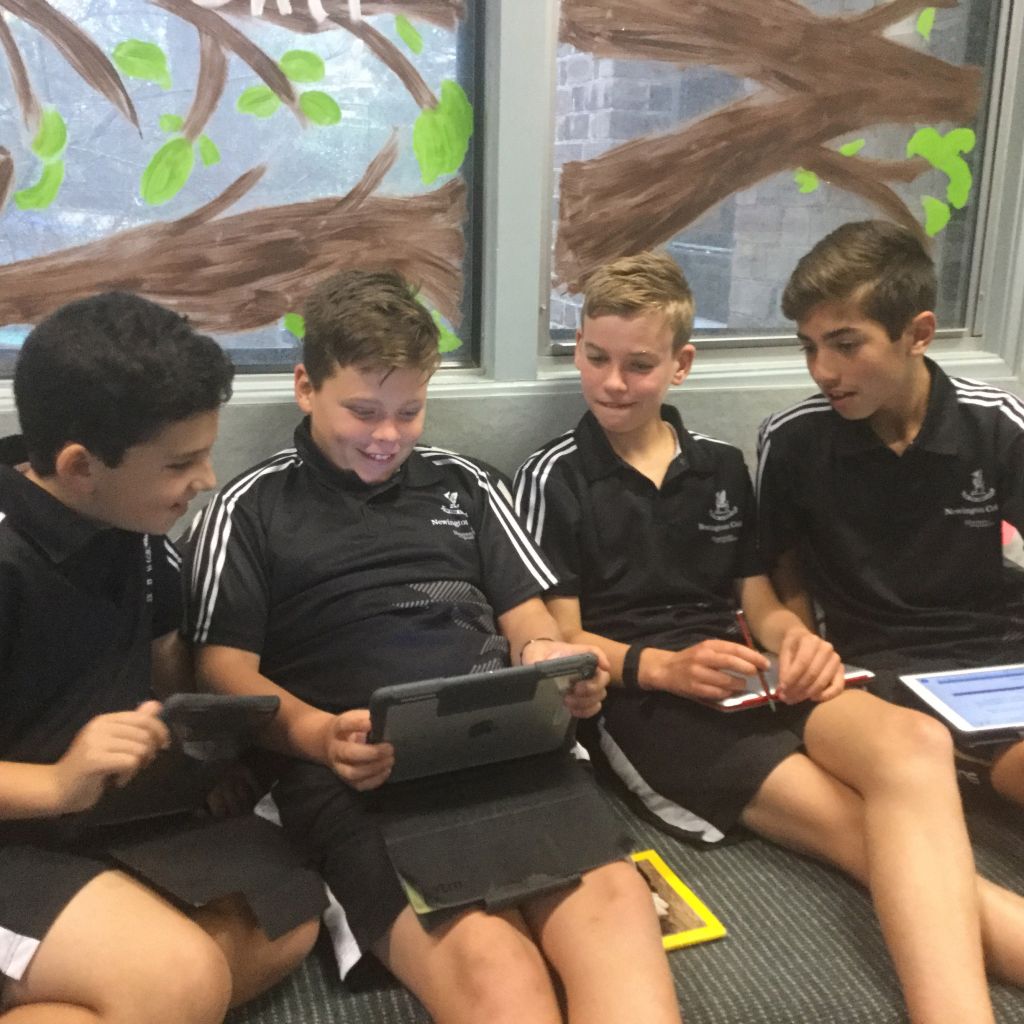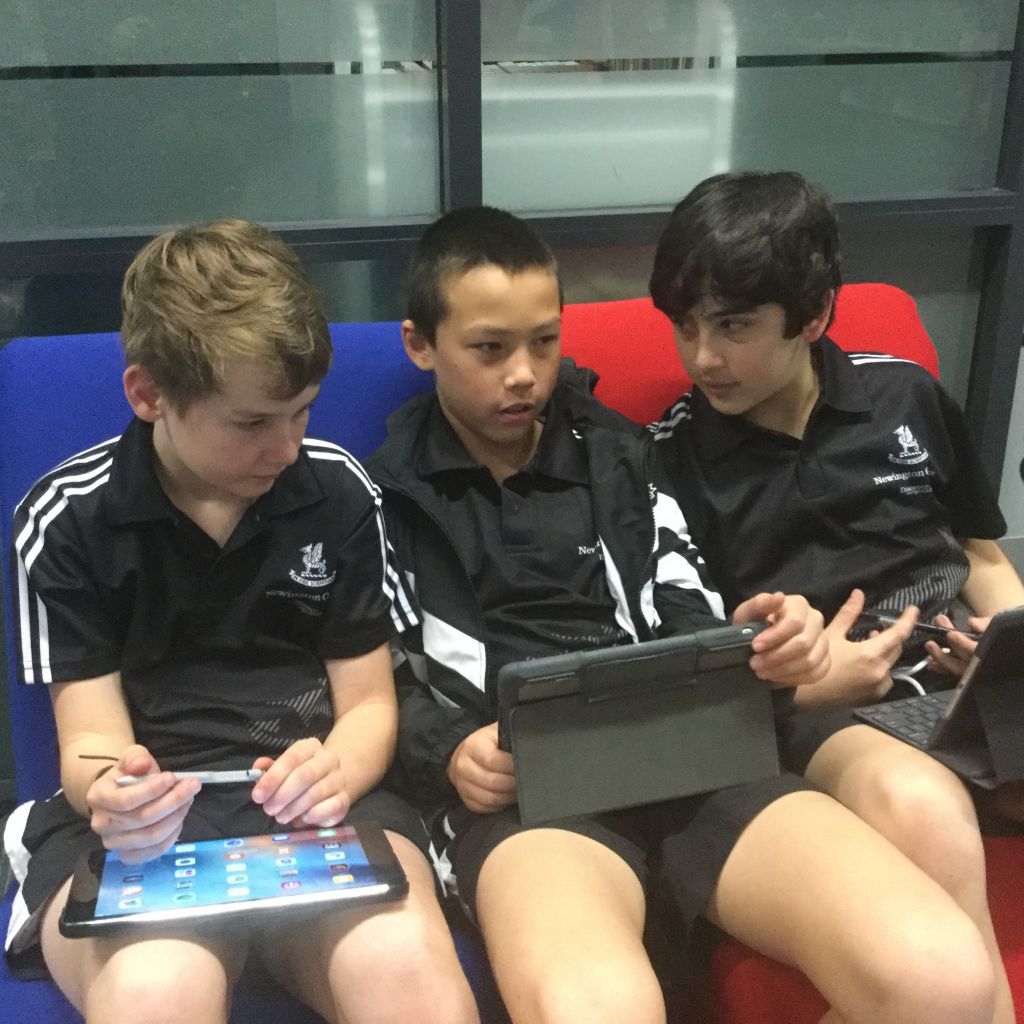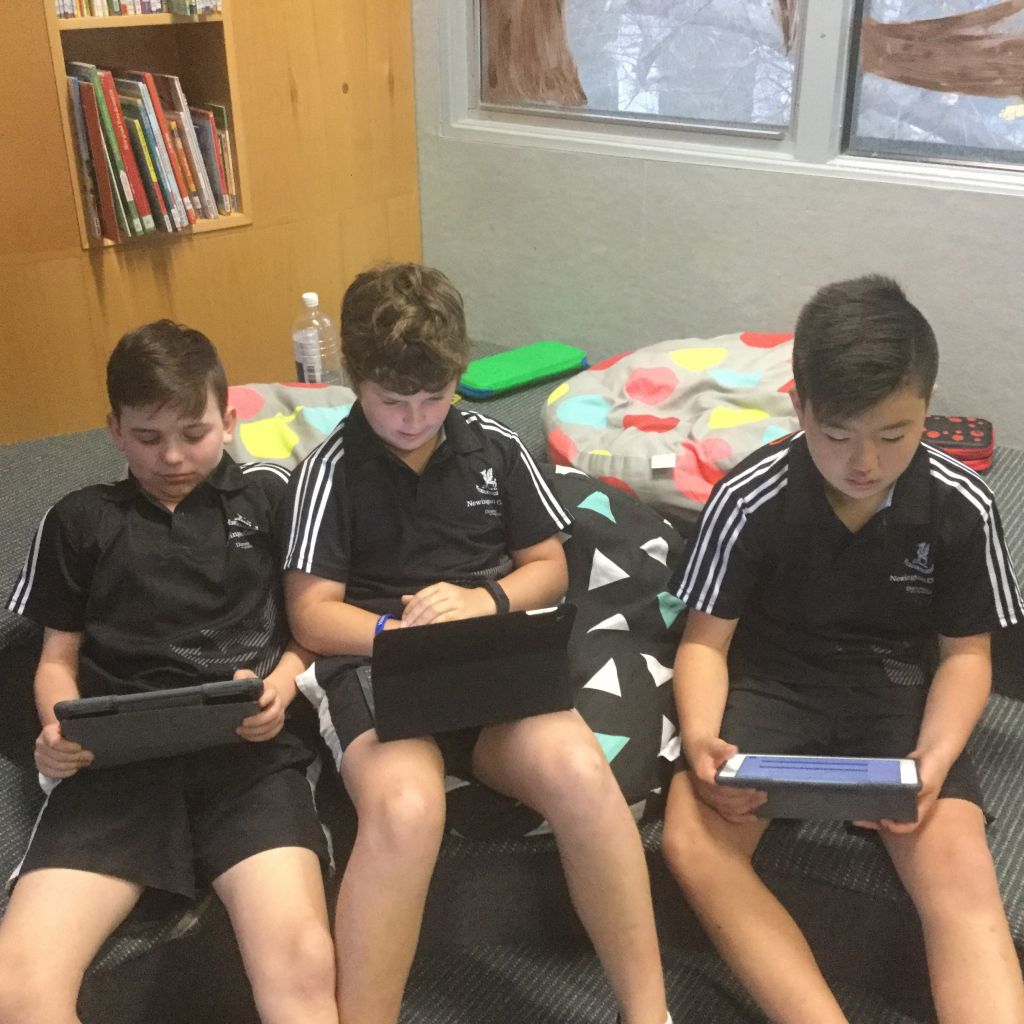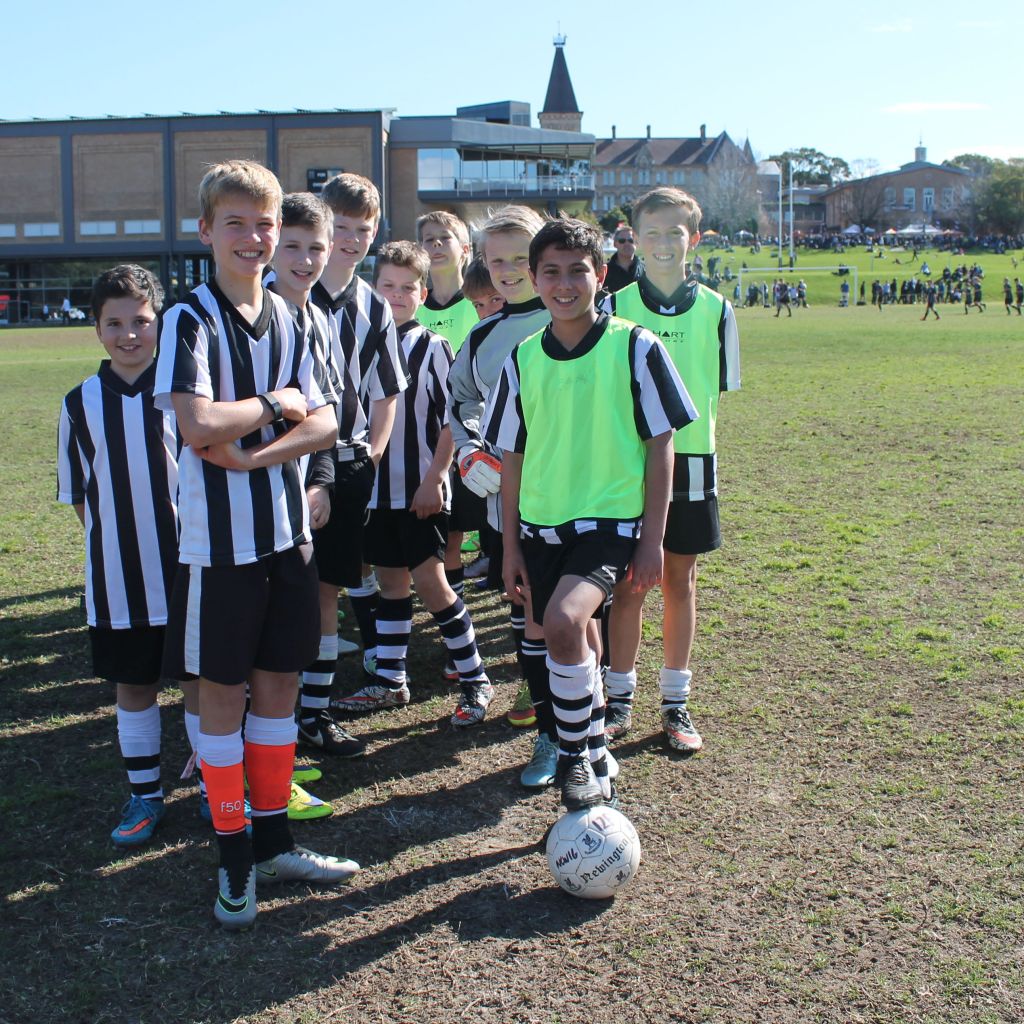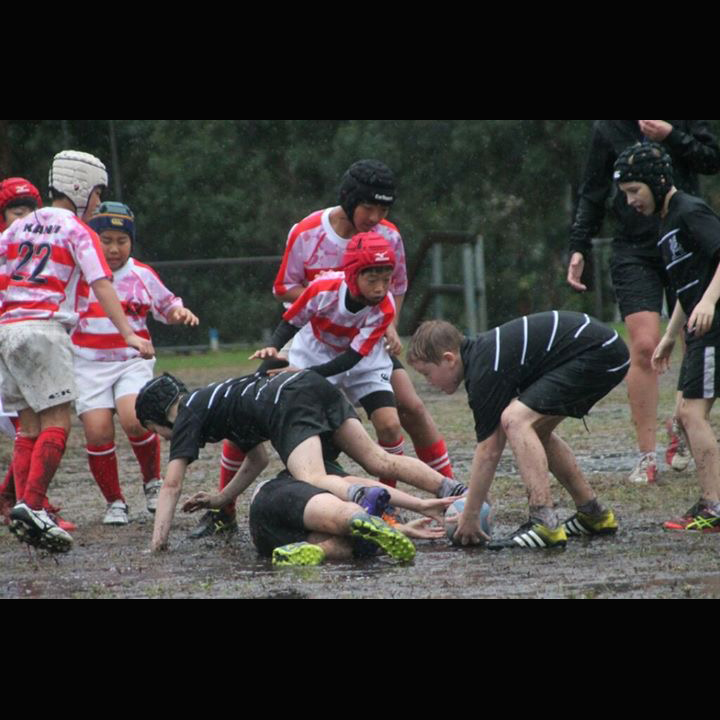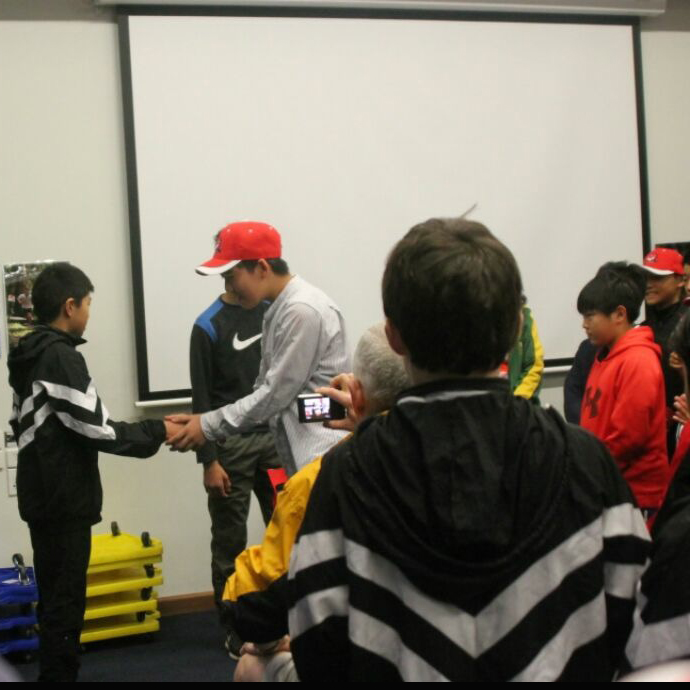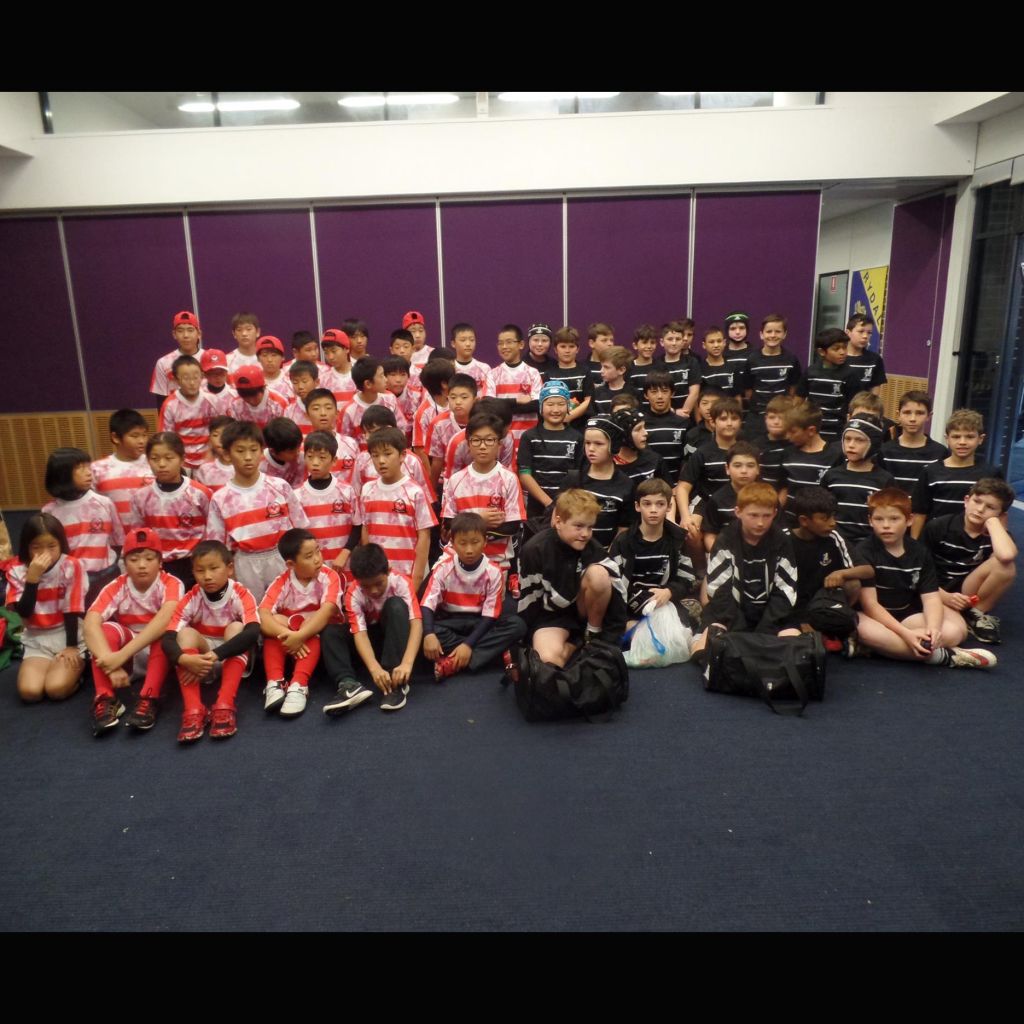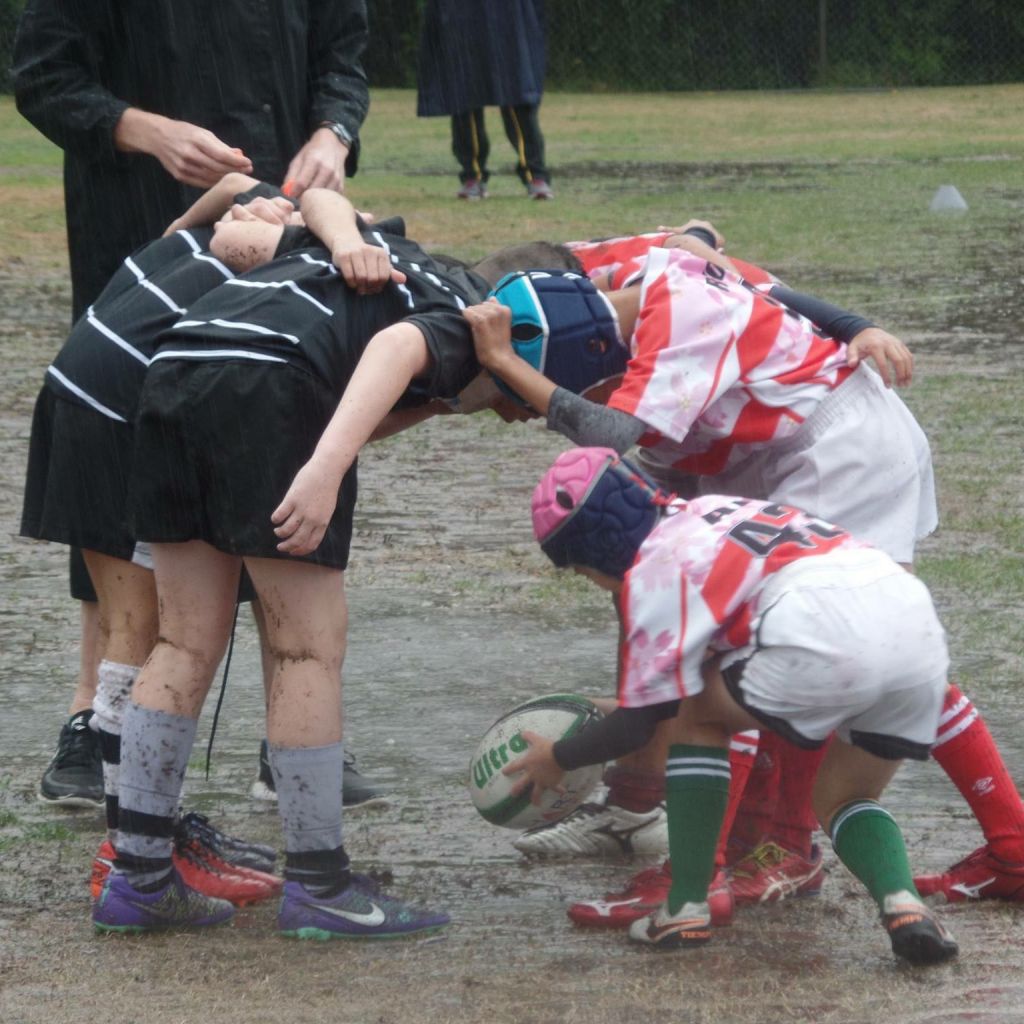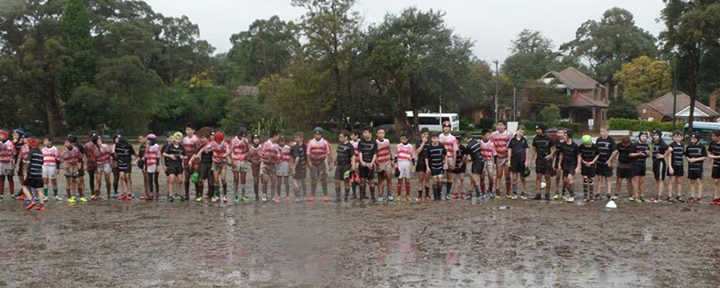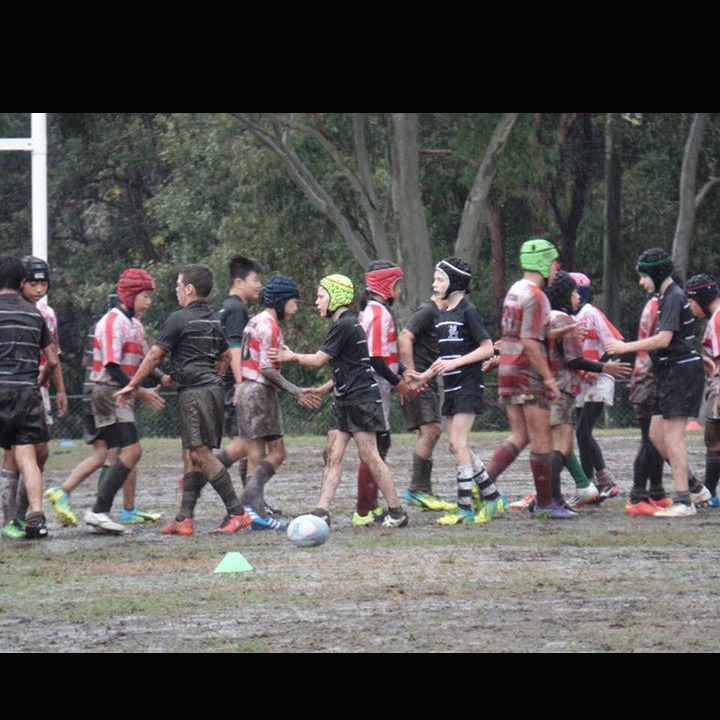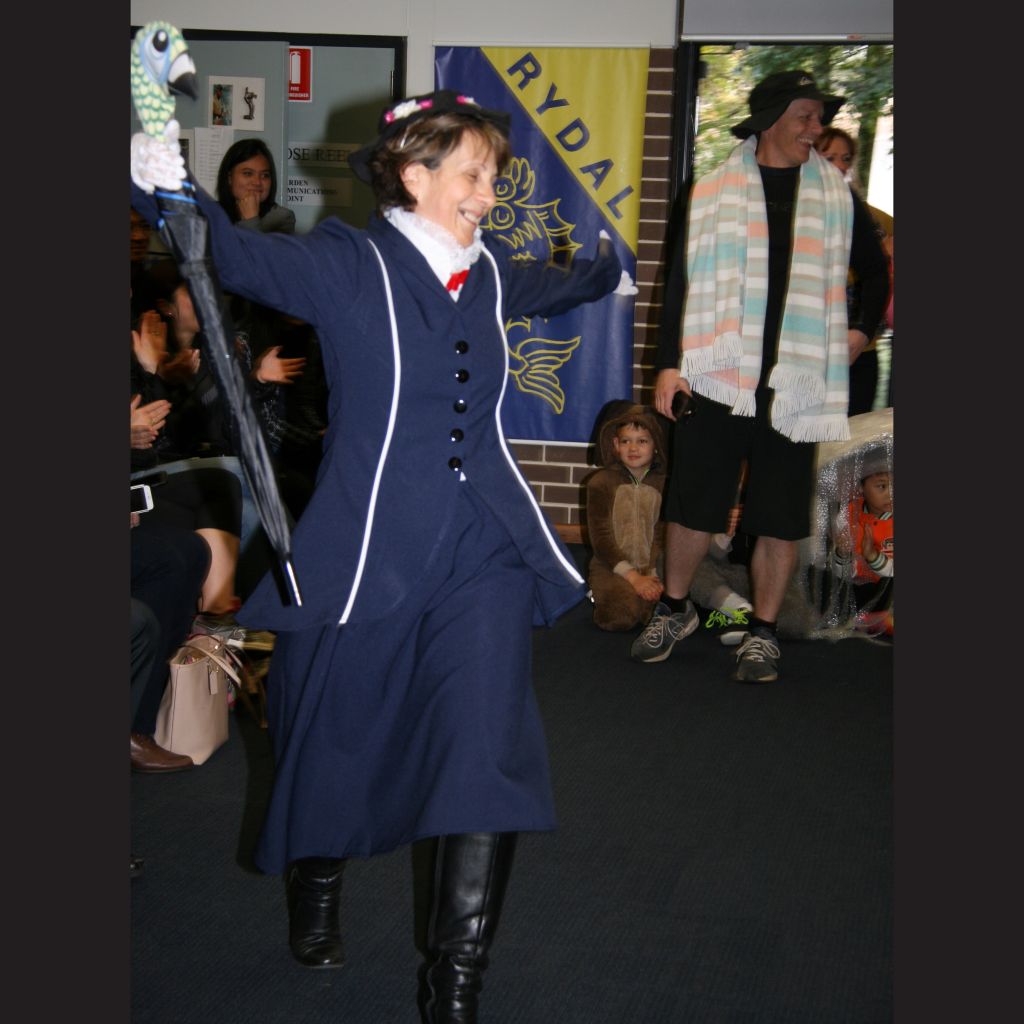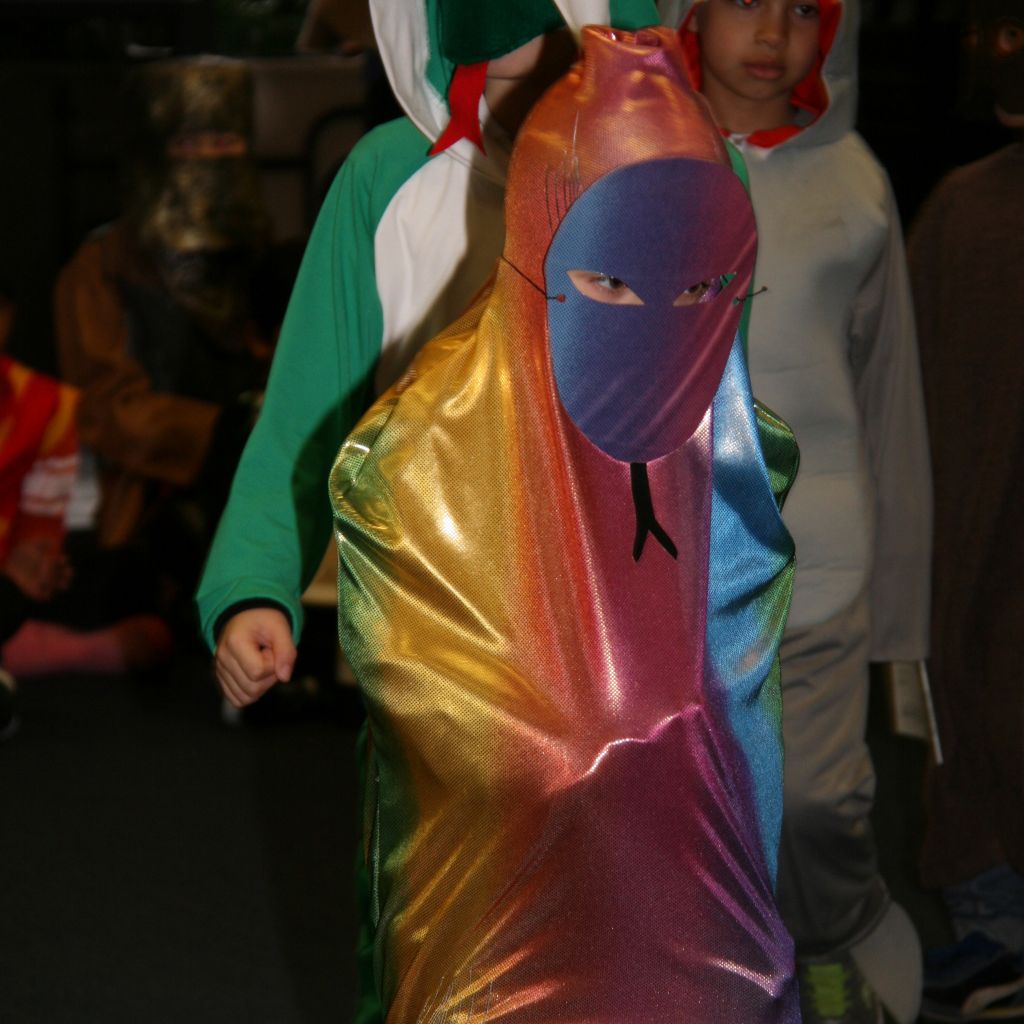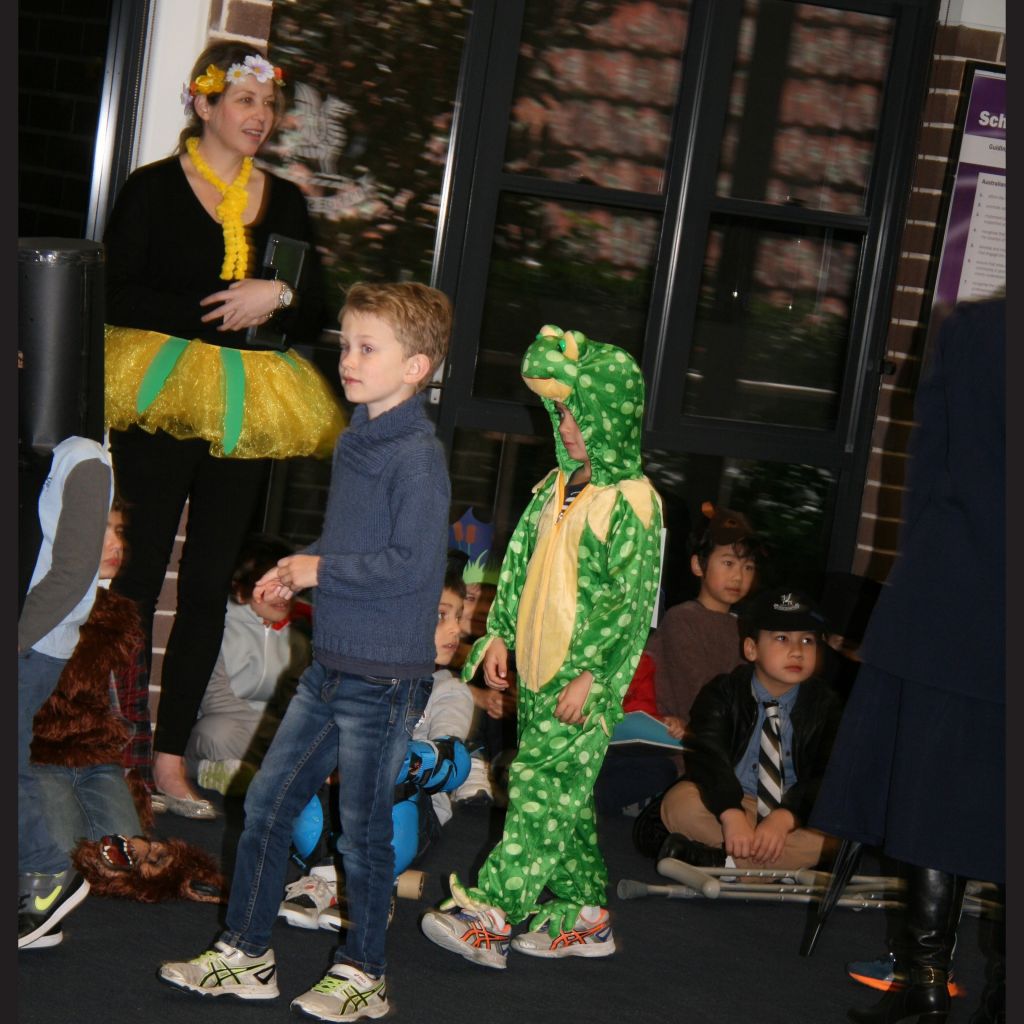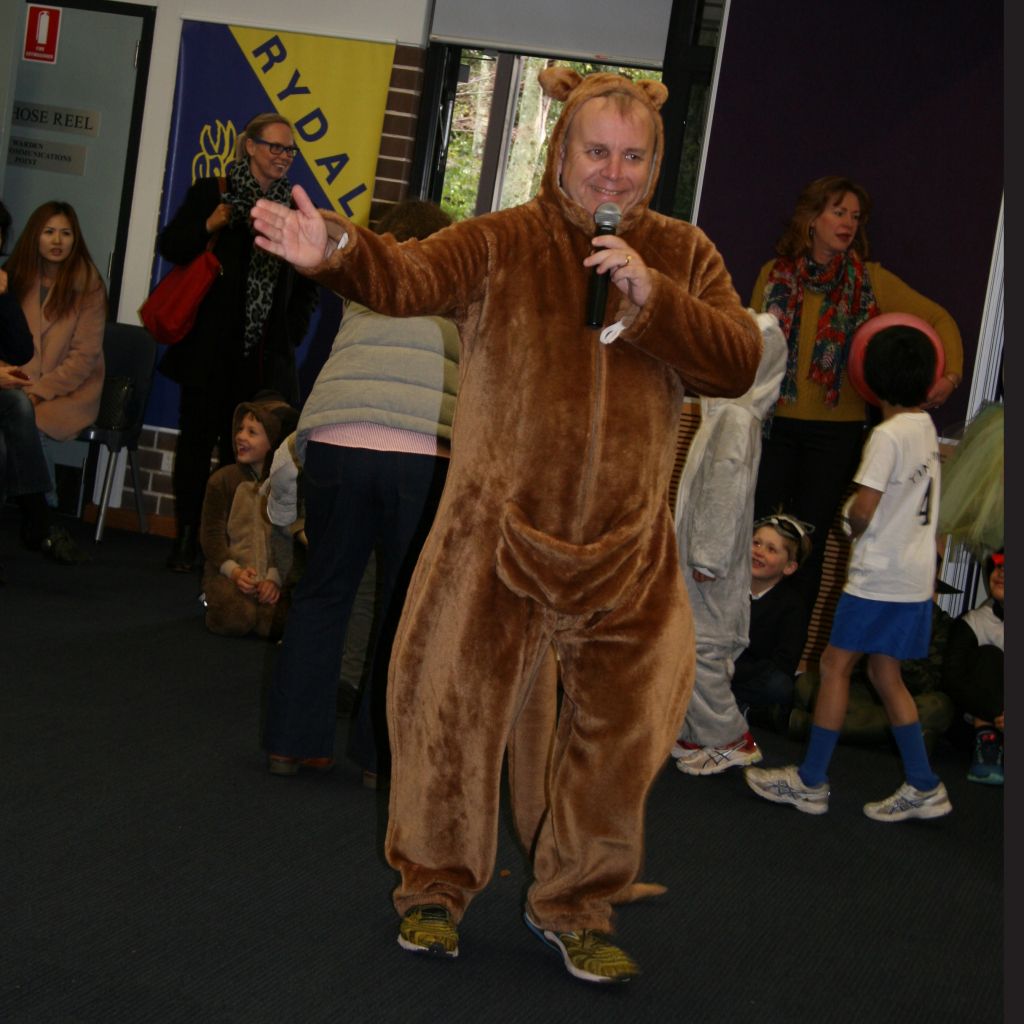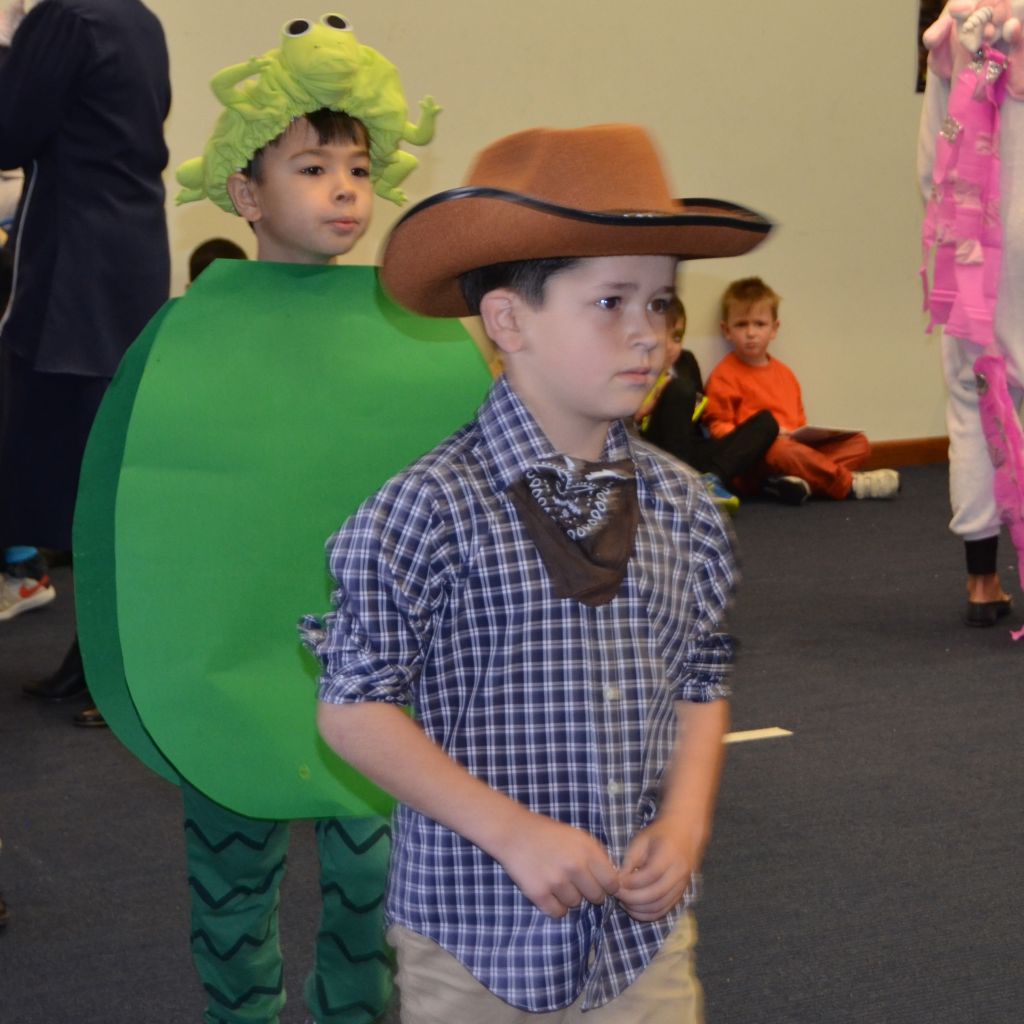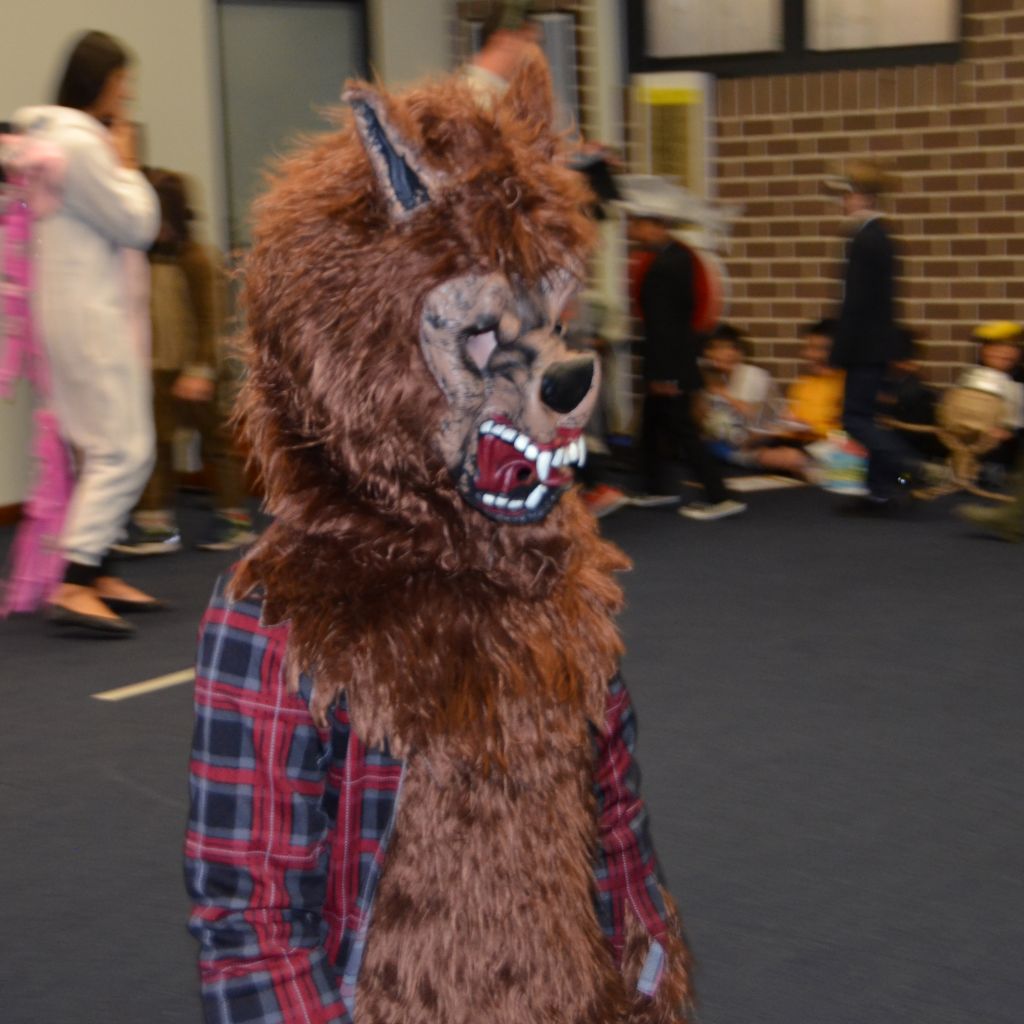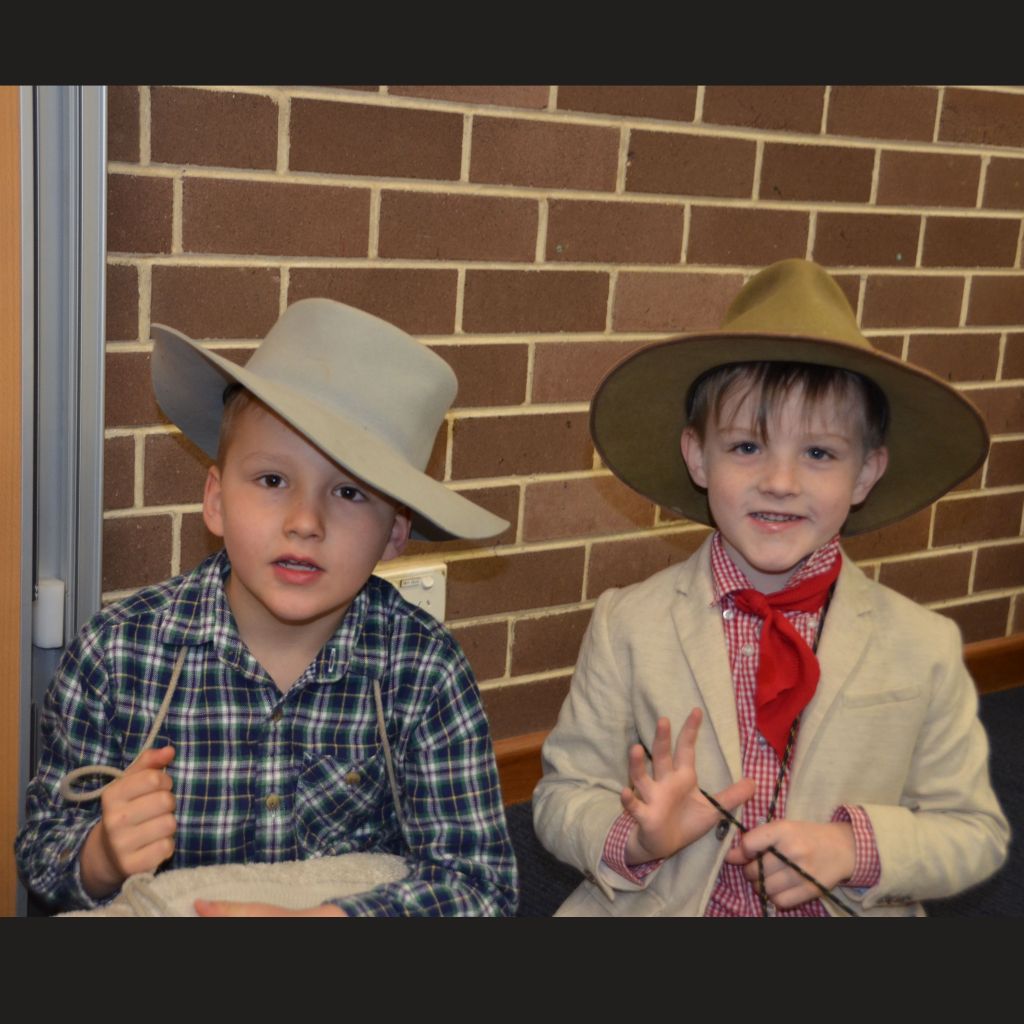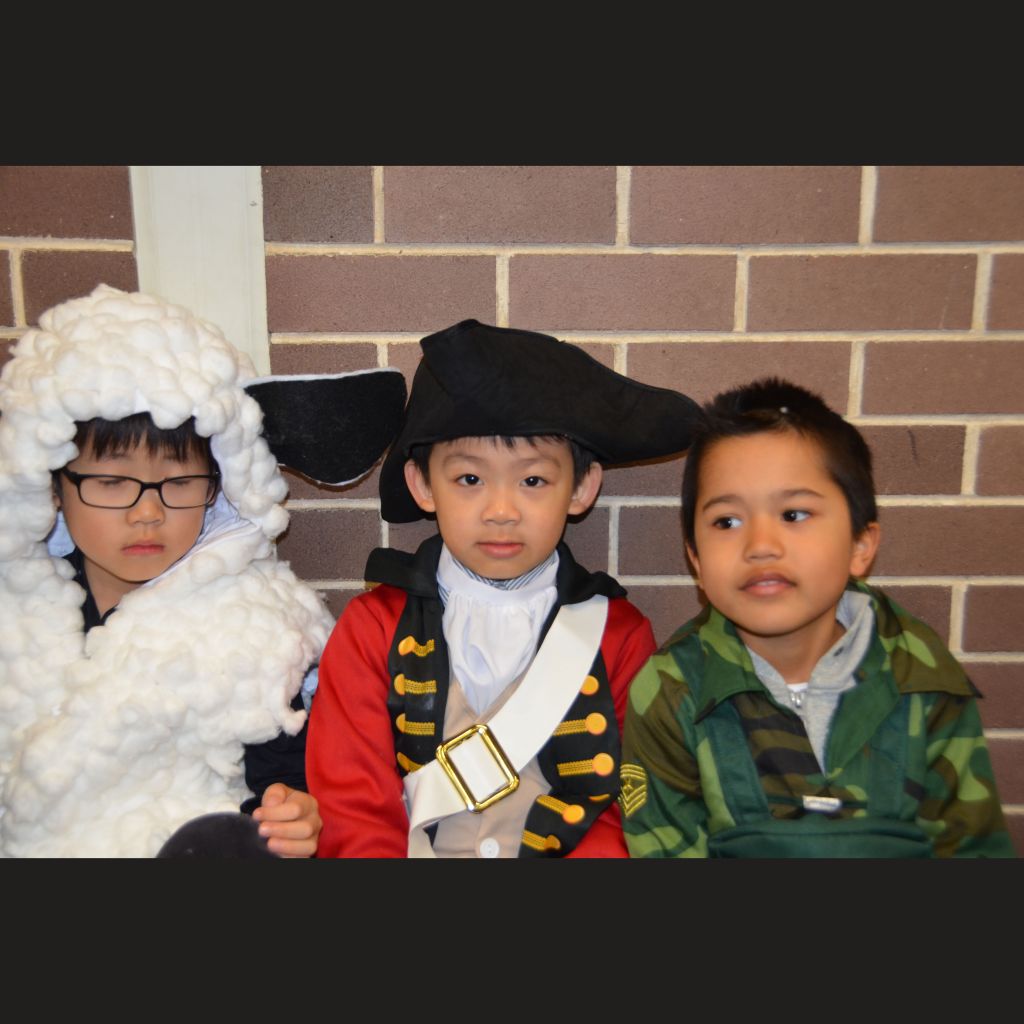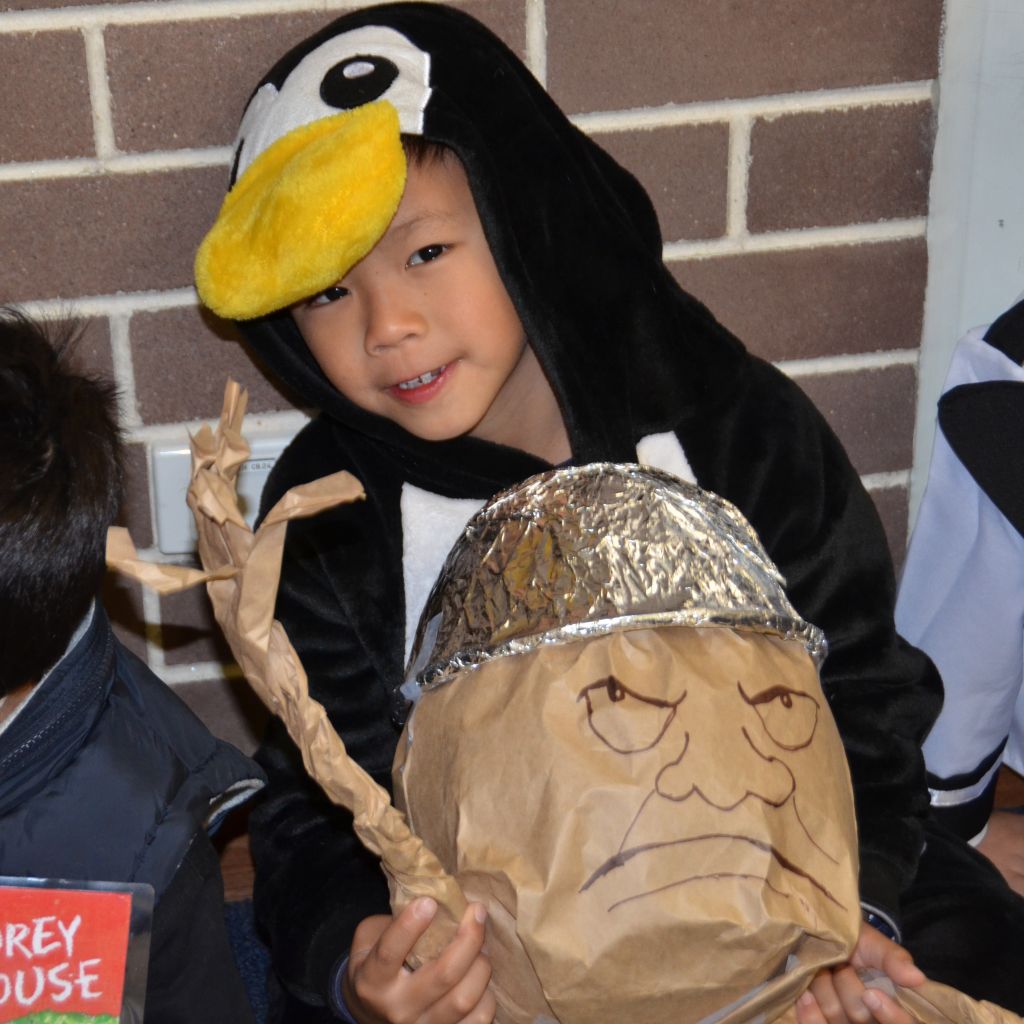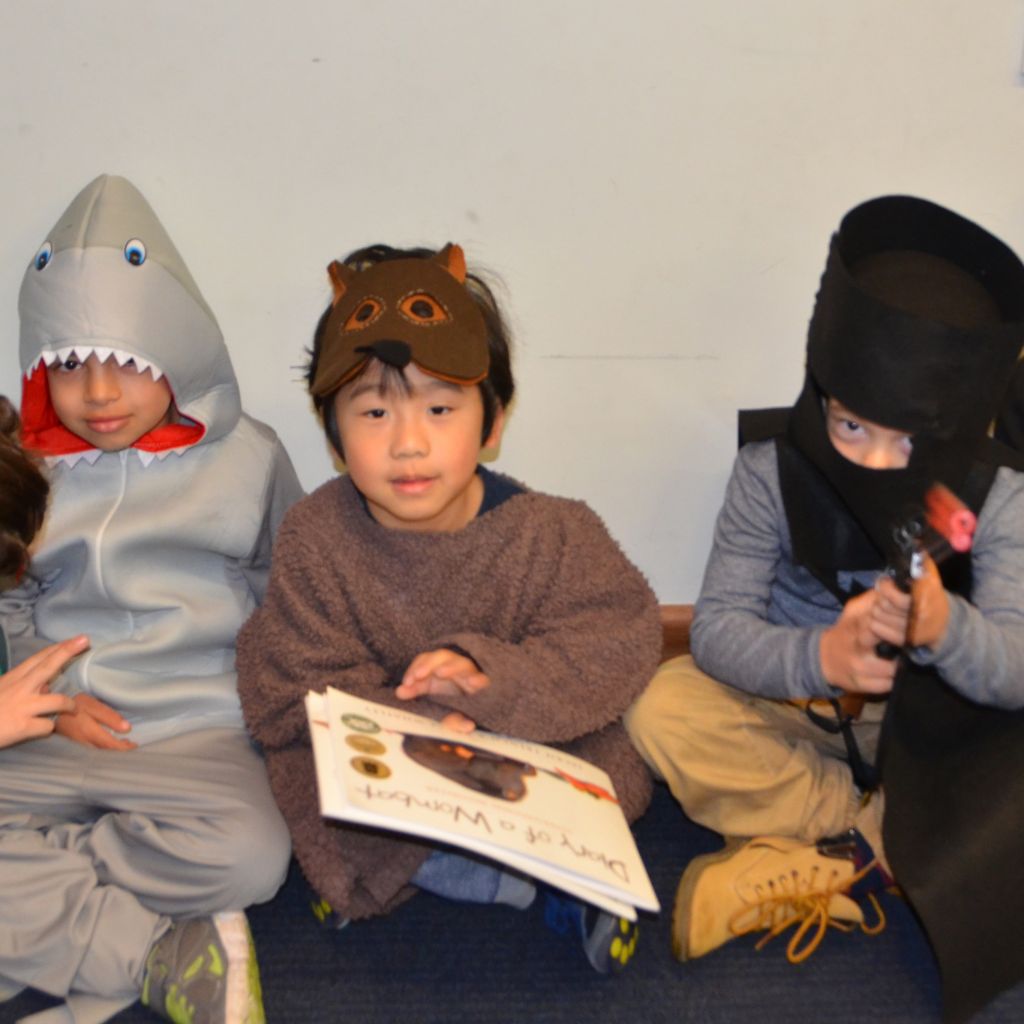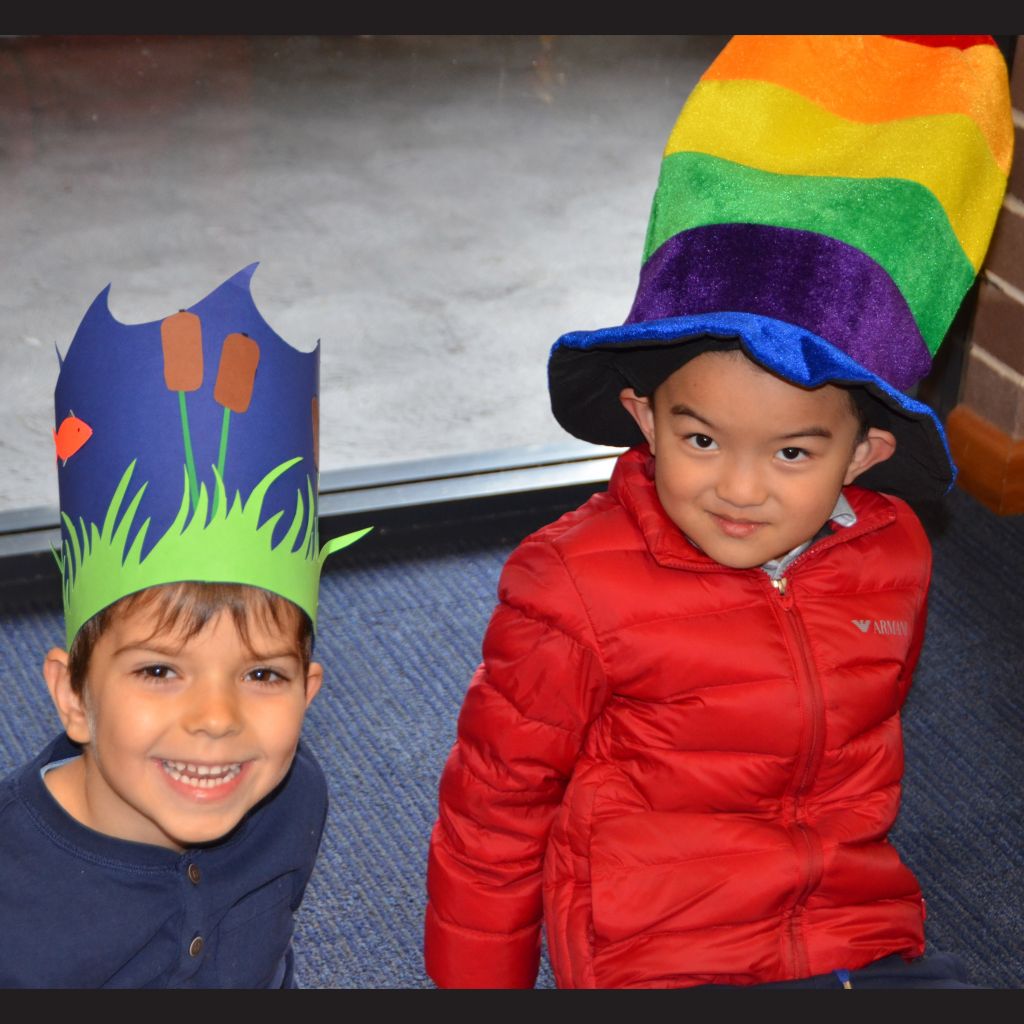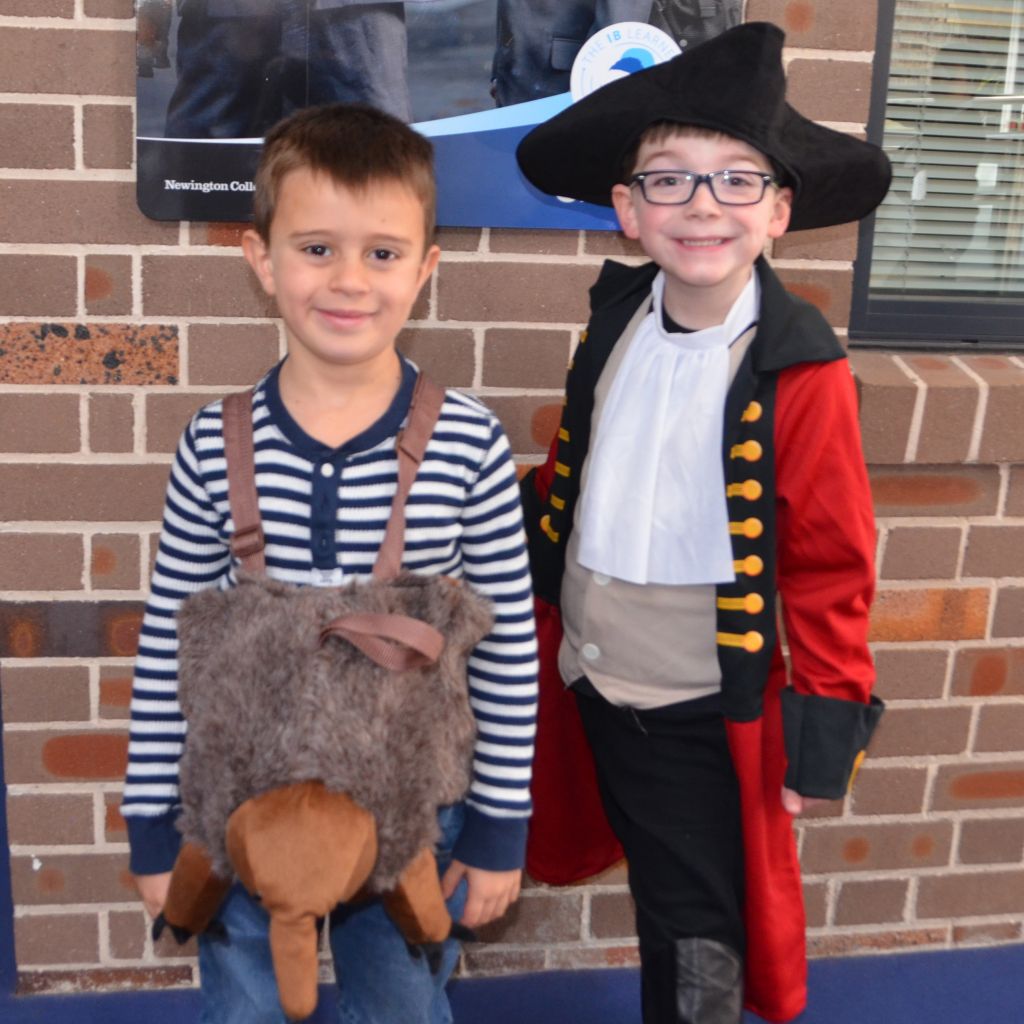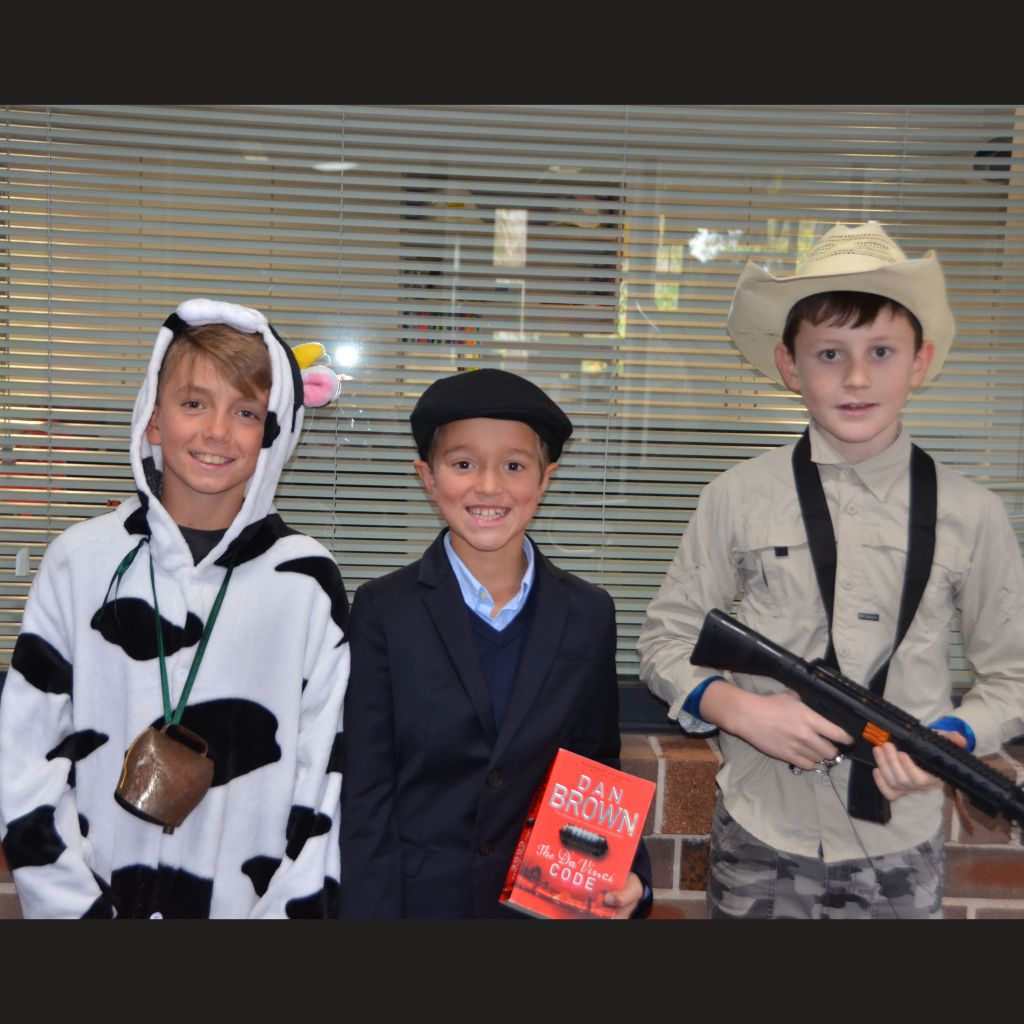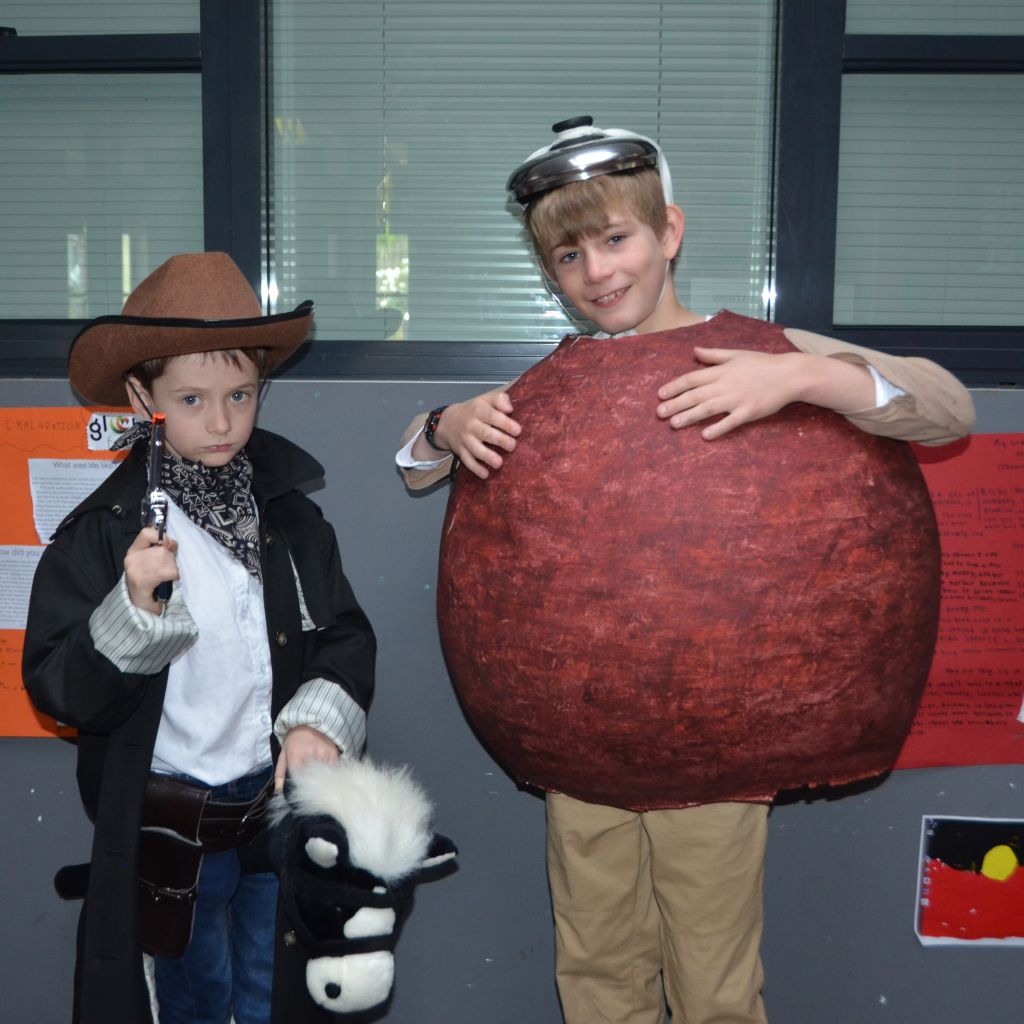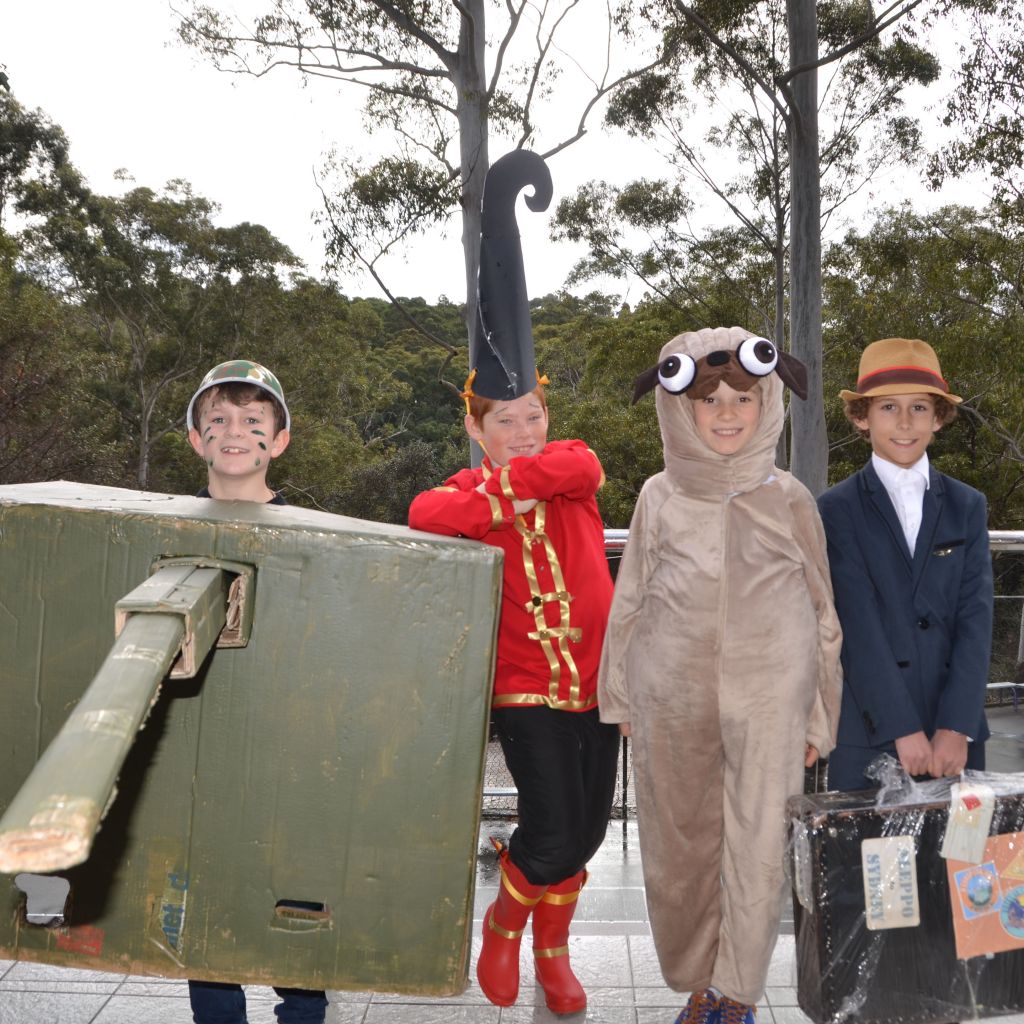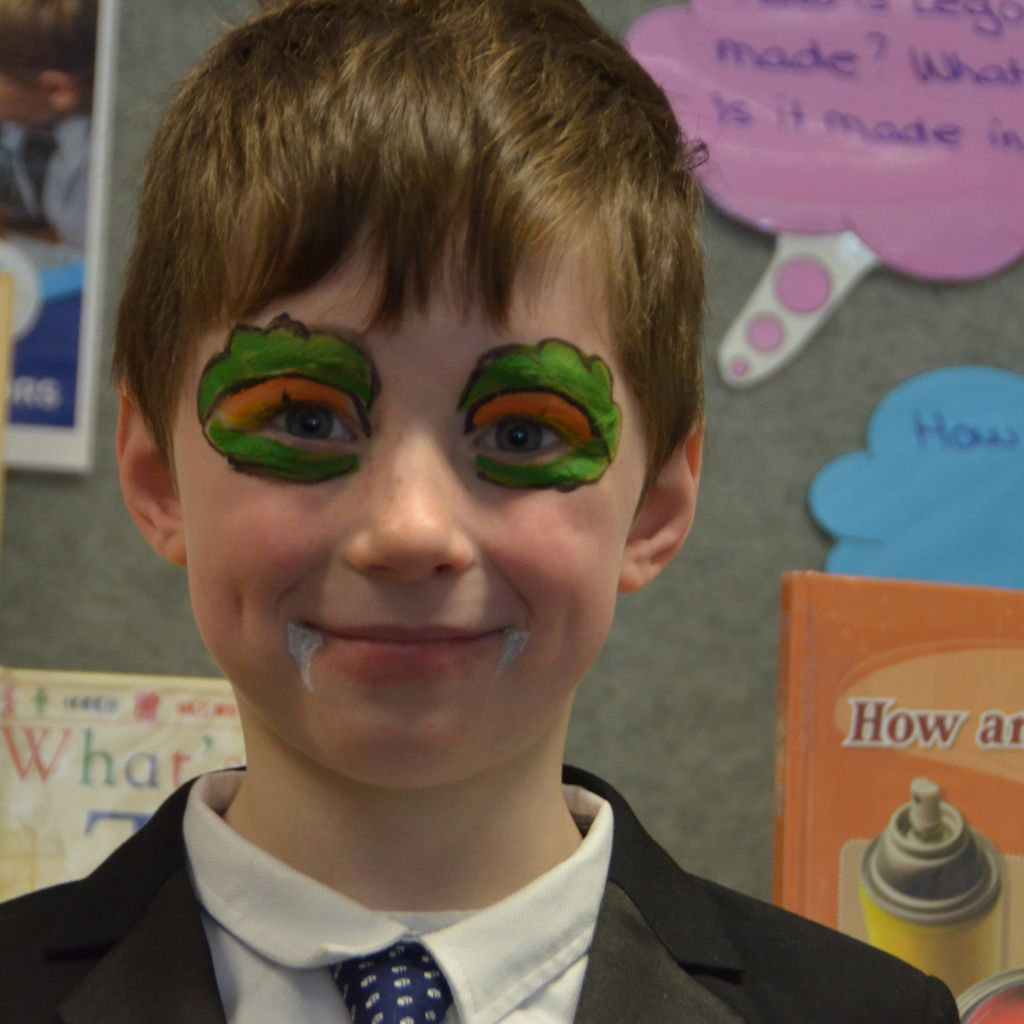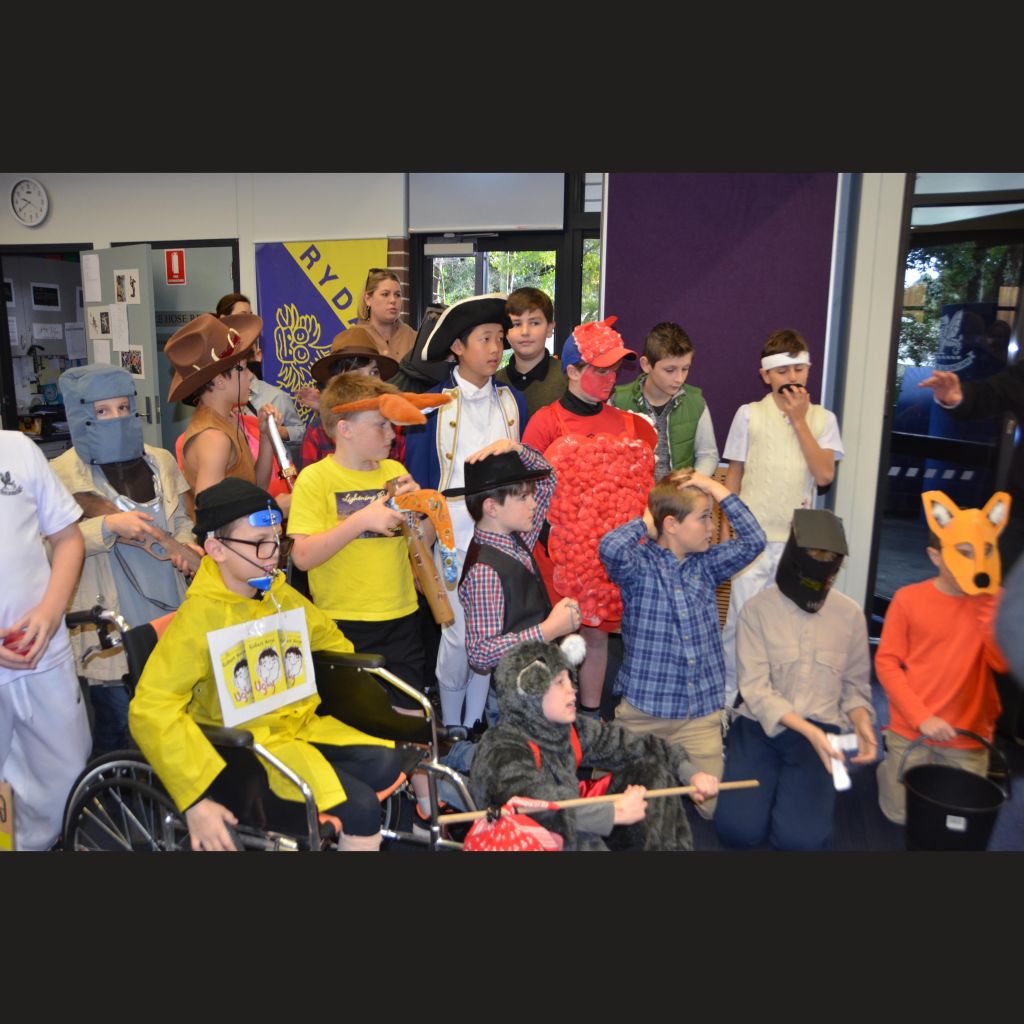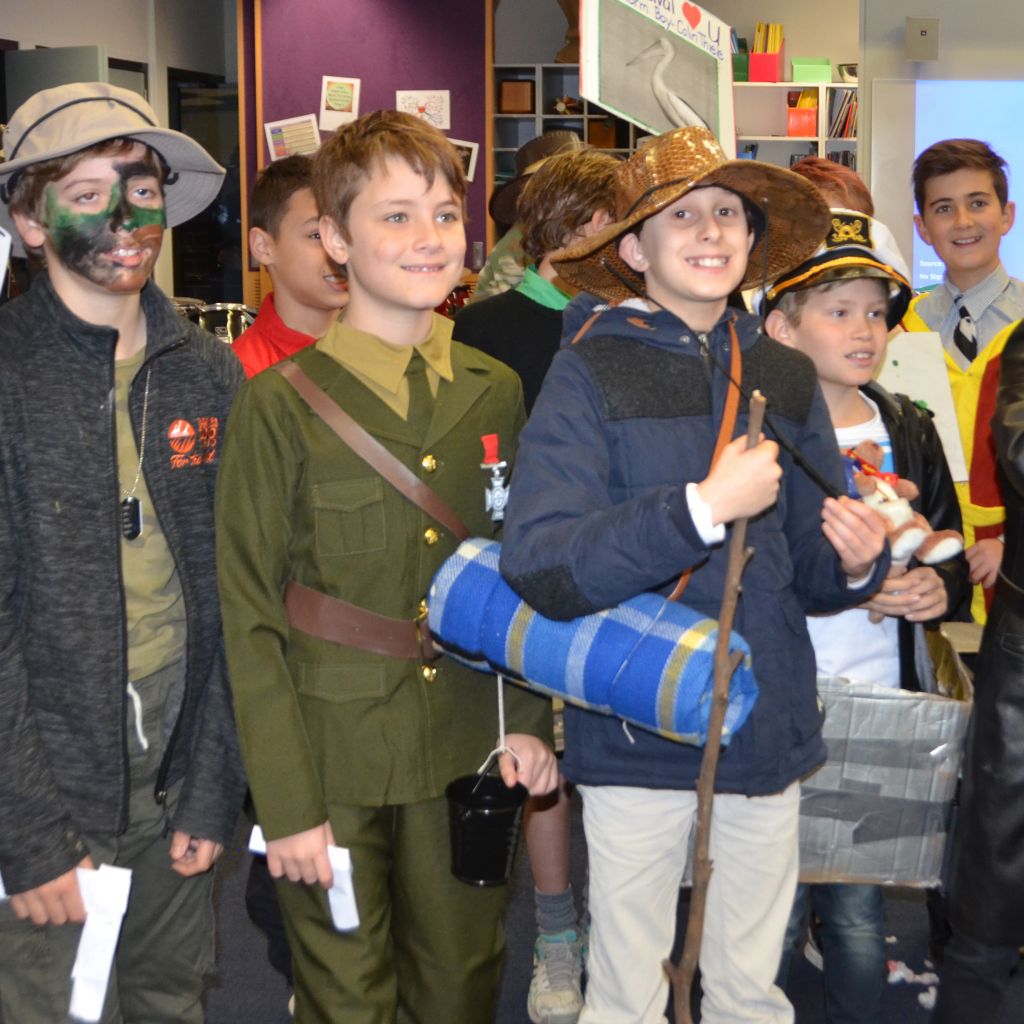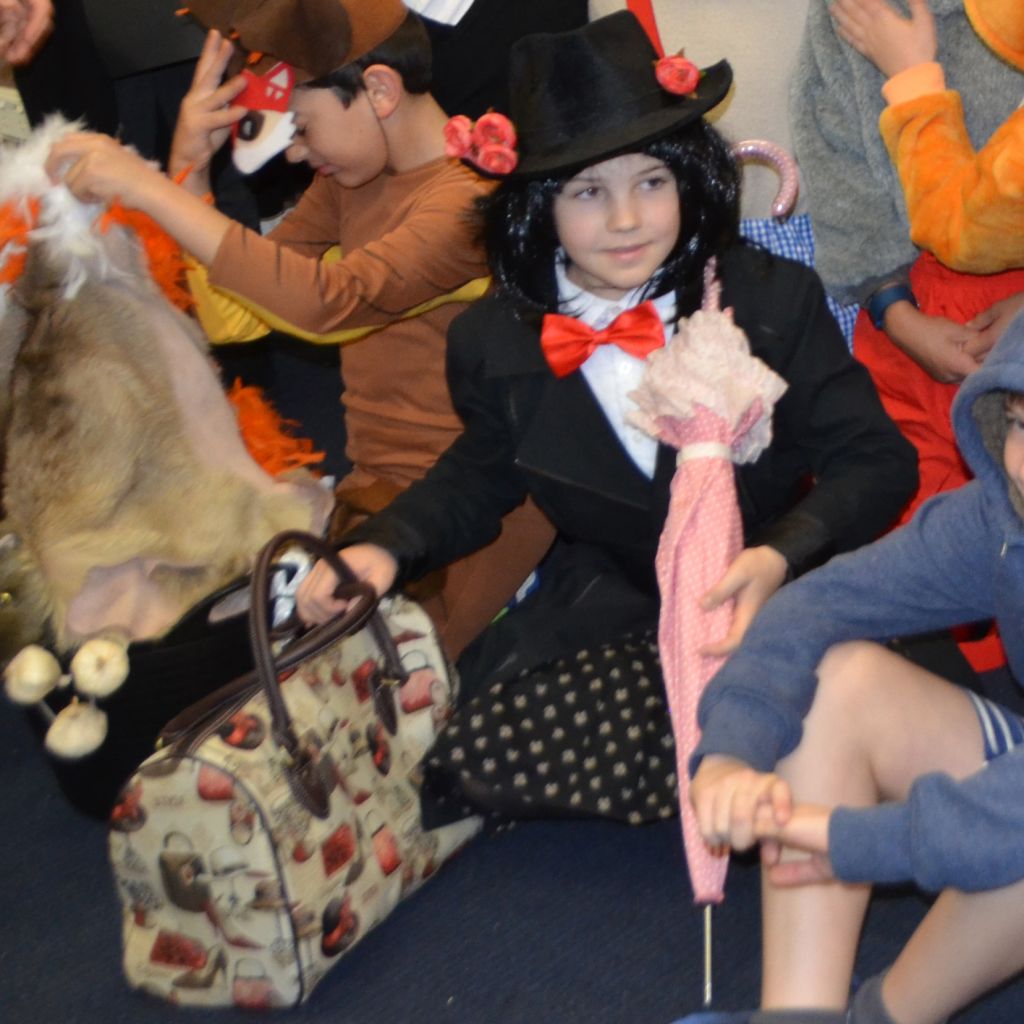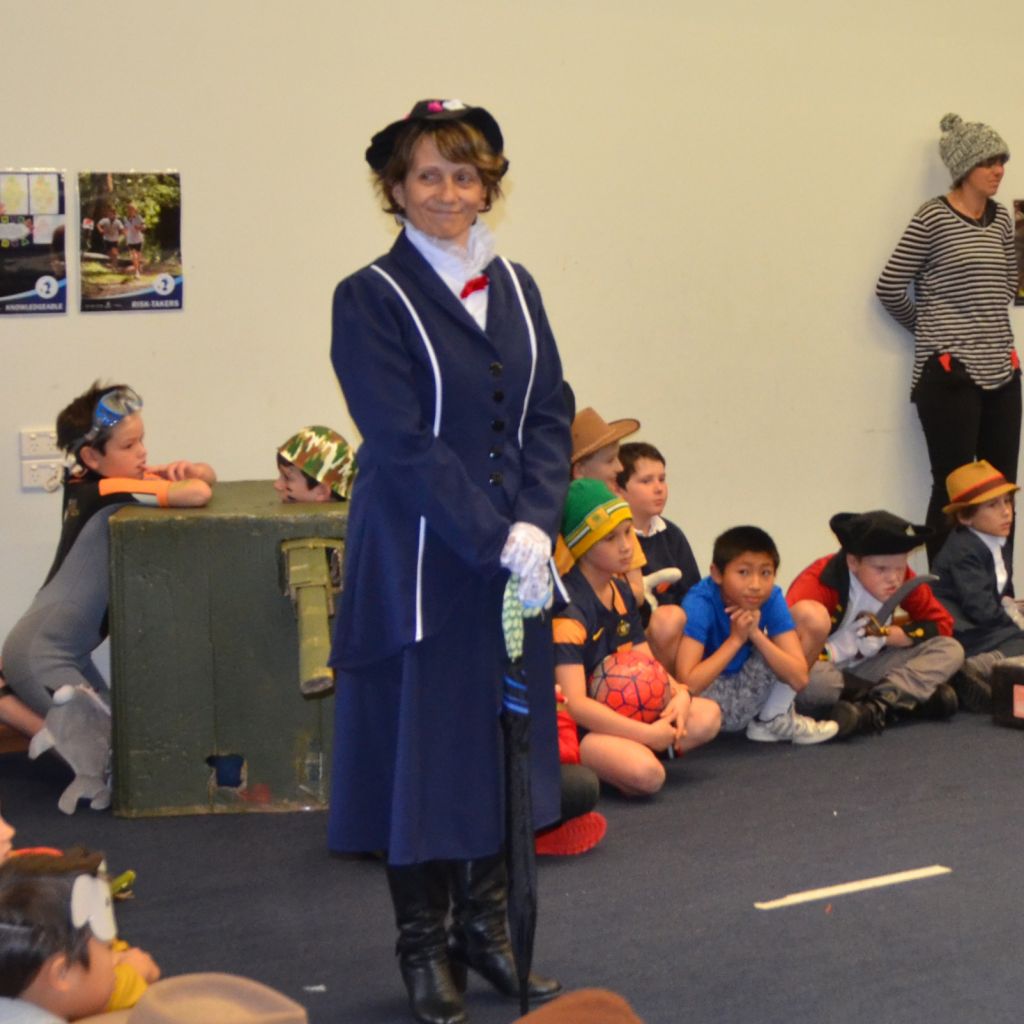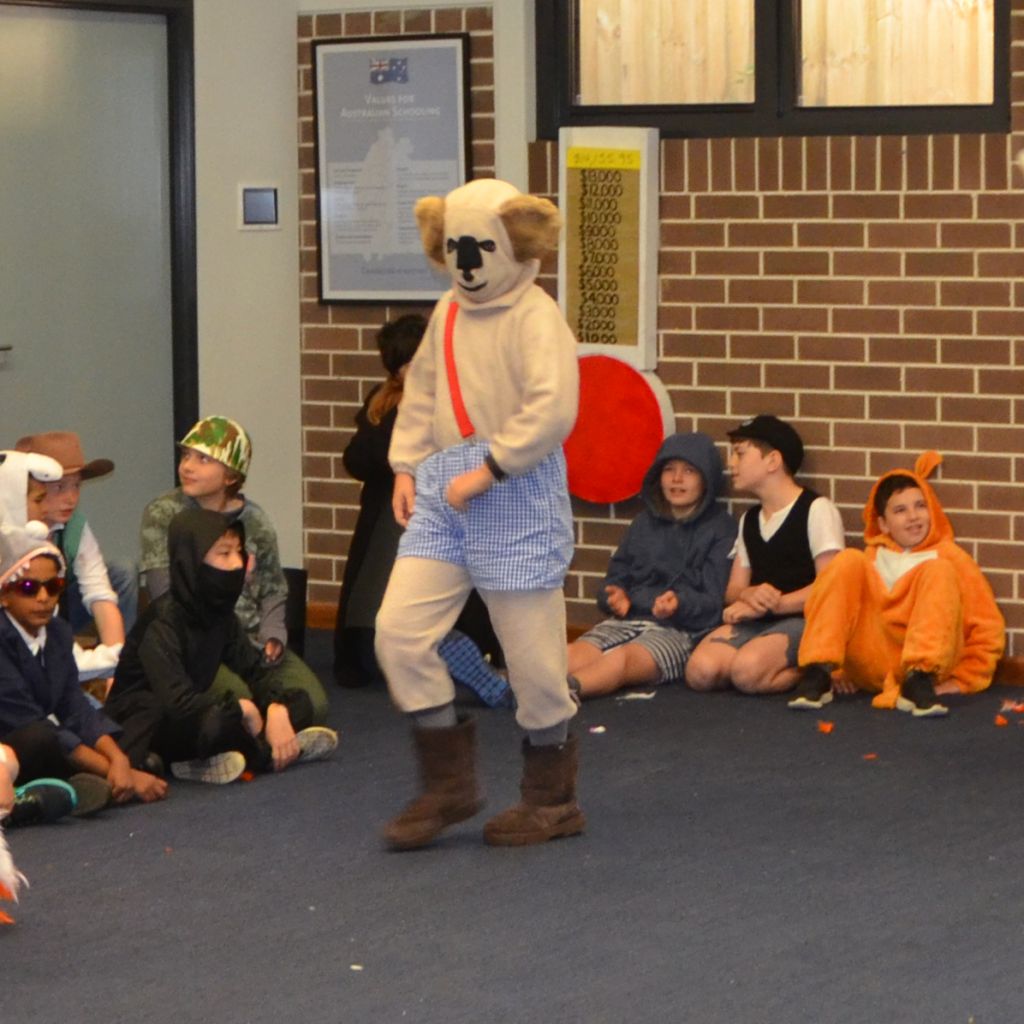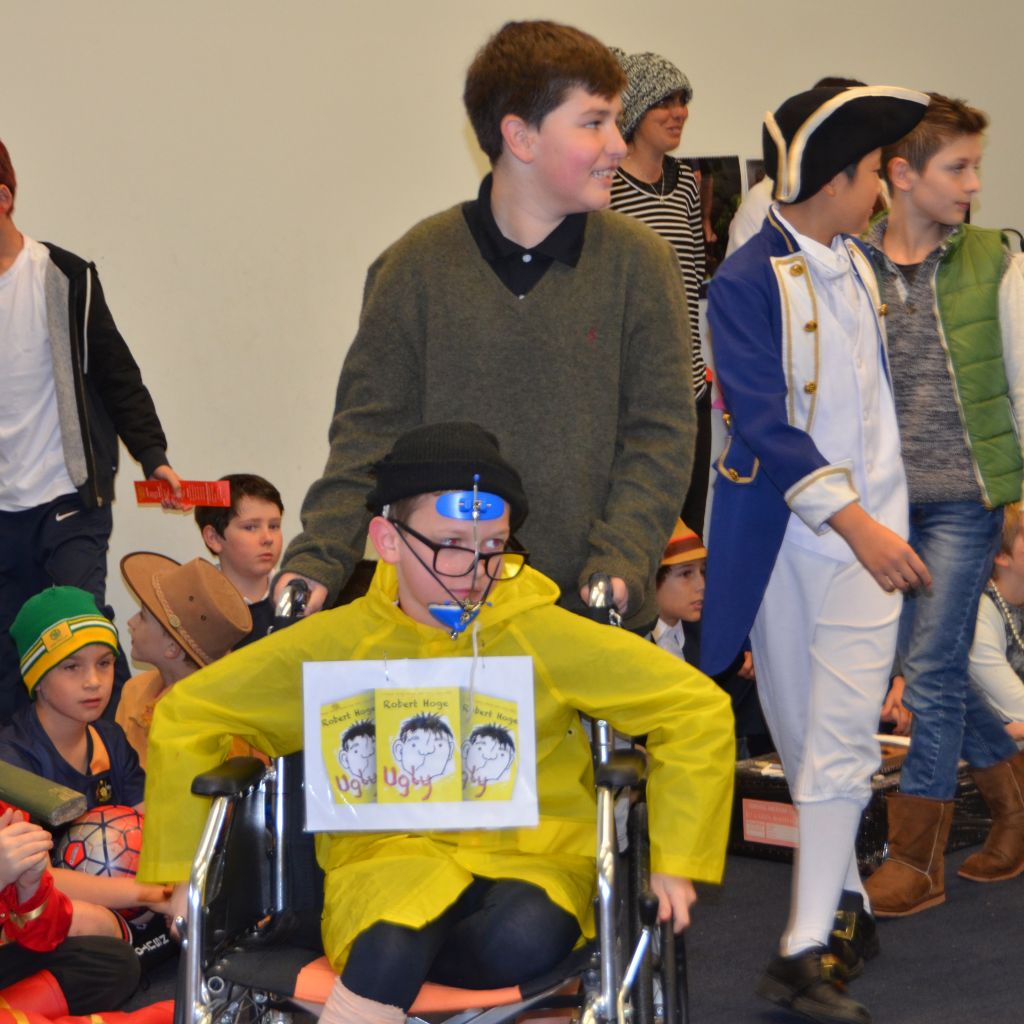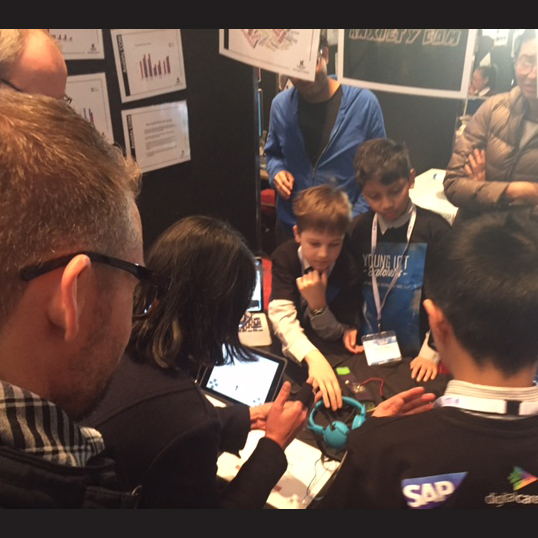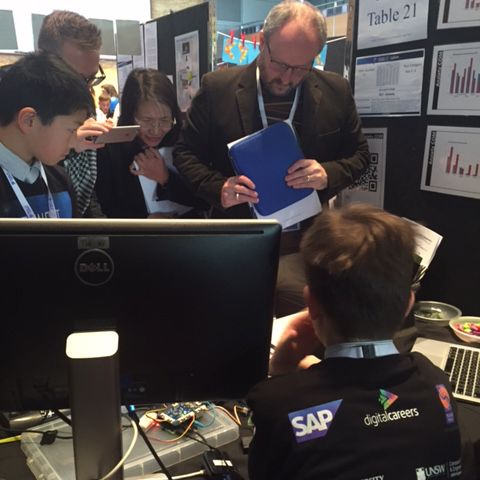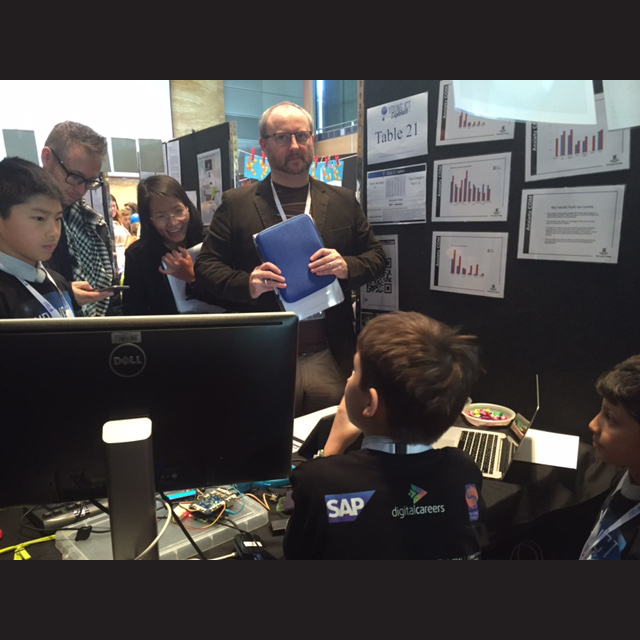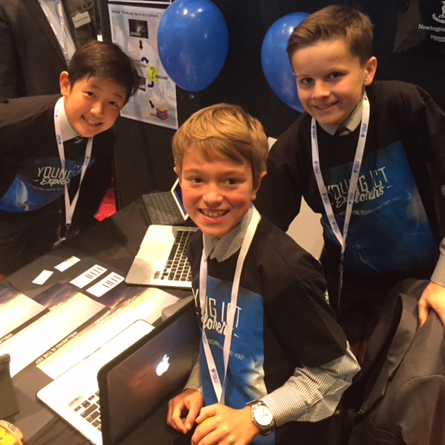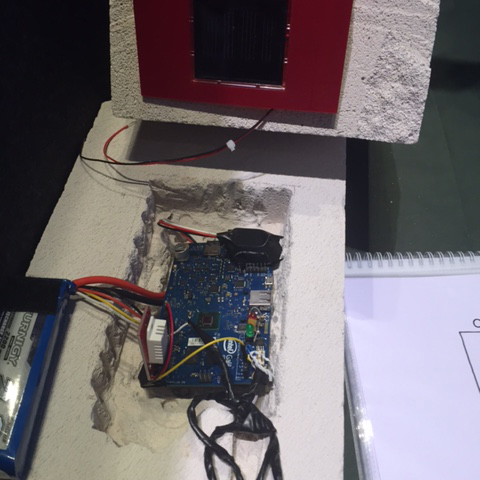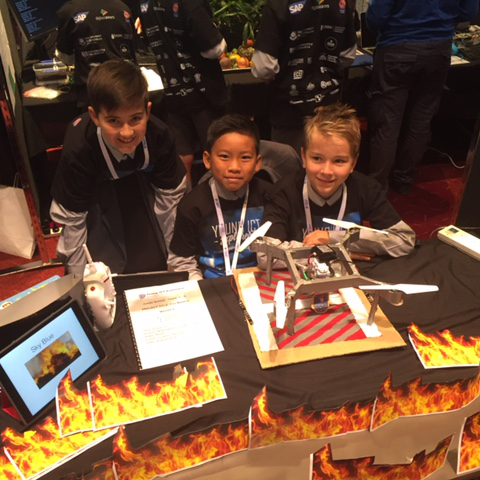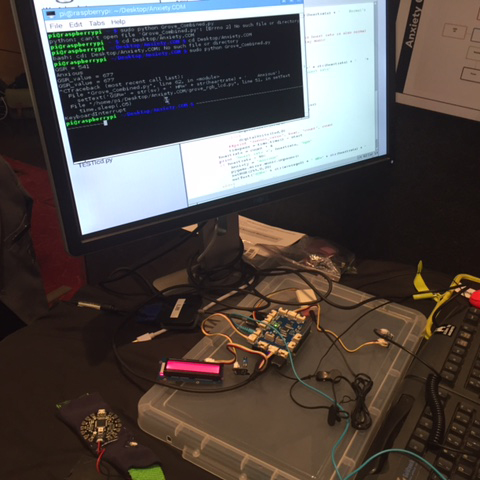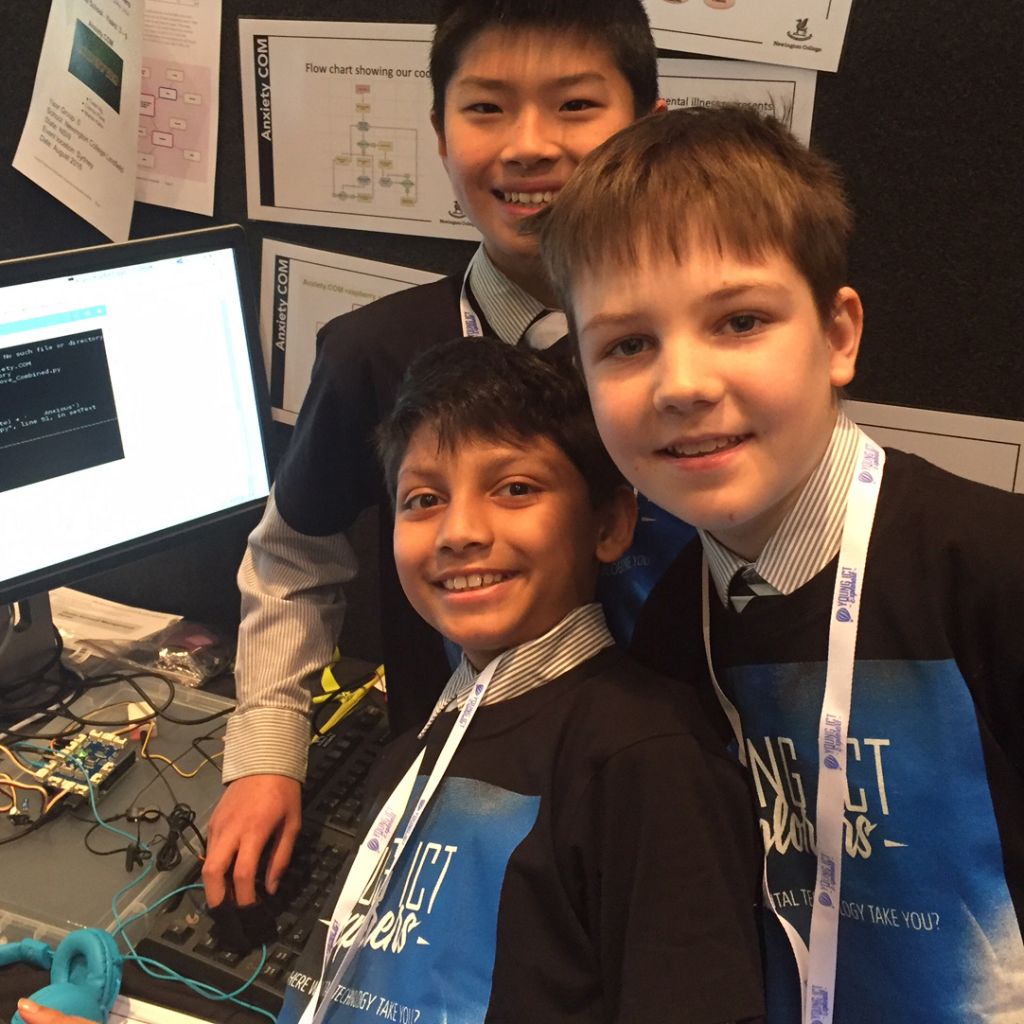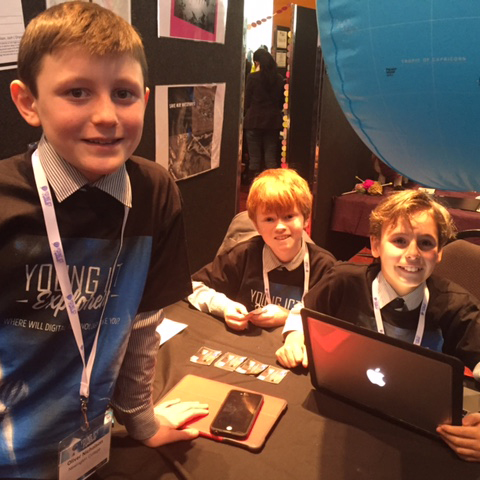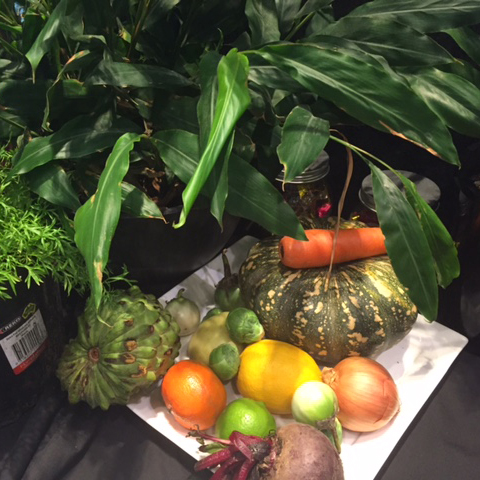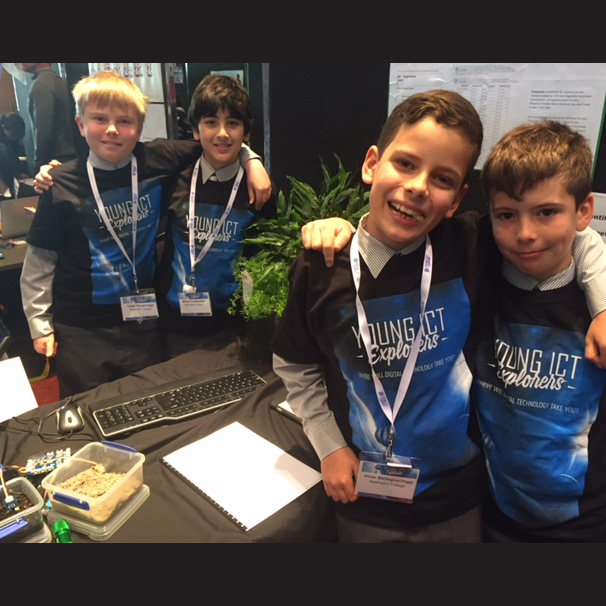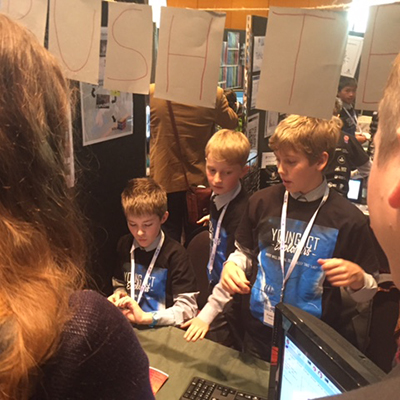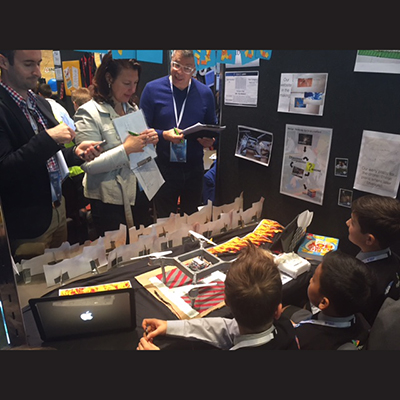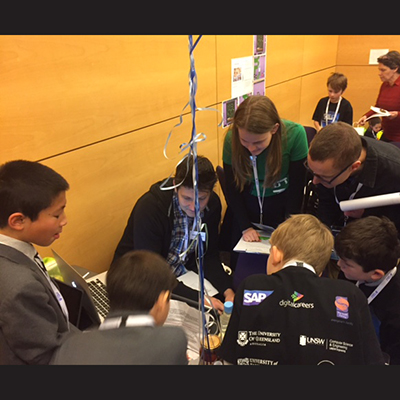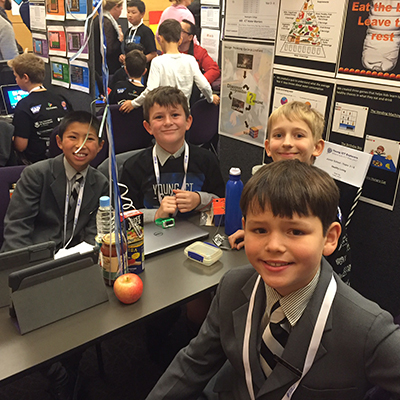A Message from the Head of Lindfield Campus
What is the measure of an effective school?
At Newington College Lindfield, we judge our effectiveness through the engagement of students, relationships with our parents and certain beliefs based in research and best practice about where effective schools focus time and energy.
Below are the elements of practice that are important in effective schools and how Lindfield is working to make these a reality.
Focus on Teaching and Learning
At Lindfield, there is a clear focus on purposeful teaching that is responsive to the learning needs of each student. In order to achieve responsive teaching, there is a strong emphasis on differentiation of instruction to allow all boys to access the curriculum. There is a high expectation of achievement for all learners and this is achieved through an emphasis on both higher order learning and a focus on basic literacy and numeracy skills. In order to know our impact on student learning, there is a continued focus on the collection and use of data. Effective assessment practices provide the information that enables the school to establish where students’ areas of strength and challenge lie and what needs to be taught to move them to the next level.
Learning Communities with Shared Vision and Goals
The core mission of the school to develop an ‘internationally respected education’ and to create ‘men of substance’ is clear and these core principles guide our work at the prep schools. In order to achieve our mission, we work in collaborative learning communities towards this common goal. There is a strong emphasis on collaborative learning partnerships between parents, teachers and boys. A team based approach to boys’ education is the most effective way to develop successful teacher practice and high levels of student achievement.
School Structures
Lindfield has very clear processes for performance and appraisal. This provides a common guaranteed experience for our boys and their learning. The schools emphasize a distributed leadership approach to empower all teachers to develop areas of expertise and a more effective learning environment for our boys.
Positive Learning Environment
At Lindfield, we strive to provide safe and secure learning environments. They focus on a pro-social behaviour model, with an emphasis on teaching desirable behaviour which is conducive to high levels of learning and achievement. There is also an emphasis on collaboration in the boys’ learning experiences. This is facilitated through purposeful, responsive teaching and the school’s continued focus on creating stimulating learning spaces.
Source – Levine, Daniel U. and Lawrence W. Lezotte Unusually Effective Schools: A Review and Analysis of Research and Practice. The National Center for Effective Schools Research & Development, Madison, WI 1990.
Ben Barrington-Higgs – Head of Lindfield Campus





